
In the electronics manufacturing industry, particularly in the ACF (Anisotropic Conductive Film) bonding process, a variety of testing machines and equipment are essential to ensure the quality and reliability of the final products. These machines play a crucial role in the production line, from initial material inspection to final product testing. Here is a comprehensive overview of the testing instruments and equipment used in ACF bonding processes:
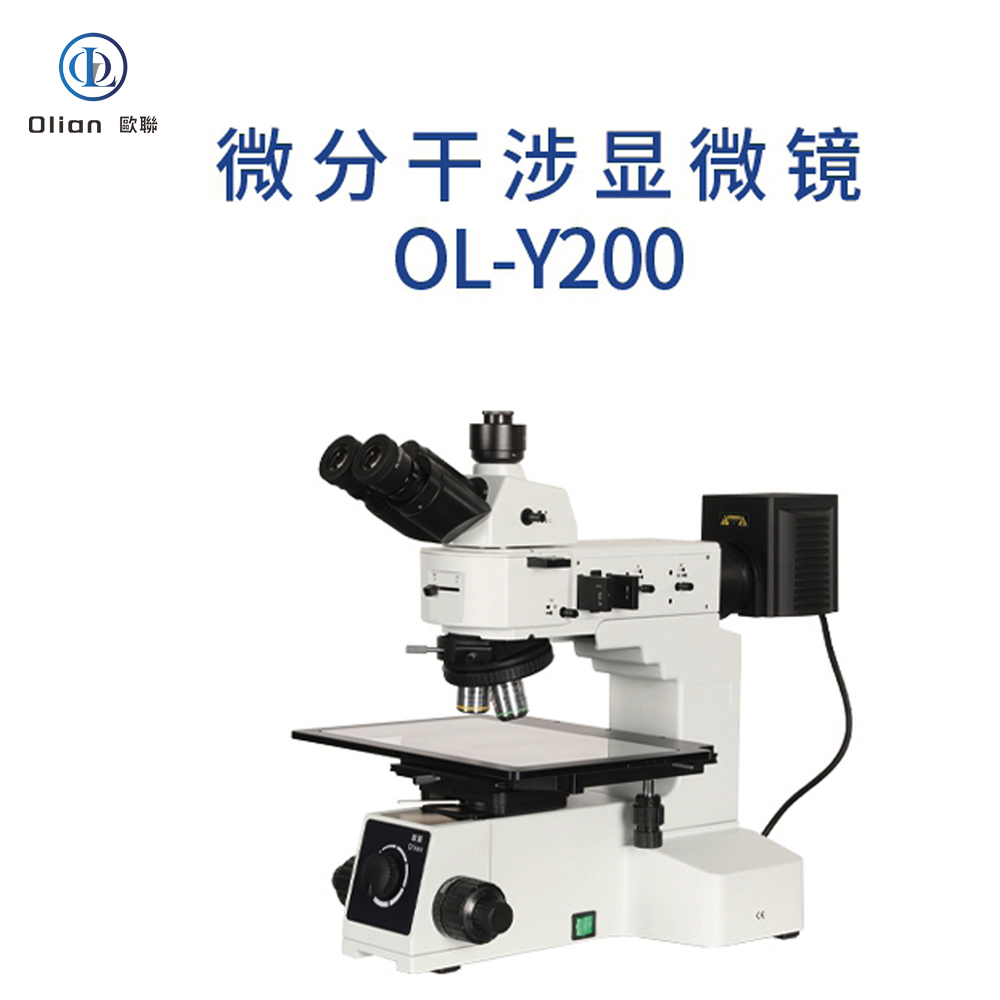
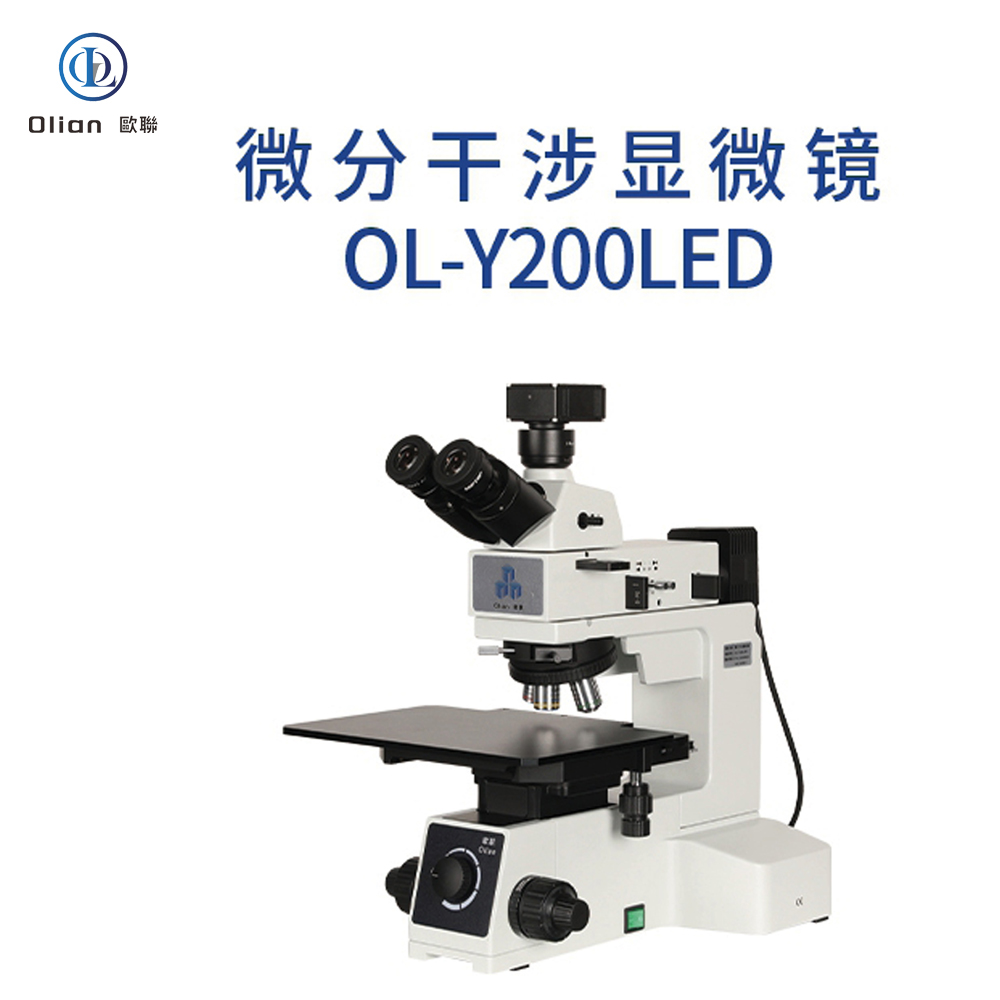
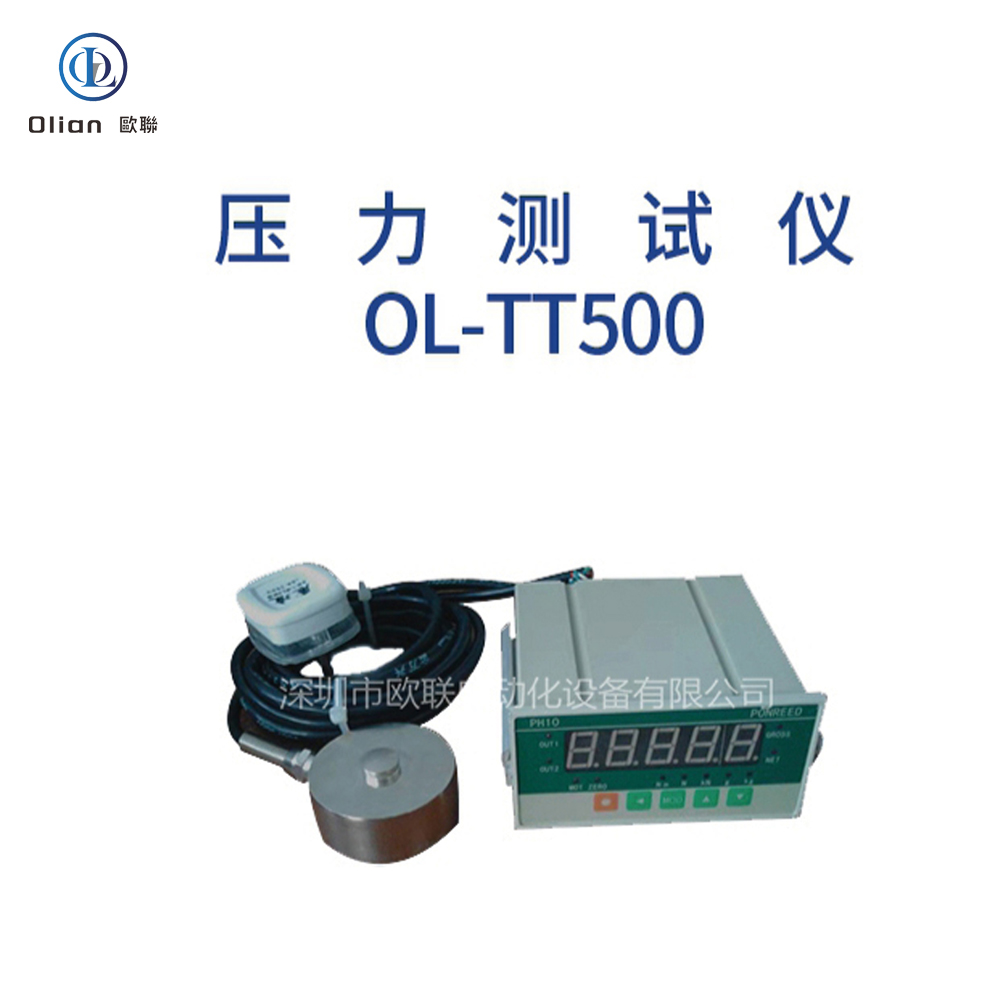
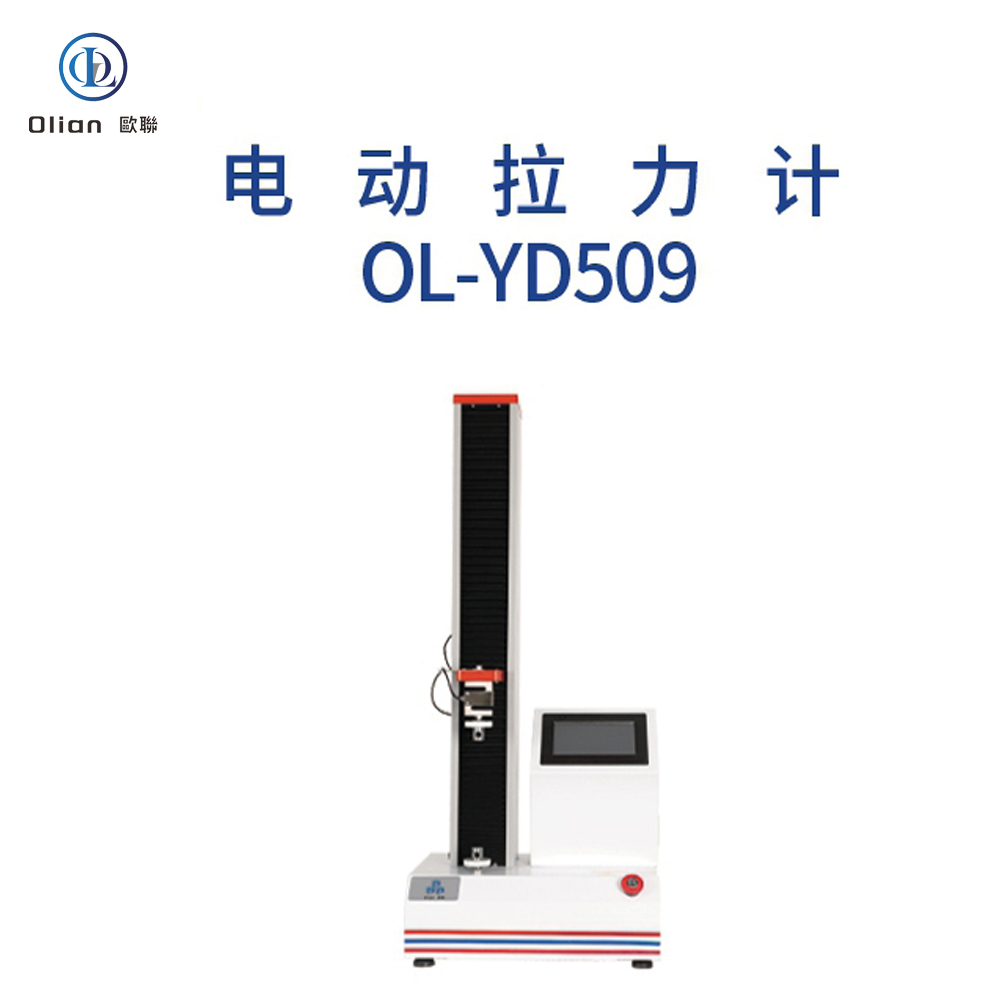

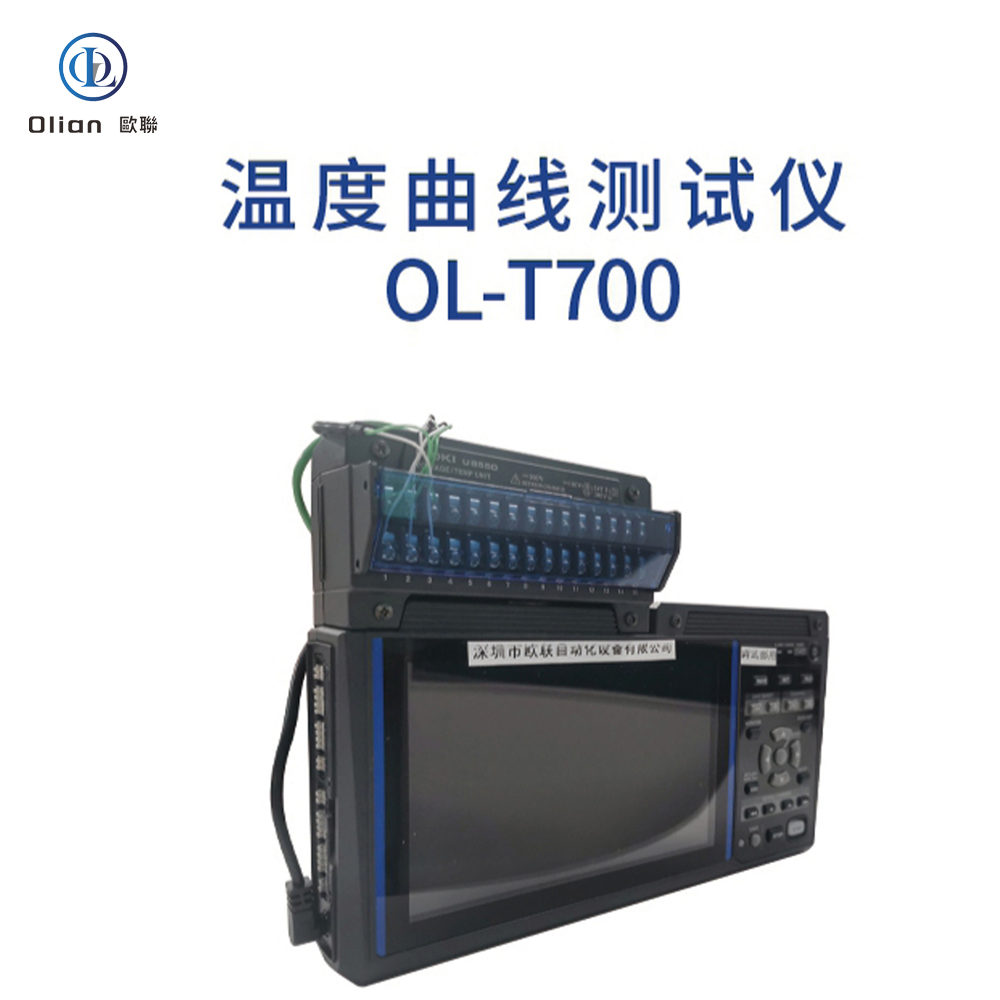
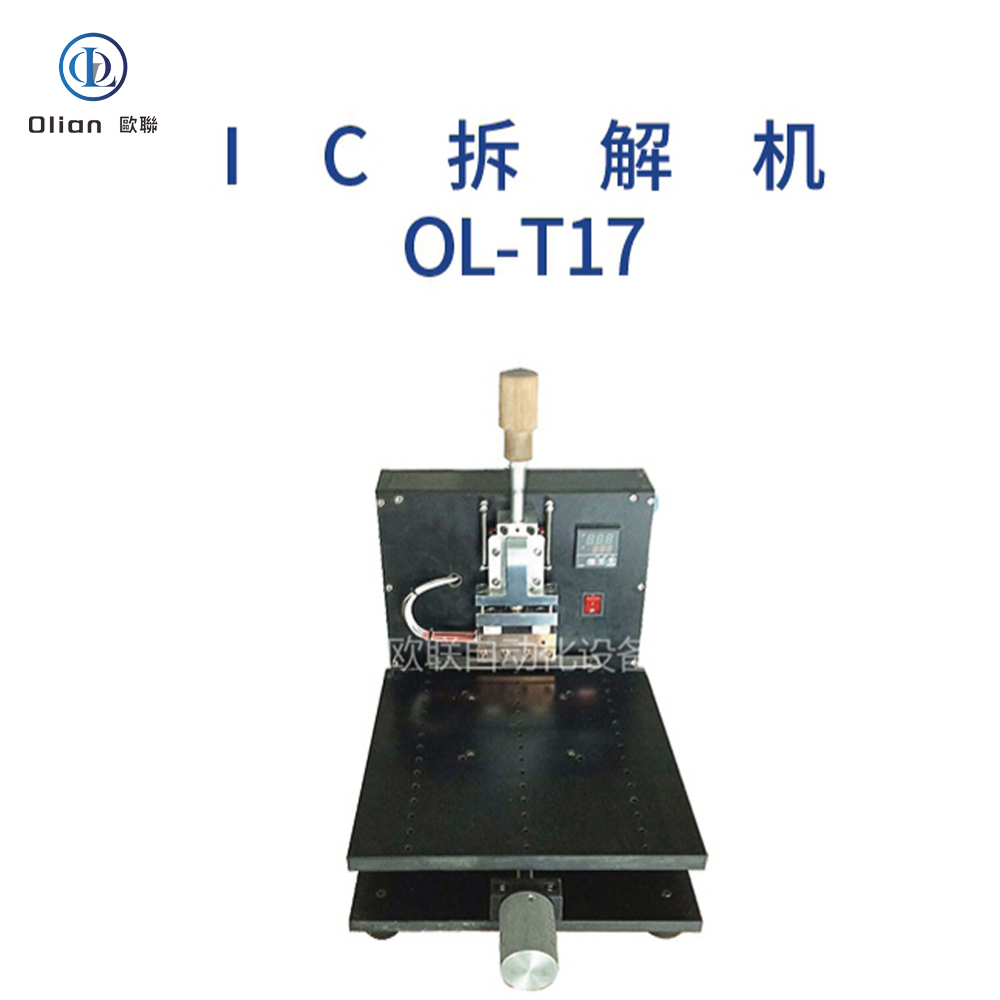
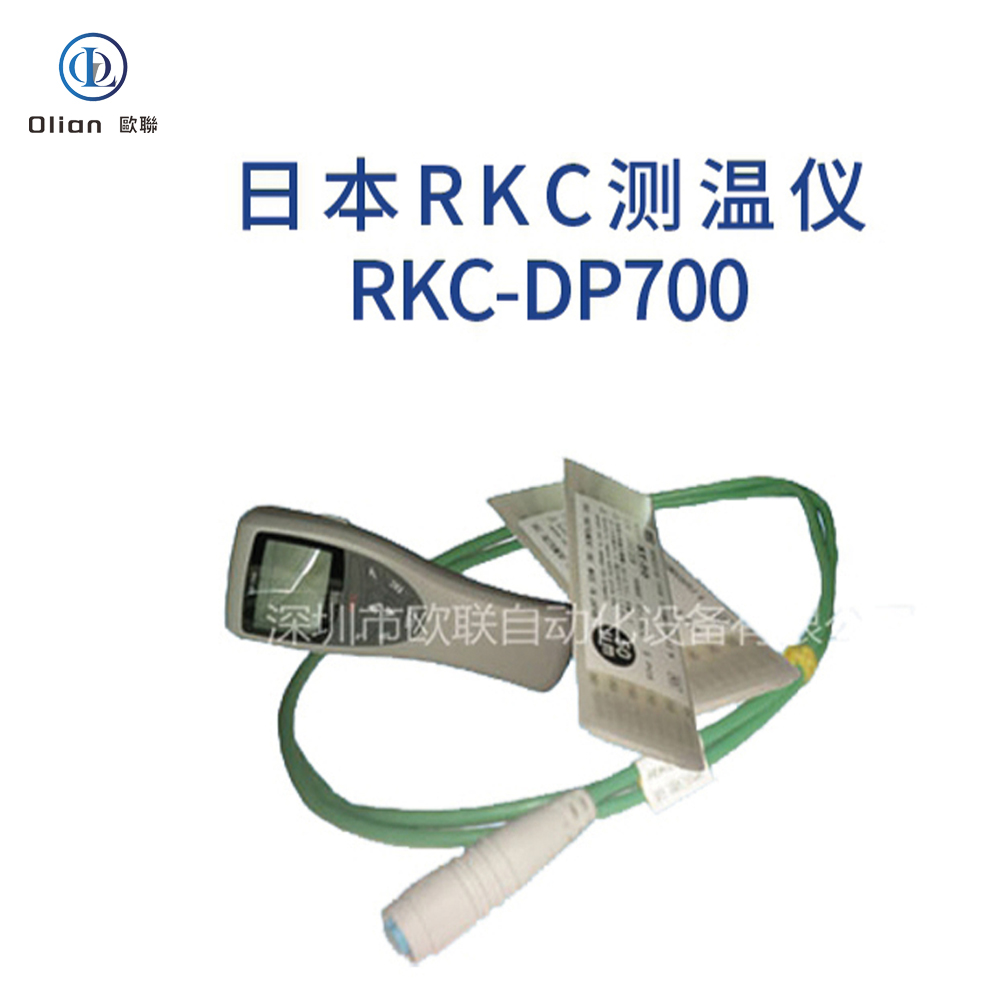
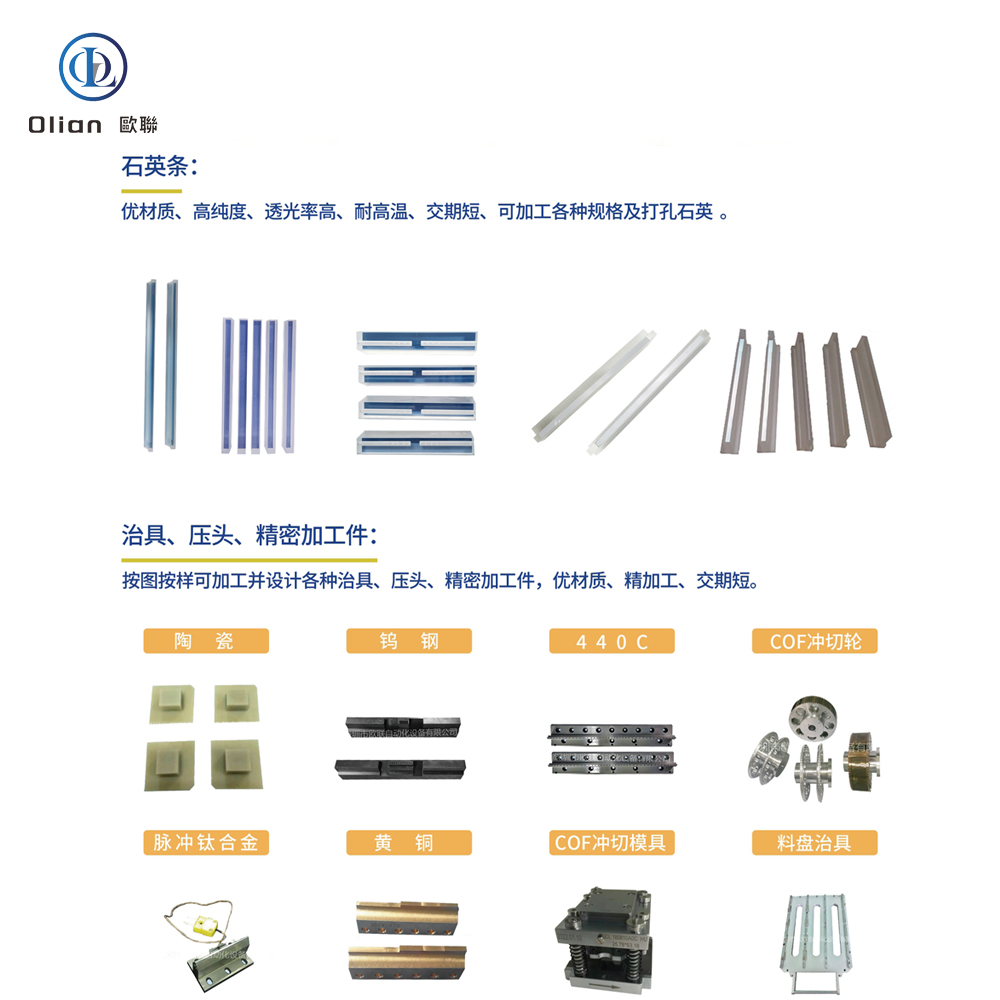
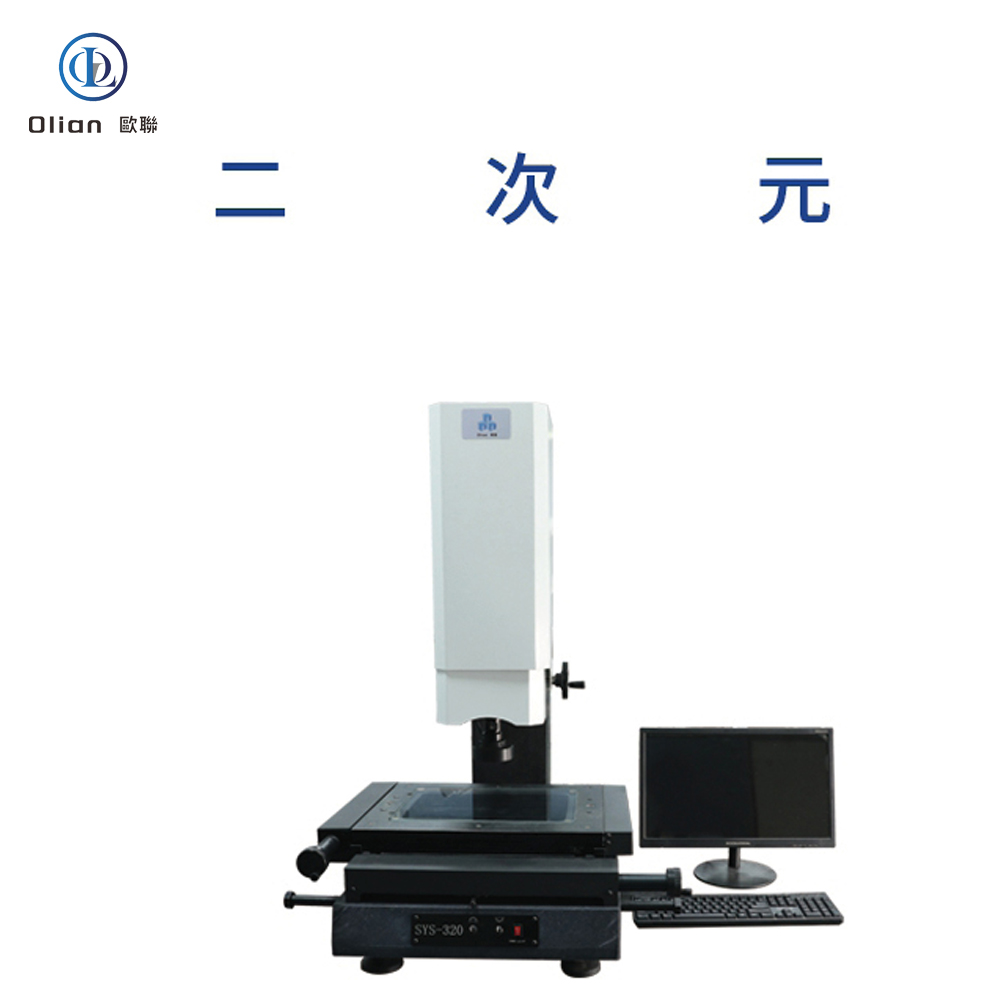
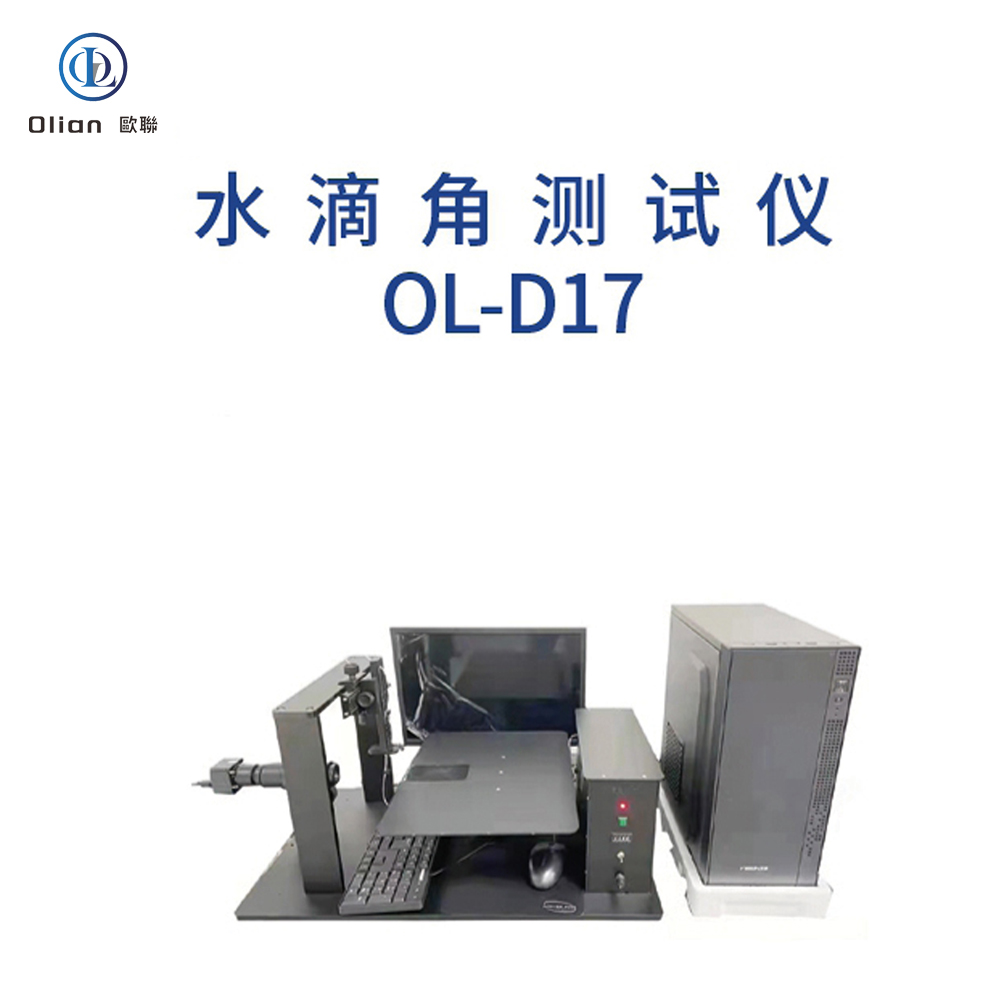
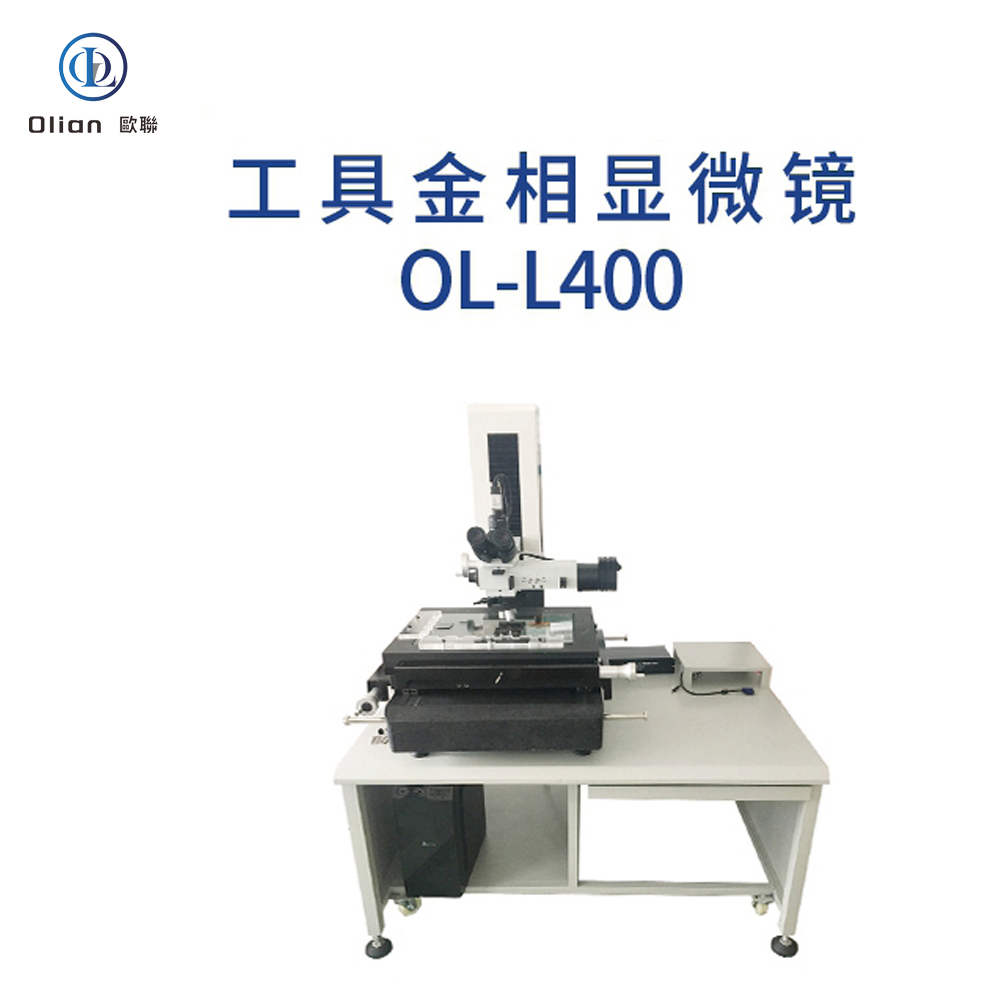
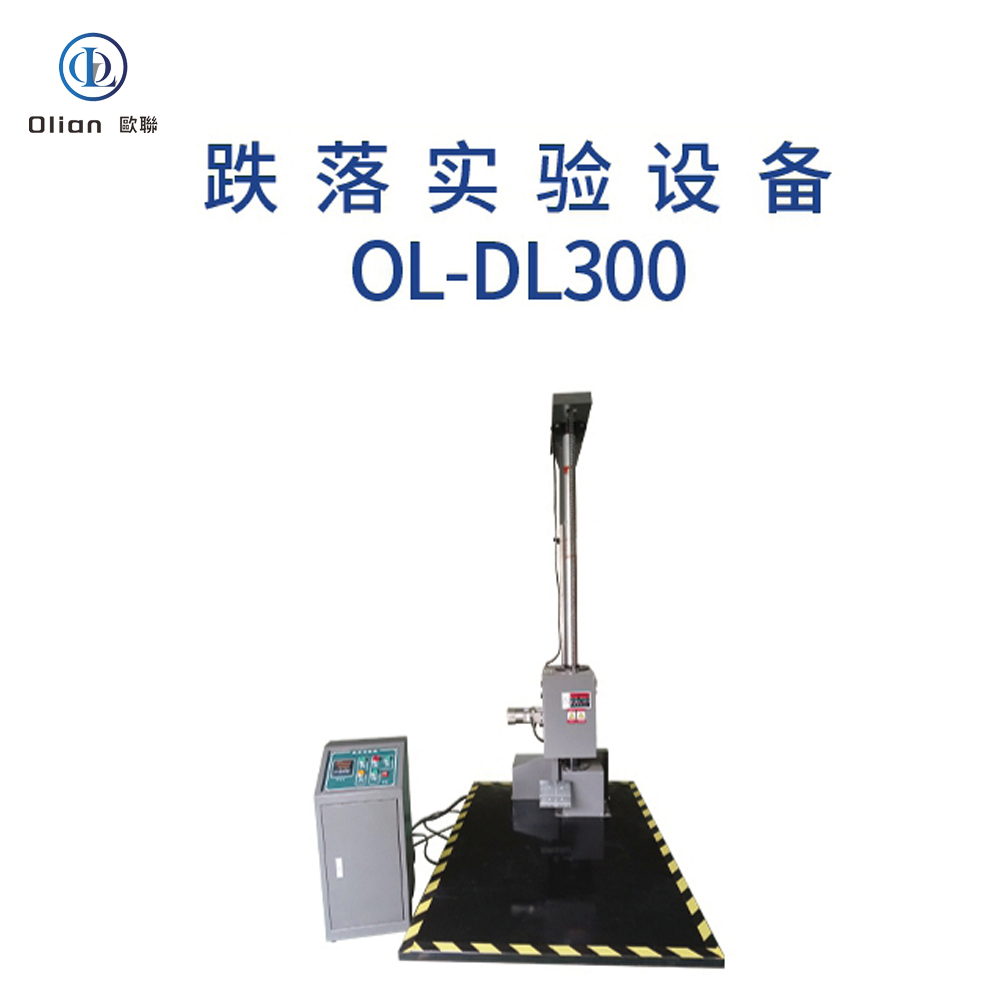

Interferometer Microscope: Interferometer microscopes are used to analyze the surface topography of materials with high precision. They are essential for inspecting the quality of ACF and the bonding surfaces of components. By using optical interference, these microscopes can detect minute surface irregularities that might affect the bonding process.
Metallographic Microscope: Metallographic microscopes are designed to examine the microstructure of metals and alloys. In the context of ACF bonding, they are used to analyze the metallurgical properties of the bonding sites. This helps in understanding the compatibility of the materials and the effectiveness of the bonding process.
Lens Inspection Microscope: Lens inspection microscopes are used to inspect and analyze optical components, such as the lenses used in display devices. They ensure that the optical properties of the components are maintained after the bonding process. High-resolution imaging helps in detecting any defects that might have occurred during bonding.
Tool Microscope: Tool microscopes are used for measuring and inspecting the dimensions and geometry of tools and mechanical parts. In ACF bonding, they are used to verify the alignment and precision of the bonding equipment. This ensures that the bonding process is accurate and consistent.
Temperature Testing Instrument: Temperature testing instruments are crucial for monitoring and controlling the temperature during the ACF bonding process. They ensure that the bonding temperature is maintained within the specified range, which is critical for the quality of the bond. These instruments can be contact or non-contact types, providing real-time temperature data.
Temperature Curve Testing Instrument: Temperature curve testing instruments measure and record temperature changes over time. They are used to analyze the thermal behavior of the bonding process and to optimize the temperature profile. This helps in achieving a consistent and reliable bond quality.
Pressure Testing Device: Pressure testing devices are used to measure and control the pressure applied during the ACF bonding process. They ensure that the pressure is uniform and within the specified limits, which is essential for a strong and durable bond. These devices can handle a wide range of pressures and provide precise control.
Tensile Testing Machine: Tensile testing machines are used to measure the tensile strength of the bonds created by the ACF process. They apply tensile force to the bonded components and measure the response. This helps in determining the mechanical strength of the bonds and ensuring that they can withstand the required forces.
High Temperature High Humidity Testing Chamber: These chambers simulate high temperature and high humidity conditions to test the adaptability and reliability of the bonded products. They are used to evaluate the long-term performance of the products under extreme environmental conditions.
Cold Hot Shock Testing Chamber: Cold hot shock testing chambers rapidly change the temperature to simulate extreme temperature variations. They are used to test the thermal shock resistance of the bonded products, ensuring that they can withstand rapid temperature changes without failure.
Salt Spray Testing Chamber: Salt spray testing chambers simulate a corrosive environment to test the corrosion resistance of the bonded products. This is particularly important for products that will be used in harsh environments, such as automotive and marine applications.
2D Measuring Instrument: 2D measuring instruments use optical imaging and image processing to measure two-dimensional dimensions with high precision. They are used to verify the dimensional accuracy of the components before and after the bonding process. This ensures that the components meet the required specifications.
Contact Angle Meter: Contact angle meters measure the contact angle of a liquid on a solid surface, providing information about surface wettability and adhesion. In ACF bonding, they are used to evaluate the surface properties of the bonding sites, ensuring that the ACF can adhere properly.
Drop Tester: Drop testers simulate the impact of dropping products to test their durability and shock resistance. They are used to ensure that the bonded products can withstand accidental drops during handling and transportation.
Vibration Testing Machine: Vibration testing machines simulate various vibration conditions to test the vibration resistance and reliability of the bonded products. They are used to ensure that the products can operate reliably in vibrating environments, such as in automotive and aerospace applications.
IC Disassembly Machine: IC disassembly machines are used to carefully remove integrated circuits (ICs) from their substrates without causing damage. This is crucial for repair and rework processes in the electronics industry.
IC Removal Machine: IC removal machines are designed to safely and efficiently remove ICs from printed circuit boards (PCBs). They are essential for maintaining the integrity of the board and the components during the repair process.
ACF Cutting Machine: ACF cutting machines are used to cut the ACF tape to the required length and shape. These machines ensure that the ACF tape is accurately cut and positioned for the bonding process.
ACF Bonding Machine: ACF bonding machines are used to bond the ACF tape to the substrates (LCD, PCB, Flex, COF, IC Chip, FPC, etc.) using appropriate temperature, pressure, and time. These machines are available in various configurations, including constant heat systems and pulse heat systems, to meet different bonding requirements.
ACF Pre-Bonding Machine: ACF pre-bonding machines are used to pre-bond ICs or COF on the panel that has been attached to the ACF. The pick and place of the panel is achieved manually, and the pre-alignment is automatically completed by the equipment.
ACF Final Bonding Machine: ACF final bonding machines perform the main bonding on the LCD glass with IC, cable, or COF pre-pressed. The operator manually loads and unloads the products, while the ACF bonding is automatically performed by the machine.
Top-Bottom Alignment Bonding Machine: Top-bottom alignment bonding machines are used to bond FPC/Zebra paper on the PCB/Glass with the ACF attached. The pick and place and alignment of the PCB/Panel are done manually, and the ACF bonding is done automatically. These machines are suitable for 1″ to 12″ flat glass and flexible screen products bonding.
A fully automatic ACF bonding line includes multiple machines working together to automate the entire bonding process. This includes substrates loading machines, terminal cleaning machines, fully automatic COG/COF/COP bonding machines, and fully automatic COF punching machines.
In conclusion, the ACF bonding process relies on a suite of sophisticated testing machines and equipment to ensure the quality and reliability of the final products. Each type of testing equipment plays a critical role in different stages of the production process, from initial material inspection to final product testing. By using these machines, manufacturers can optimize their processes, reduce defects, and ensure that their products meet the highest standards of quality and performance.
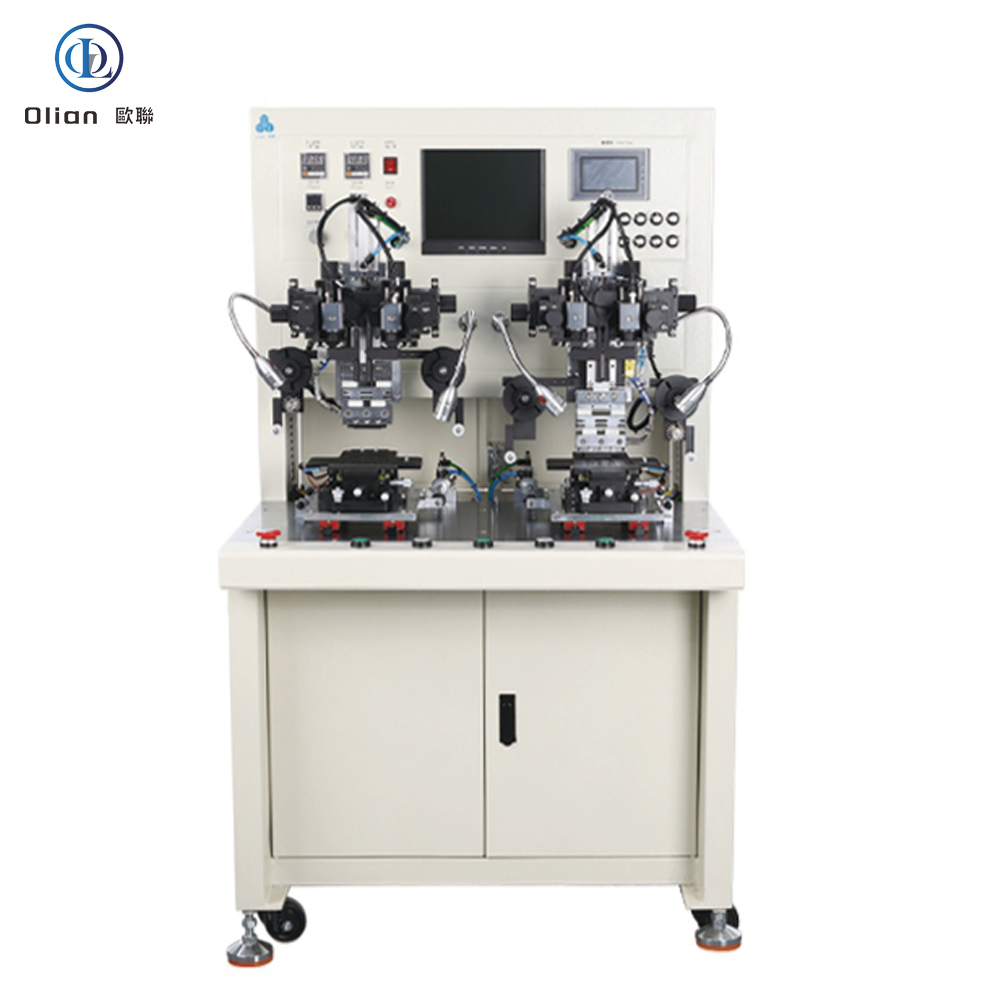
FOG FOP FOF FOB T-FOG FPC Flex Cable Bonding Machine are essential in the manufacturing of electronic devices, particularly for attaching flexible printed circuits (FPCs) or flexible flat cables (FFCs) to various substrates. These machines ensure a seamless and robust connection between the flexible cable and the electronic components, playing a crucial role in the production of devices like smartphones, tablets, and automotive displays.
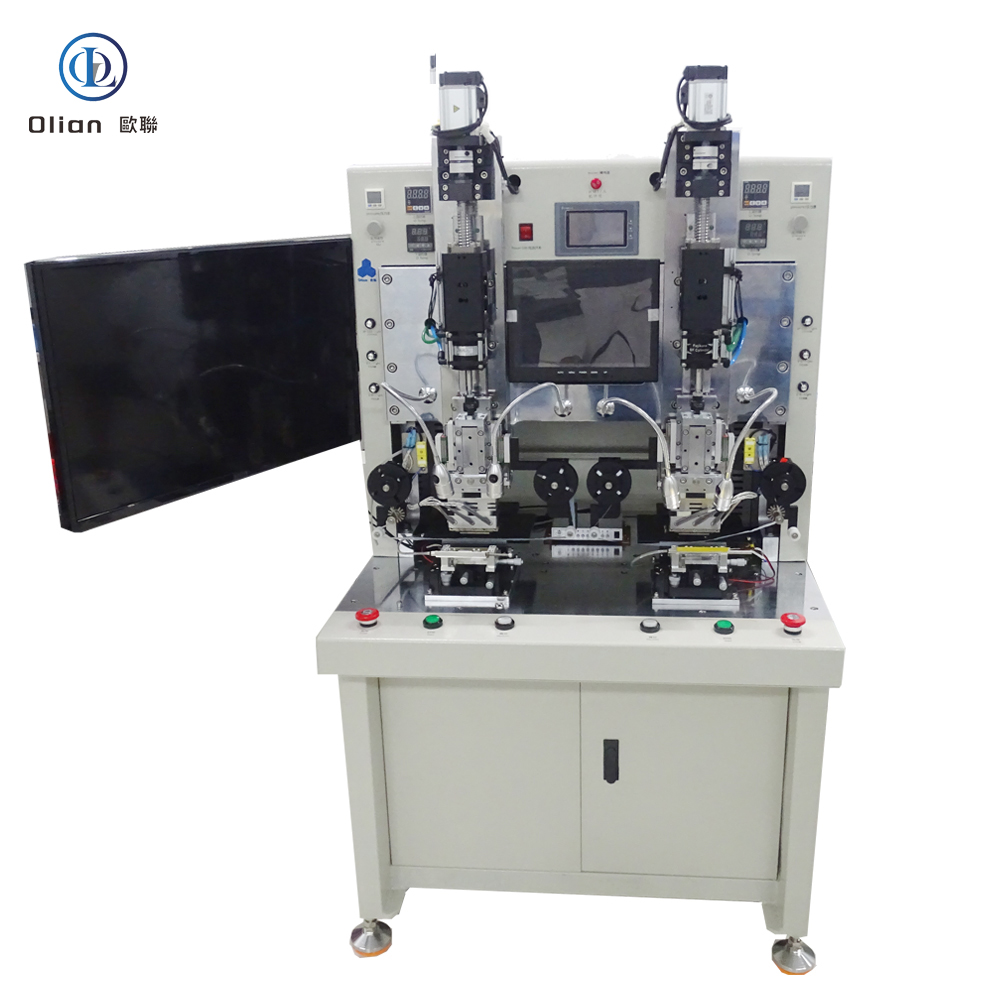

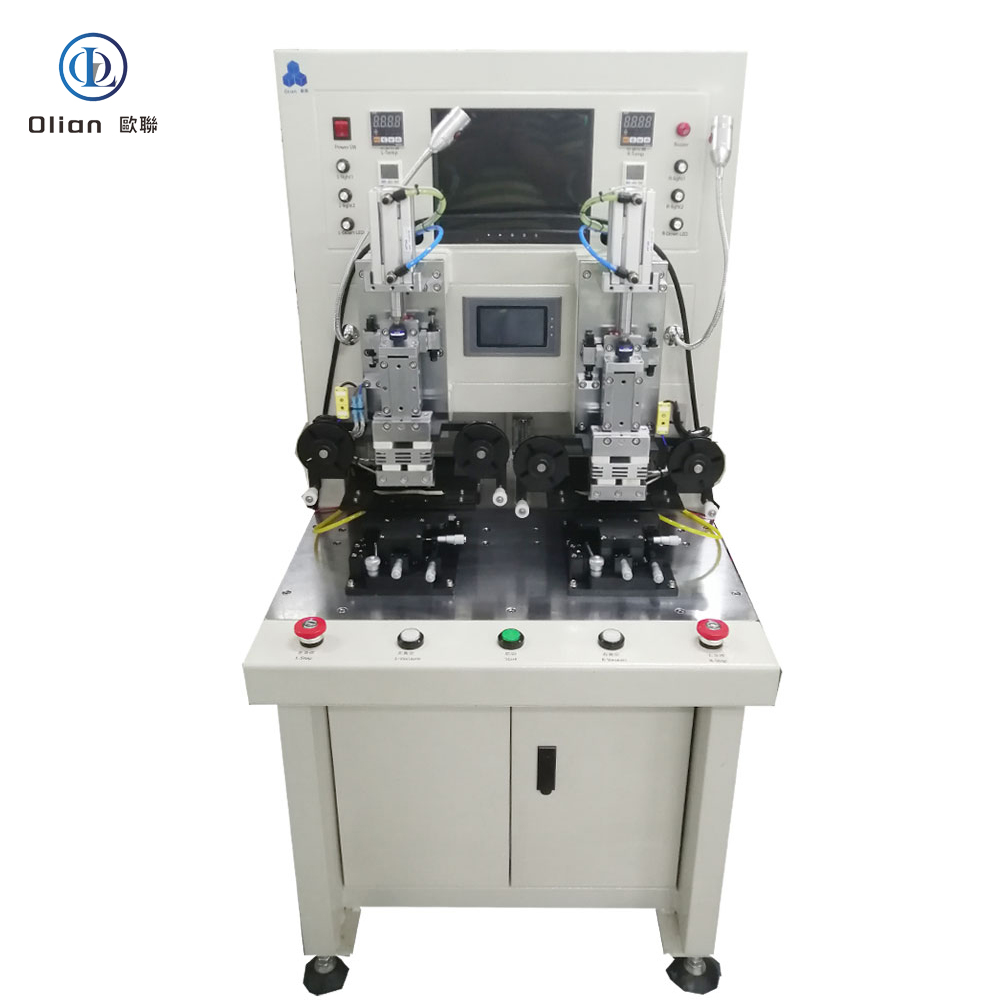
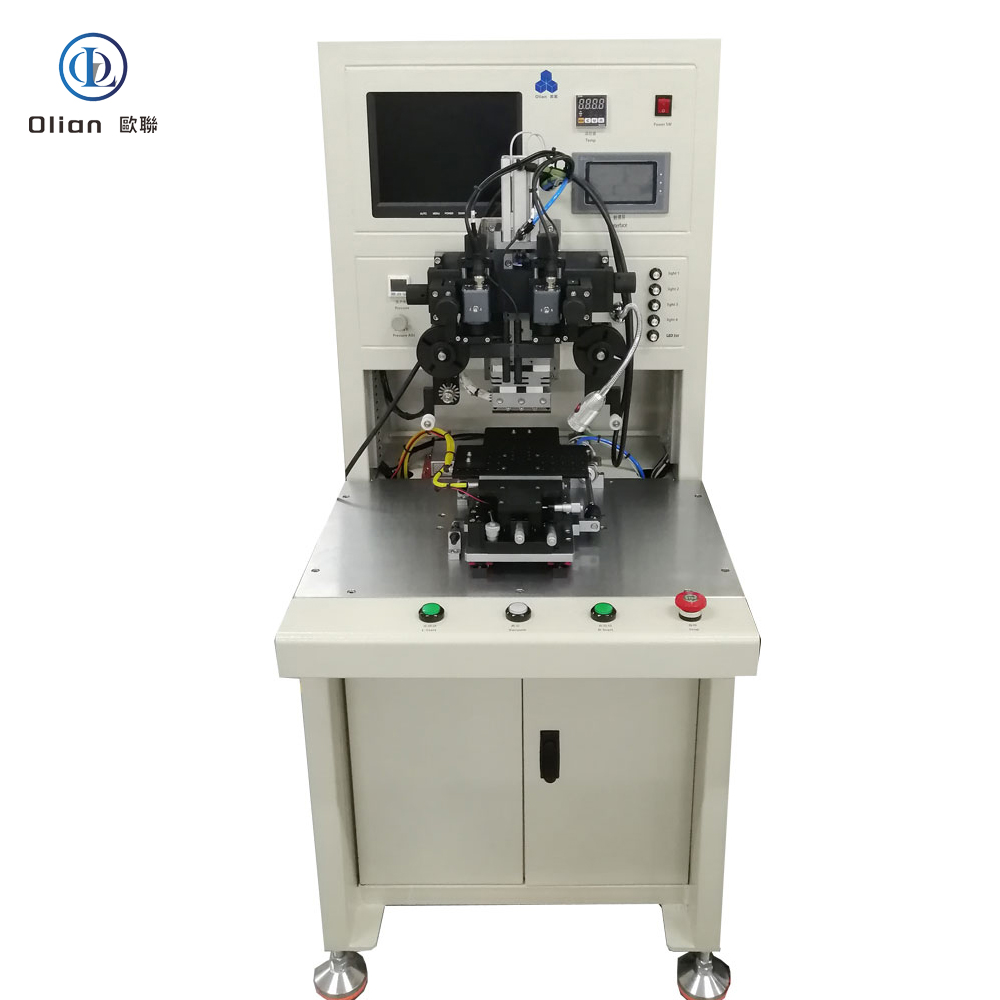
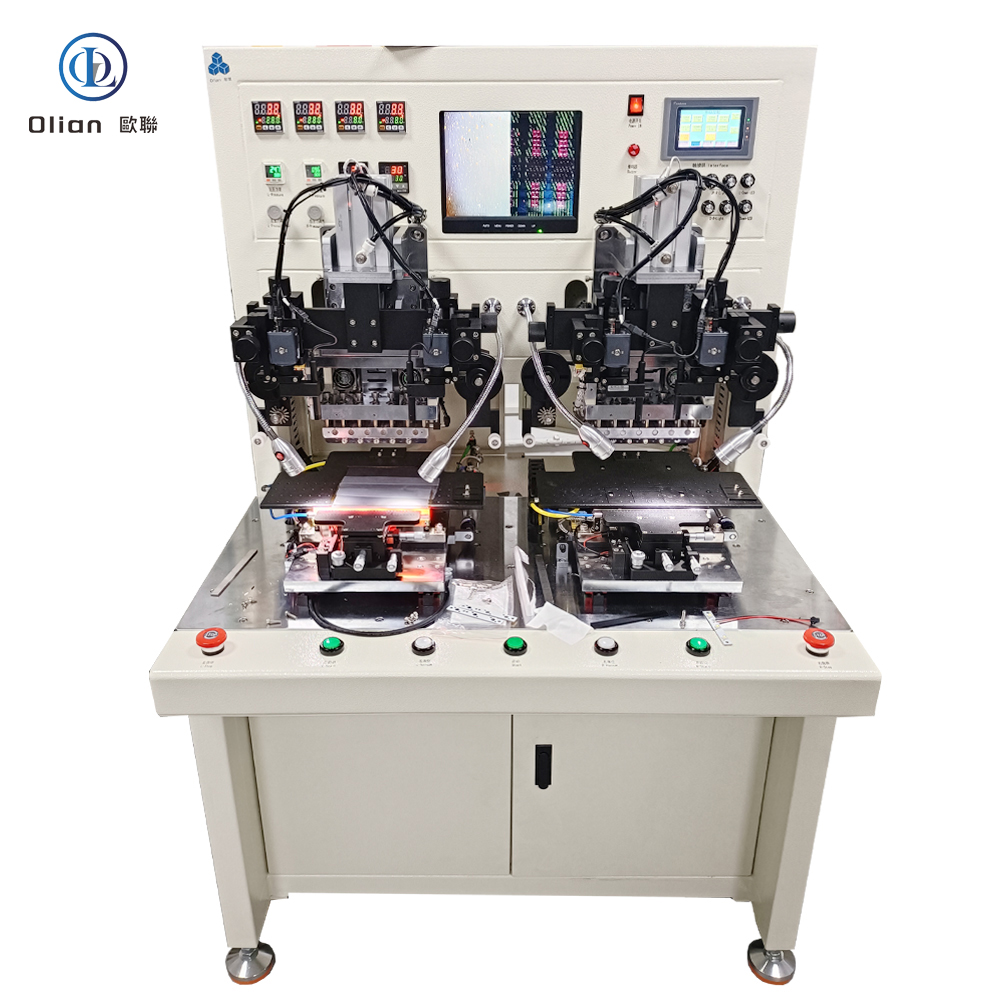
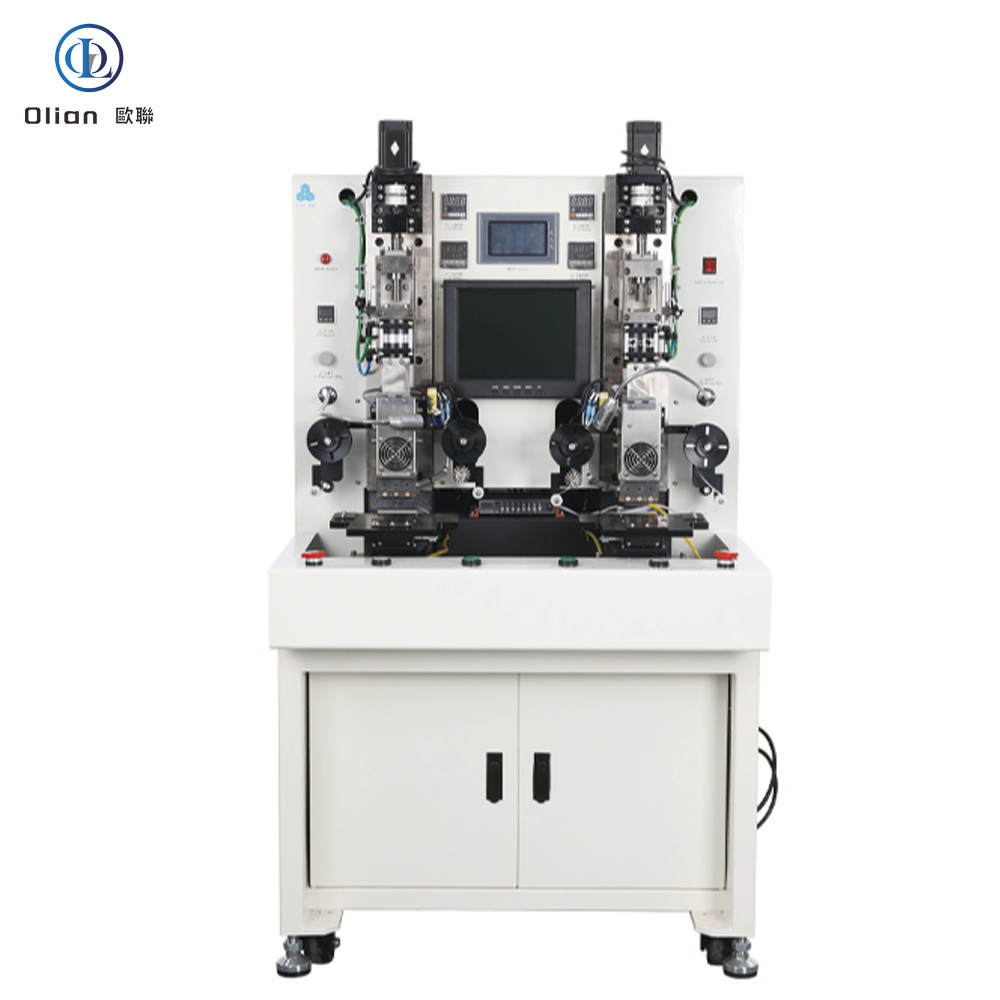


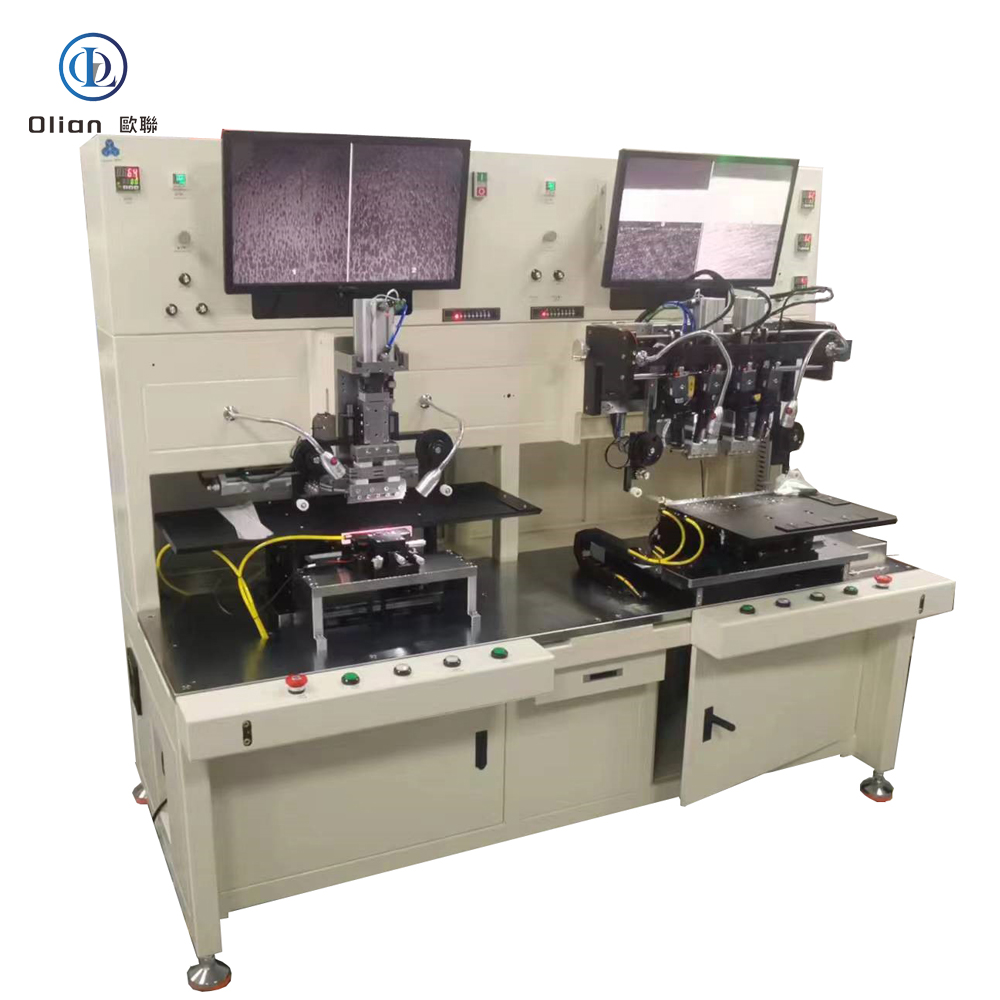
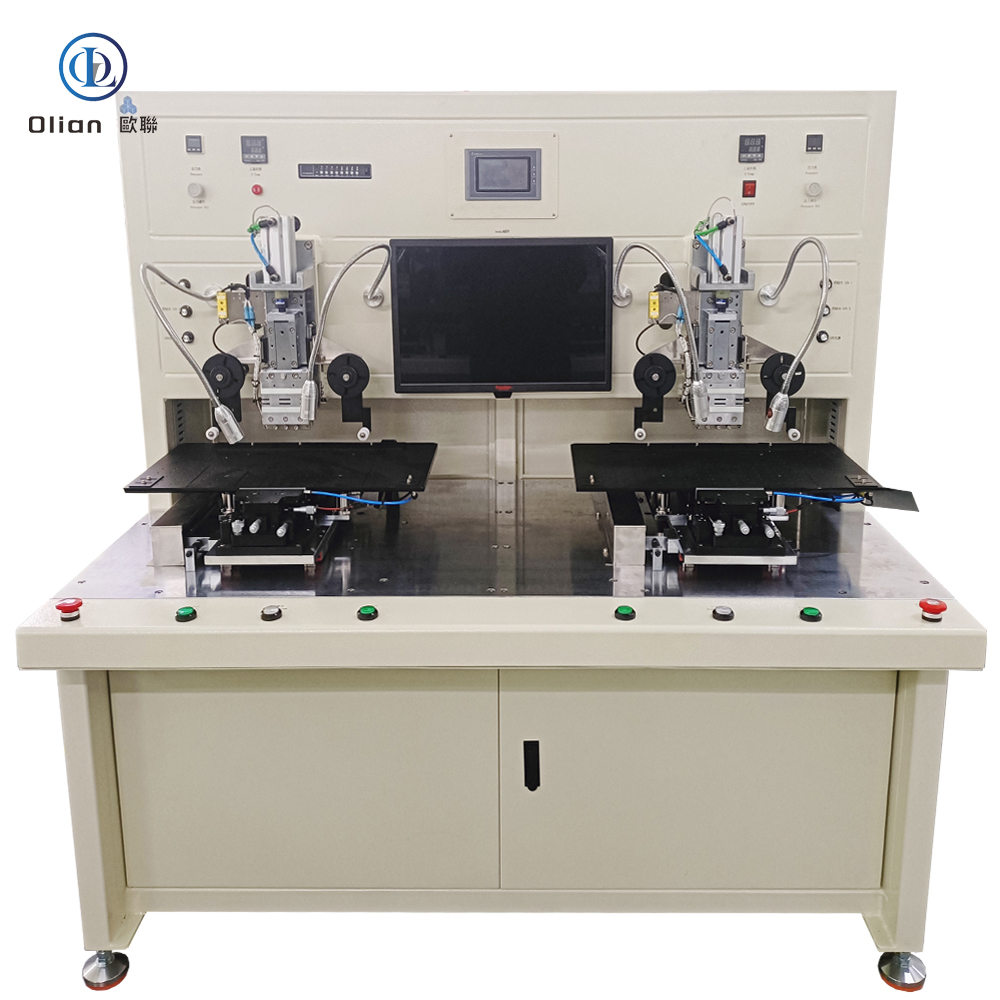
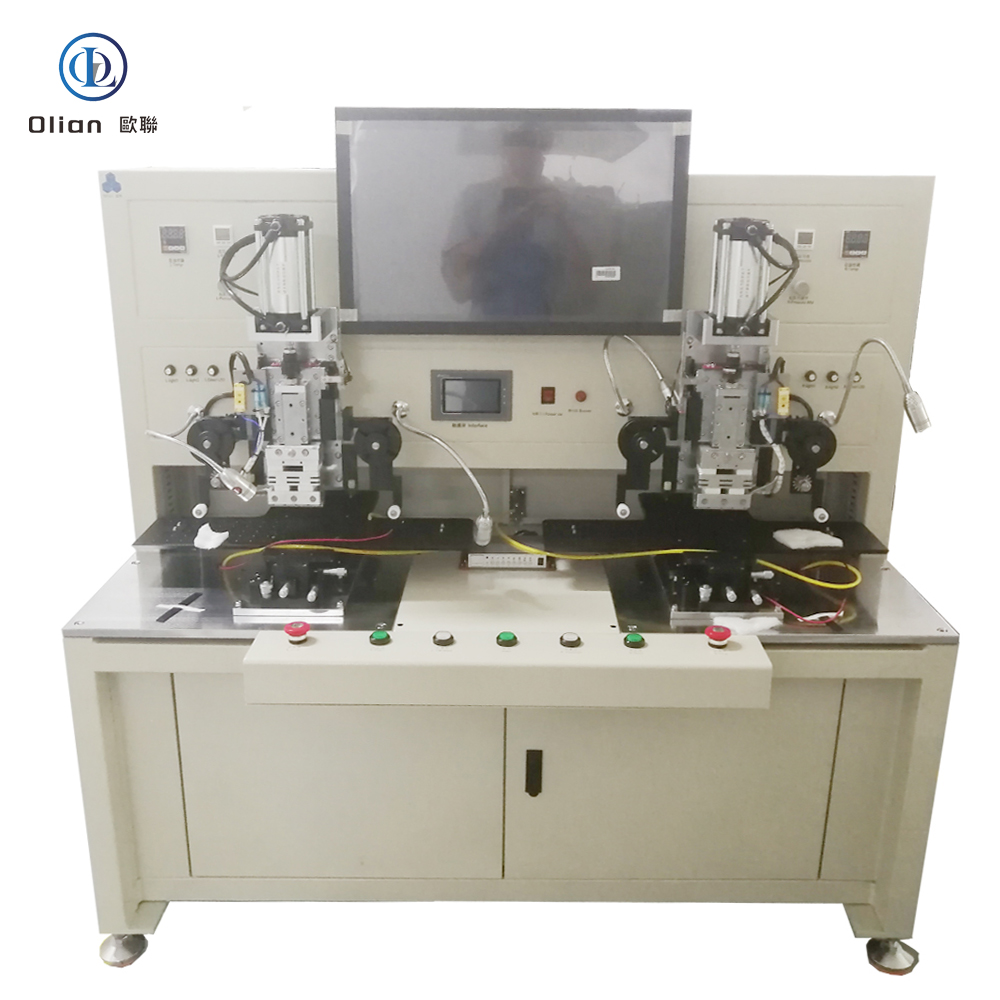

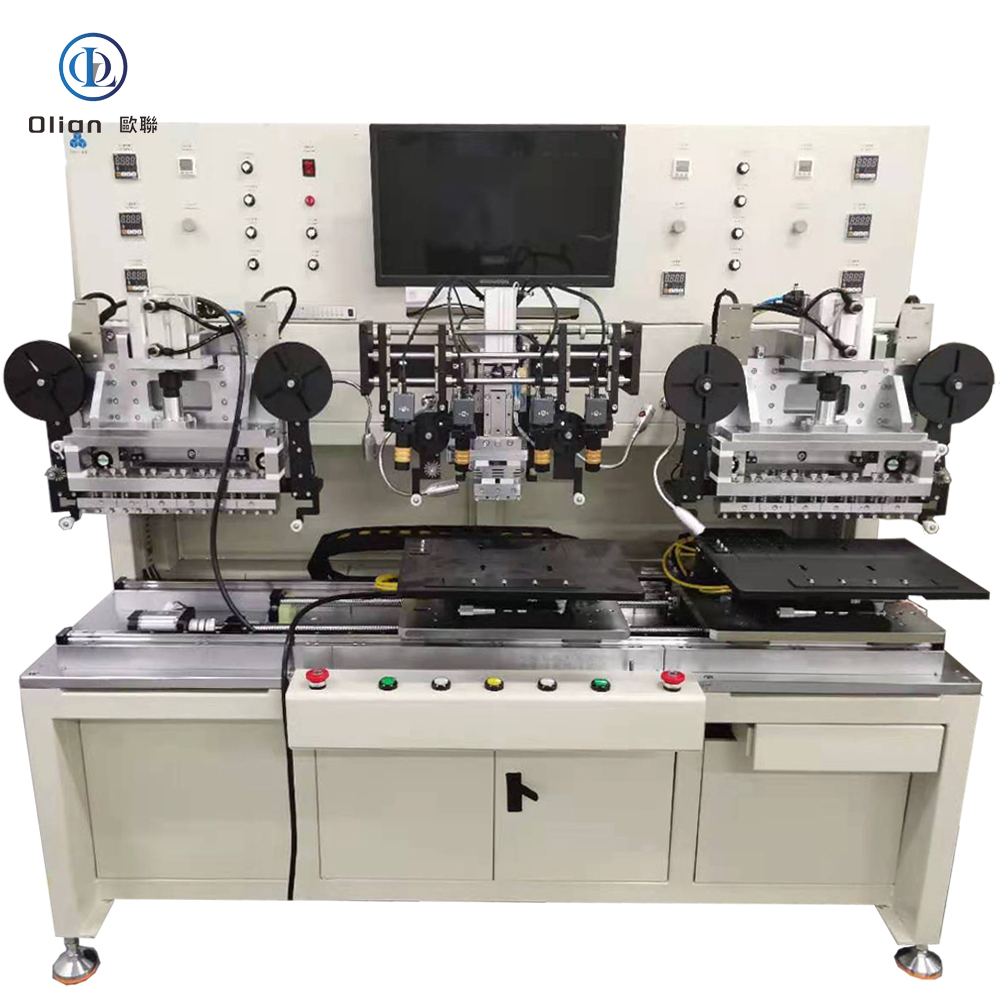
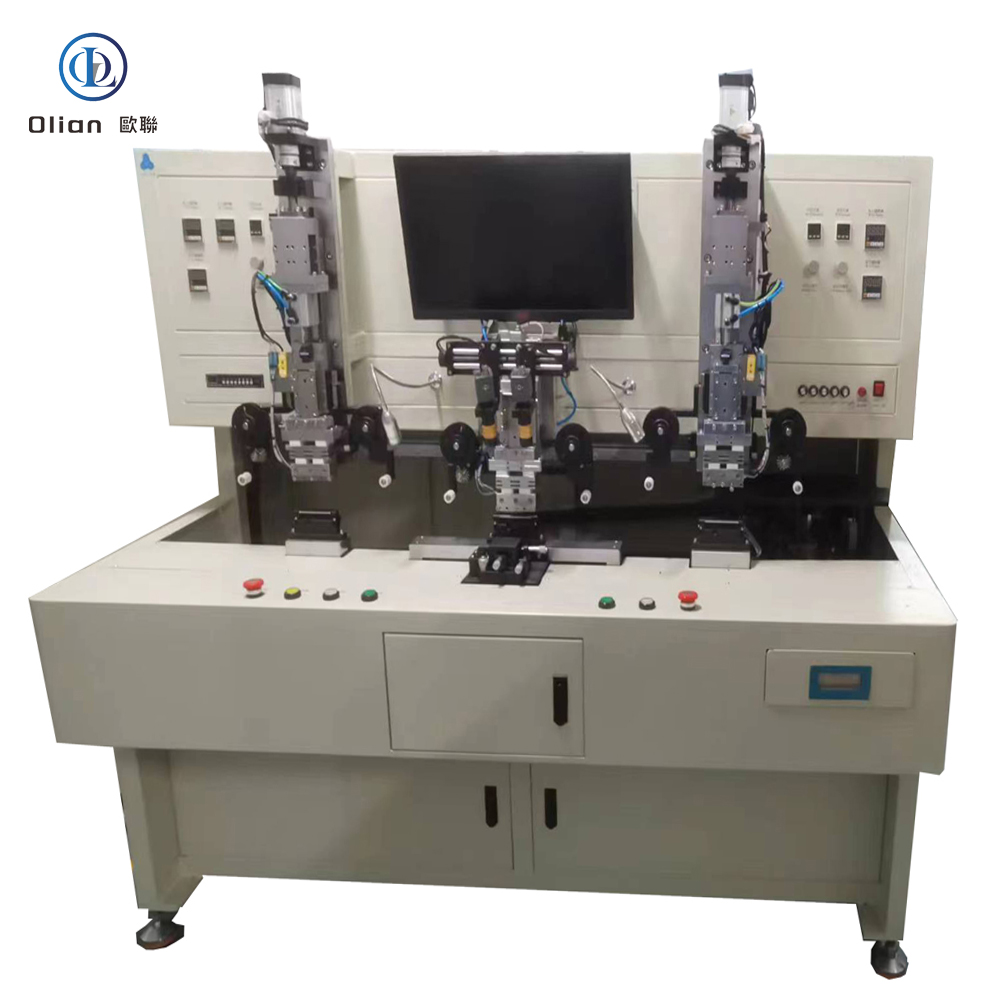
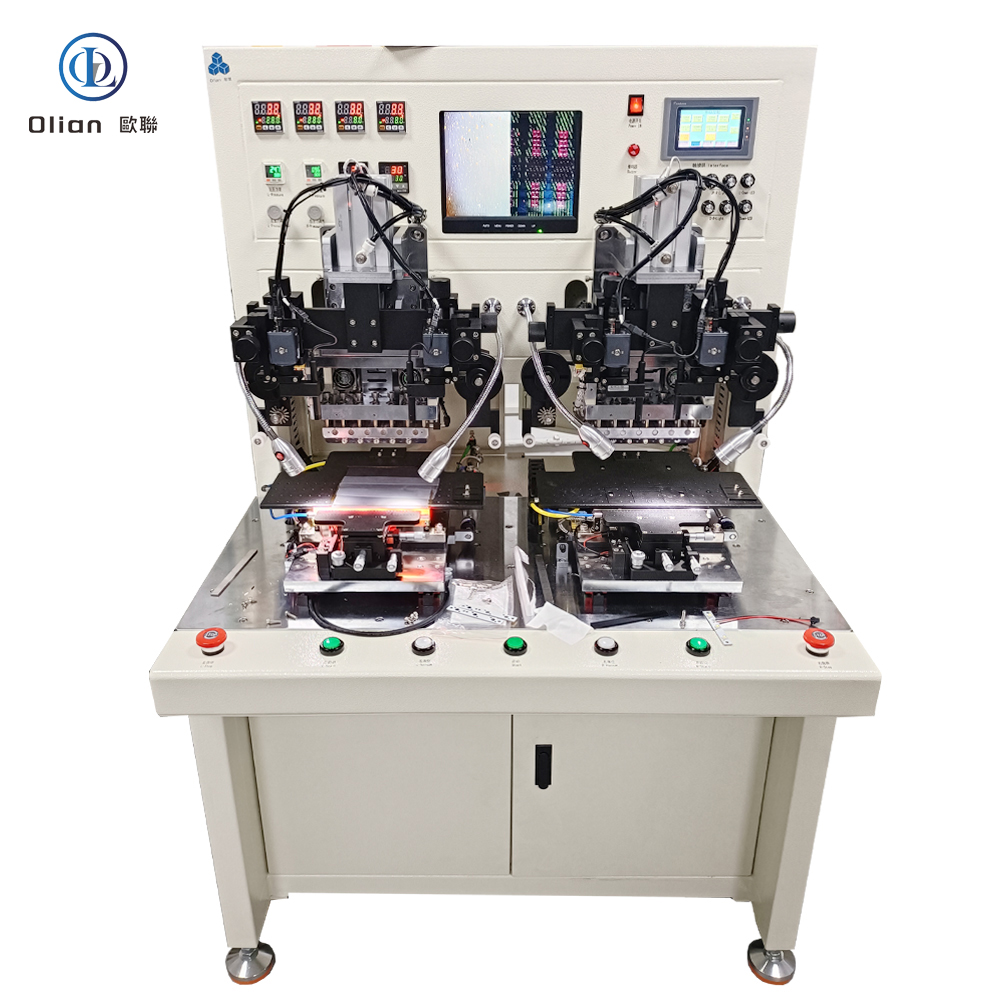
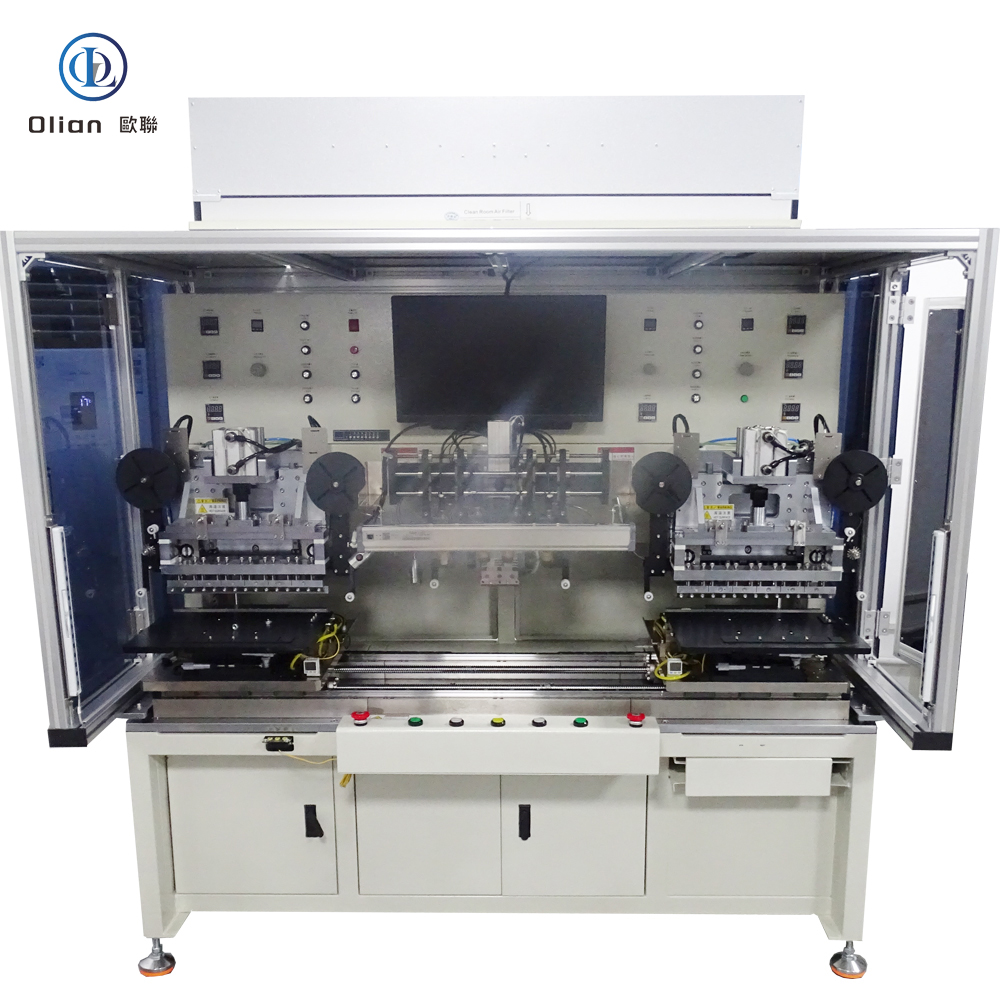
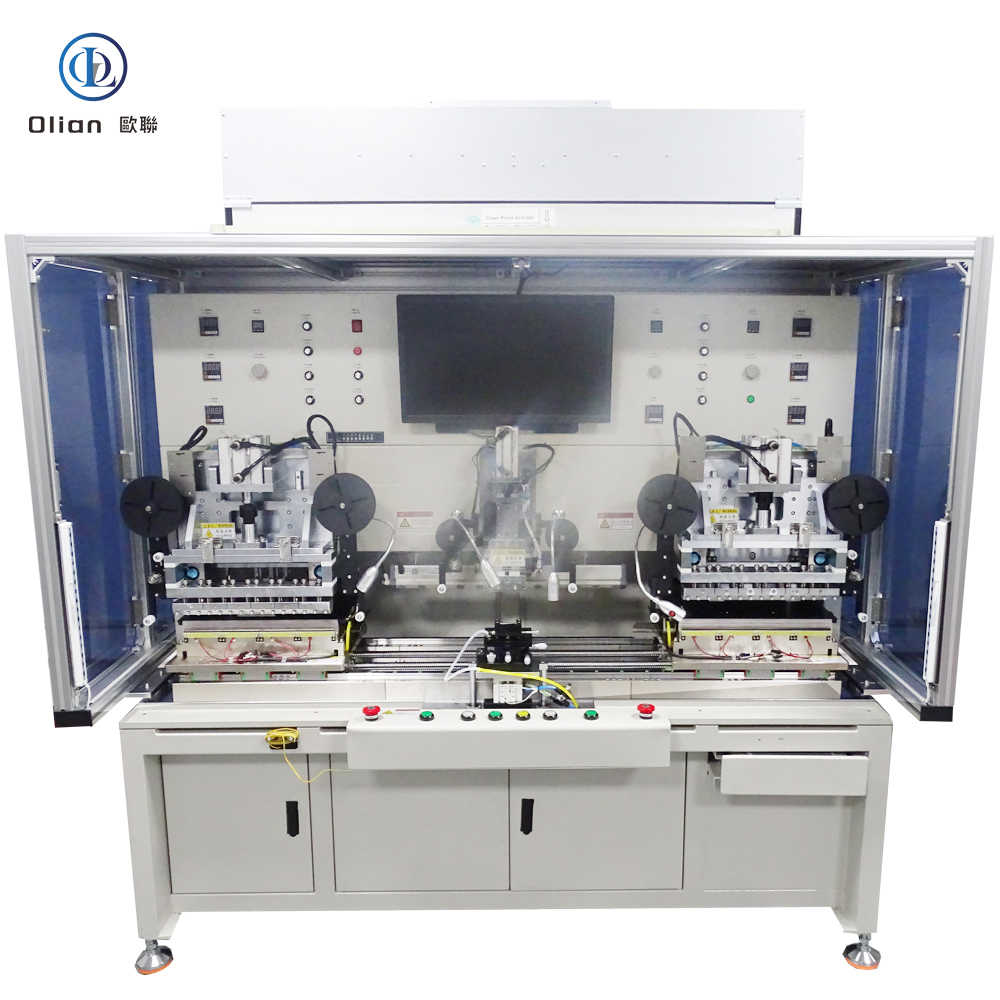

Flex cable bonding machines can be classified based on their specific applications and the type of bonding process they perform:
Flex cable bonding machines are indispensable across diverse industries:
The electronics industry is continuously evolving, with manufacturers focusing on improving the precision and speed of bonding machines. Future trends include:
Flex cable bonding machines are critical components in modern electronics manufacturing, providing a reliable and efficient solution for bonding processes in the production of high-quality displays and electronic devices. They are used in a wide range of applications, from consumer electronics to industrial and medical devices, ensuring that products meet the highest standards of quality and performance. With the increasing demand for thinner, lighter, and more durable devices, flex cable bonding technology continues to play a crucial role in the electronics industry.
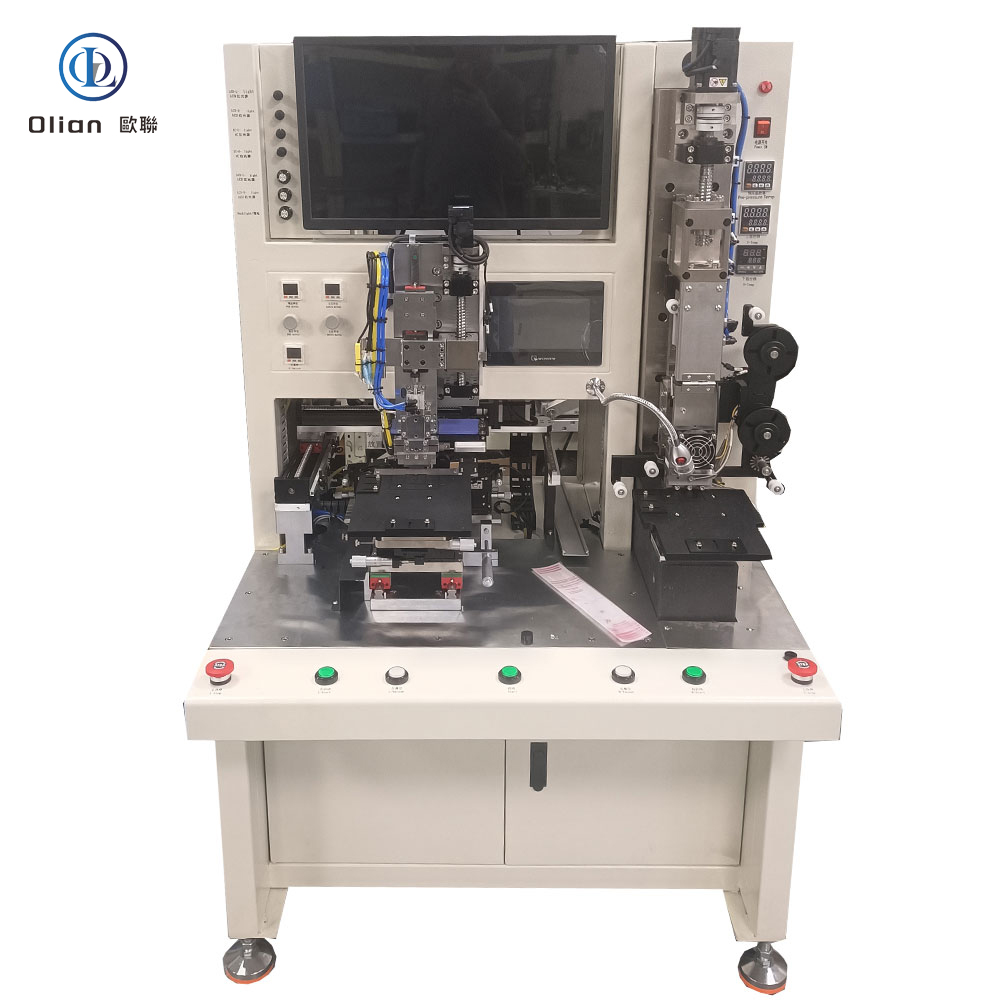
Chip bonding machines are essential in the electronics manufacturing industry, particularly for attaching integrated circuits (ICs) to various substrates. These machines ensure a seamless and robust connection between the ICs and the substrates, playing a crucial role in the production of devices like smartphones, tablets, and automotive displays. The different types of chip bonding machines, including COG (Chip On Glass), COP (Chip On Plastic), COF (Chip On Film), and COB (Chip On Board), are designed to meet specific requirements and applications.
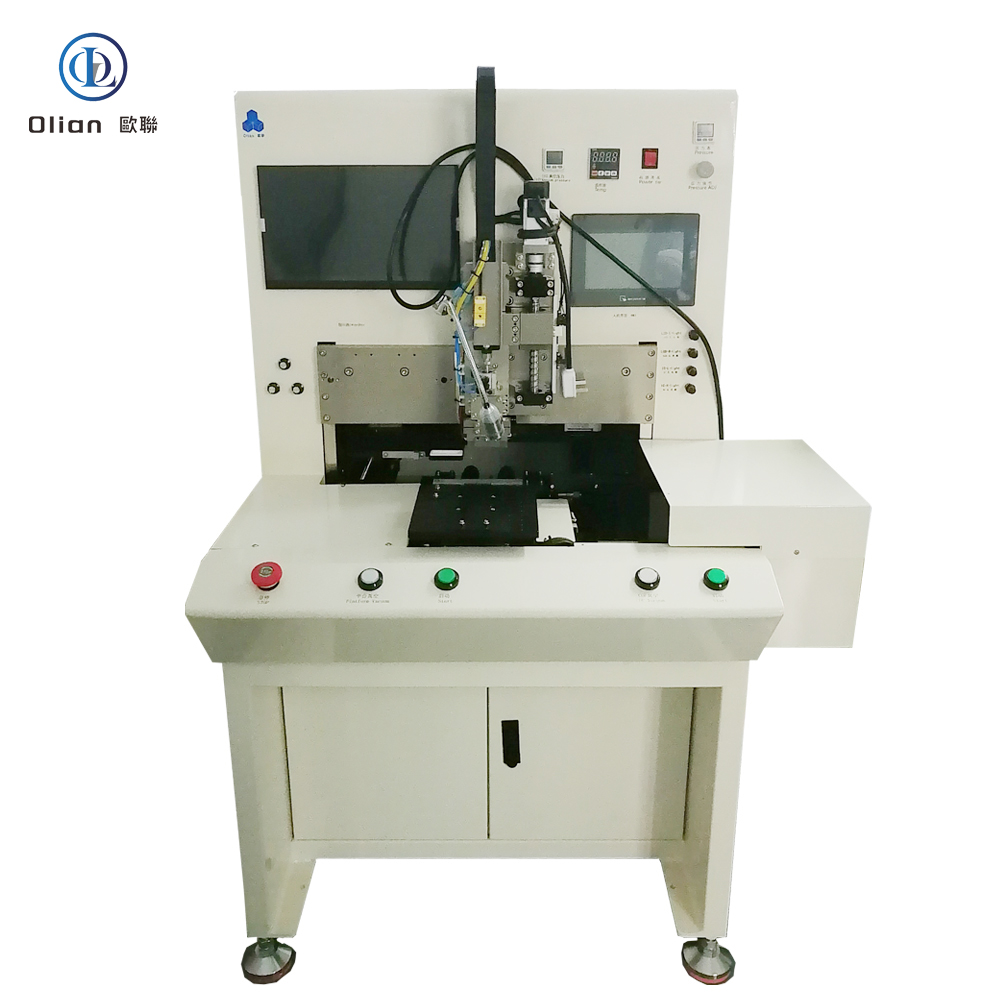



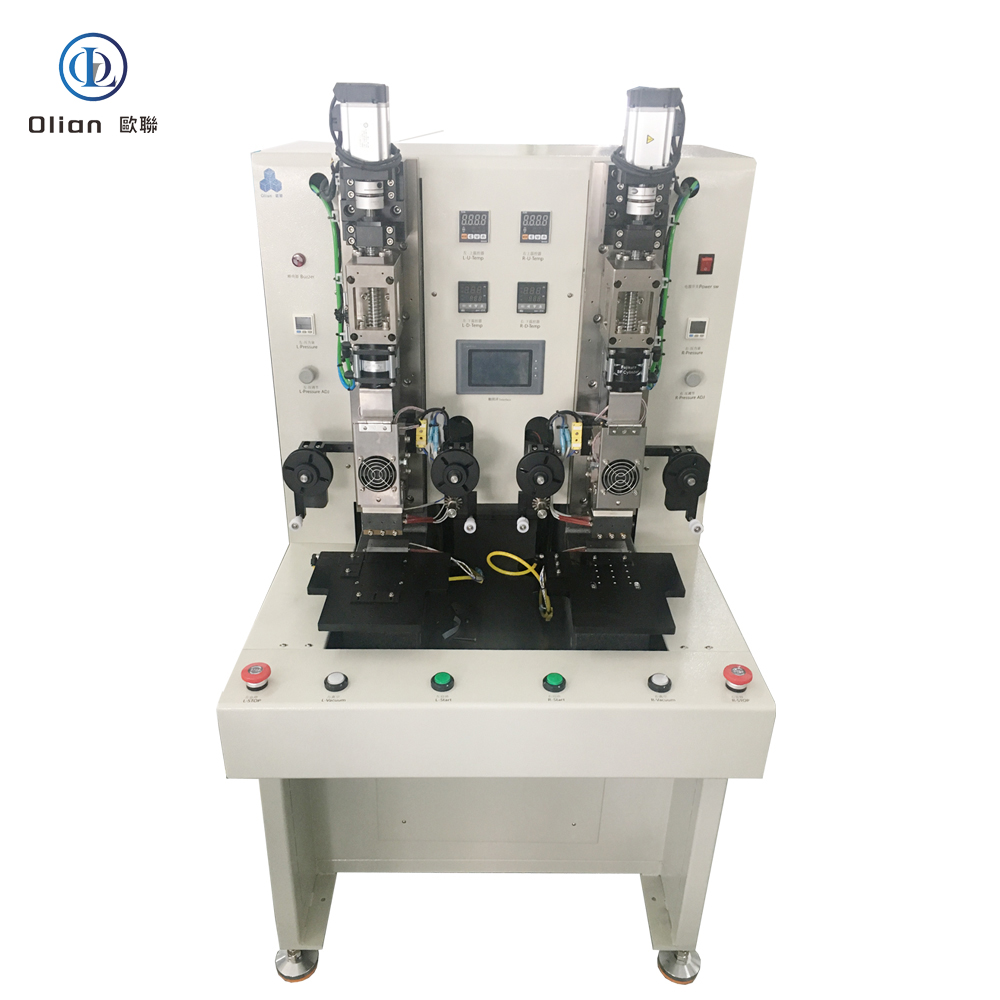

Chip bonding machines are indispensable across diverse industries:
The electronics industry is continuously evolving, with manufacturers focusing on improving the precision and speed of bonding machines. Future trends include:
Chip bonding machines are critical components in modern electronics manufacturing, providing a reliable and efficient solution for bonding processes in the production of high-quality displays and electronic devices. They are used in a wide range of applications, from consumer electronics to industrial and medical devices, ensuring that products meet the highest standards of quality and performance. With the increasing demand for thinner, lighter, and more durable devices, chip bonding technology continues to play a crucial role in the electronics industry.

Smart Wear LCD OLED Bonding Production Whole Line Solution
In the rapidly evolving field of smart wear technology, the production of LCD and OLED display modules requires a comprehensive and integrated approach to ensure high efficiency, quality control, and adaptability to market demands. Our Smart Wear LCD OLED Bonding Production Whole Line Solution is designed to meet these challenges by providing a seamless and intelligent manufacturing process.
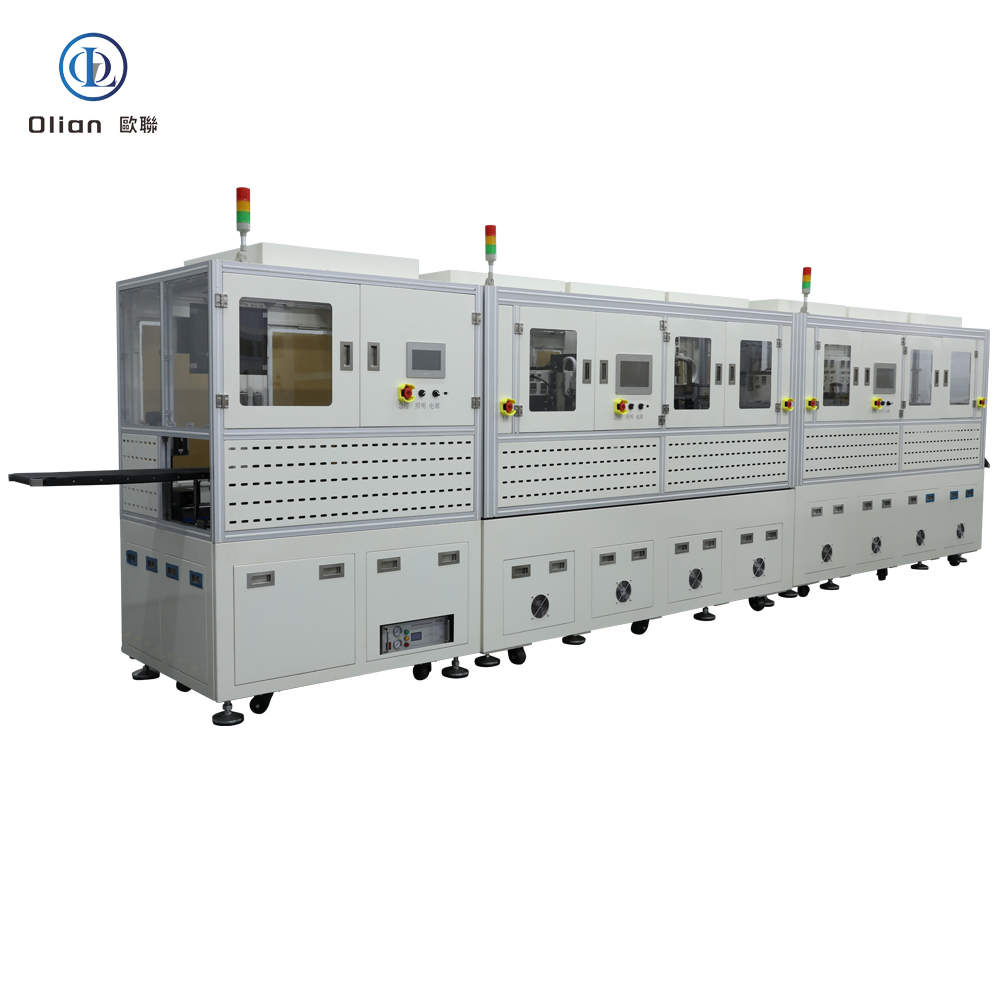

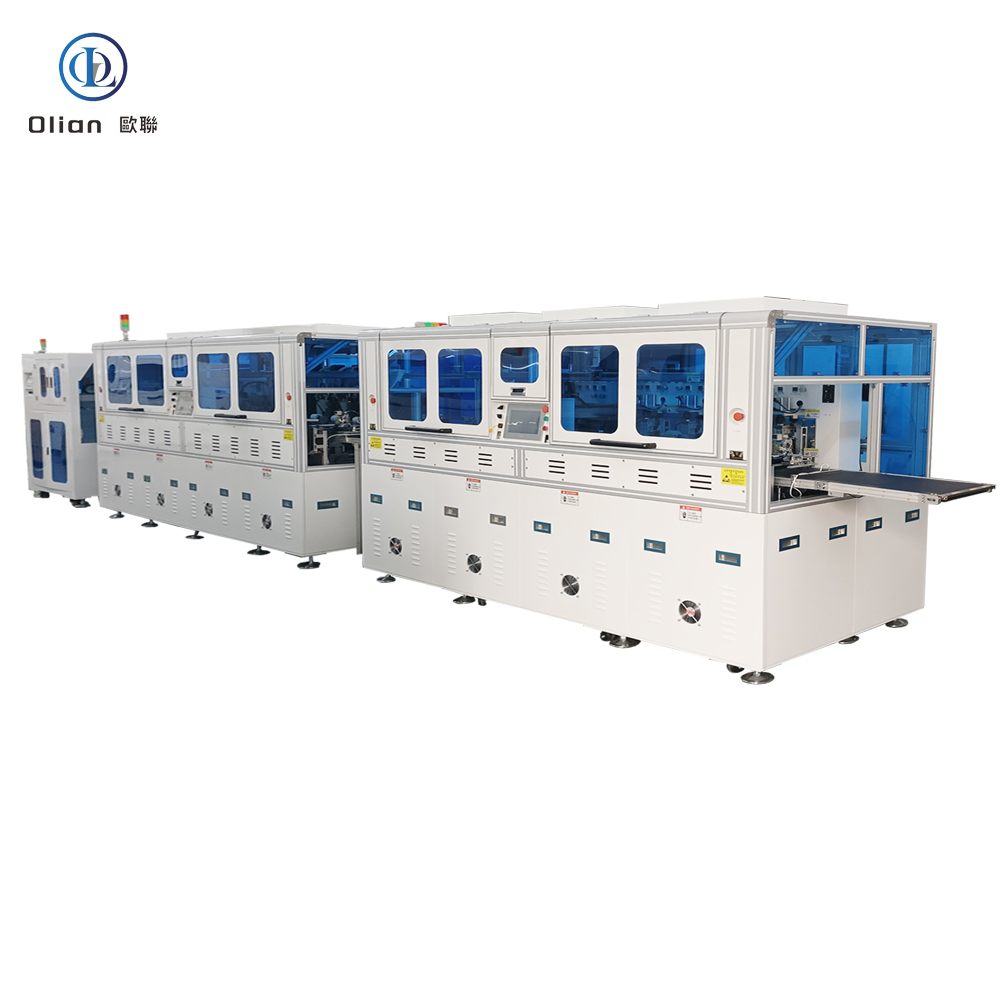
Glass Loading (玻璃上料)
Automated Glass Loading: The process begins with the automated loading of glass substrates into the production line. This step ensures that the substrates are handled with precision and care, reducing the risk of damage.
Plasma Cleaning (等离子清洗)
High-Purity Cleaning: The glass substrates are cleaned using a plasma cleaning process to remove any contaminants. This step is crucial for ensuring a high-quality bond and reducing defects.
COG (Chip on Glass) and COF (Chip on Film) Bonding
Driver IC Attachment: COG and COF processes are used to attach driver ICs directly to the glass substrate (COG) or to a flexible film (COF) which is then bonded to the glass. These processes ensure a stable and reliable connection, enhancing the performance of the display.
FOG (Film on Glass) and FOF (Film on Film) Bonding
FPC Bonding: FOG and FOF processes involve bonding flexible printed circuits (FPCs) to the glass substrate or to other FPCs. This step is essential for connecting the display module to the mainboard and other components.
Impedance Testing (阻抗测试)
Quality Assurance: Impedance testing is performed to ensure that the electrical connections are stable and reliable. This step is crucial for identifying and correcting any electrical issues before proceeding to the next stage of production.
RT (Room Temperature Curing)
Adhesive Curing: Room temperature curing is used to set the adhesives used in the bonding processes. This ensures that the components are securely attached without the need for high-temperature processes that could damage sensitive materials.
AOI (Automated Optical Inspection)
Quality Control: AOI systems use high-resolution cameras to inspect the display modules for defects. This process ensures that only high-quality products proceed to the next stage of production.
Dispensing (点胶)
Adhesive Application: Precision dispensing machines apply adhesives to the components to ensure a strong bond. This step is crucial for the durability and reliability of the display modules.
Drying (晾干)
Adhesive Drying: After dispensing, the adhesives are allowed to dry under controlled conditions. This ensures that the components are securely bonded and the display modules are ready for further assembly.
TFOG (Thermal Film on Glass)
Thermal Bonding: TFOG processes use heat to bond films to the glass substrate. This step is essential for creating a strong and durable bond, especially in high-stress applications.
Final Dispensing (点胶)
Sealing and Protection: Final dispensing of adhesives is used to seal and protect the display modules. This ensures that the modules are resistant to environmental factors such as dust and moisture.
Our Smart Wear LCD OLED Bonding Production Whole Line Solution is ideal for a wide range of smart wear devices, including:
These devices require high touch sensitivity, durability, and clear displays, making our solution particularly beneficial for these applications.
With our comprehensive Smart Wear LCD OLED Bonding Production Whole Line Solution, manufacturers can achieve high-quality, durable, and responsive displays in their smart wear devices. Our solution combines advanced manufacturing techniques, precision inspection systems, and customizable processes to meet the diverse needs of the smart wear market. By choosing our solution, you can ensure that your smart wear devices stand out in terms of performance and user experience.

Backlight Assembly Equipment Process Solution for Mid-Size LCM Assembly
In the competitive landscape of display manufacturing, the production of mid-size Liquid Crystal Modules (LCMs) for applications such as tablets, notebooks, and automotive displays requires a specialized and automated backlight assembly solution. Our Backlight Assembly Equipment Process Solution is designed to meet the demands of producing LCMs ranging from 5” to 17.3”, offering a comprehensive and integrated approach to ensure high efficiency, precision, and adaptability.
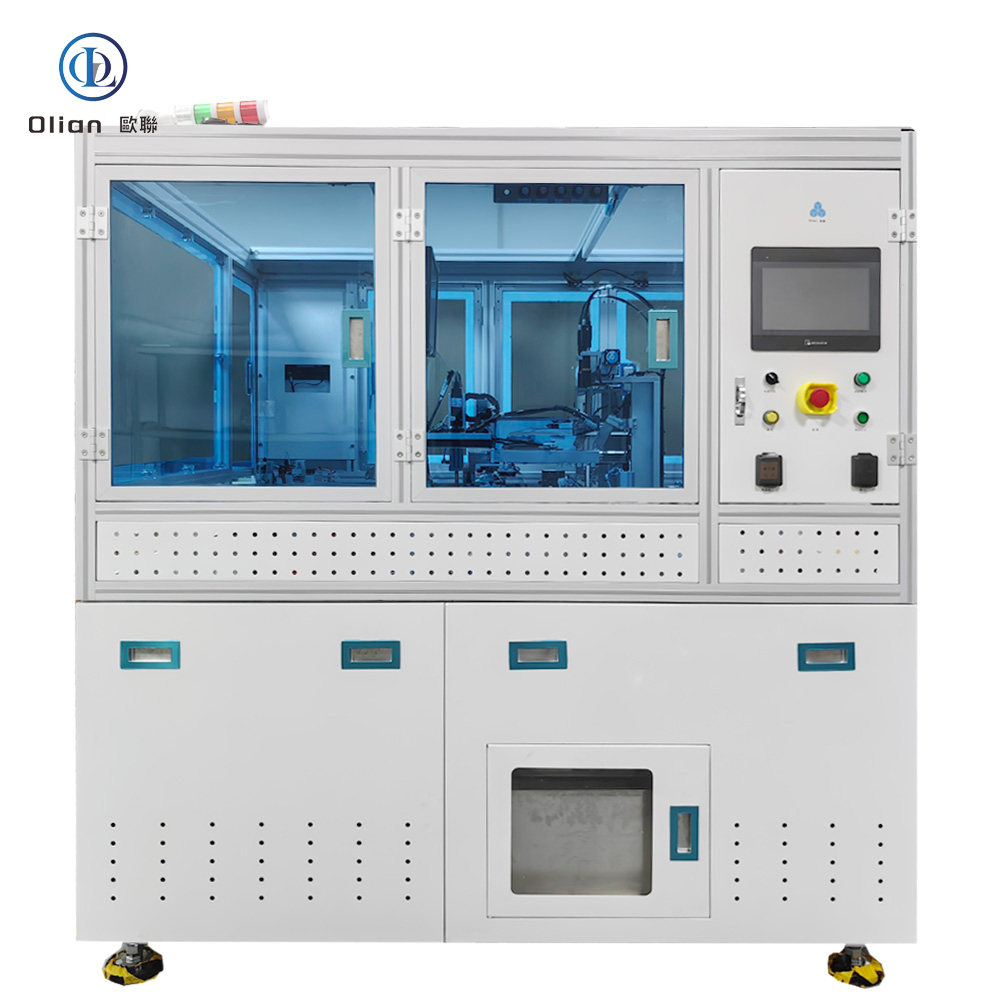
Our Backlight Assembly Equipment Process Solution is ideal for a wide range of display products, including:
Our Backlight Assembly Equipment Process Solution is designed to meet the future demands of the display industry, offering a versatile, high-precision, and efficient production process. By integrating multiple advanced technologies and ensuring high-quality standards, our solution is ideal for manufacturers looking to produce a wide range of advanced display modules. Choose our solution to stay ahead in the competitive market and deliver top-quality products.
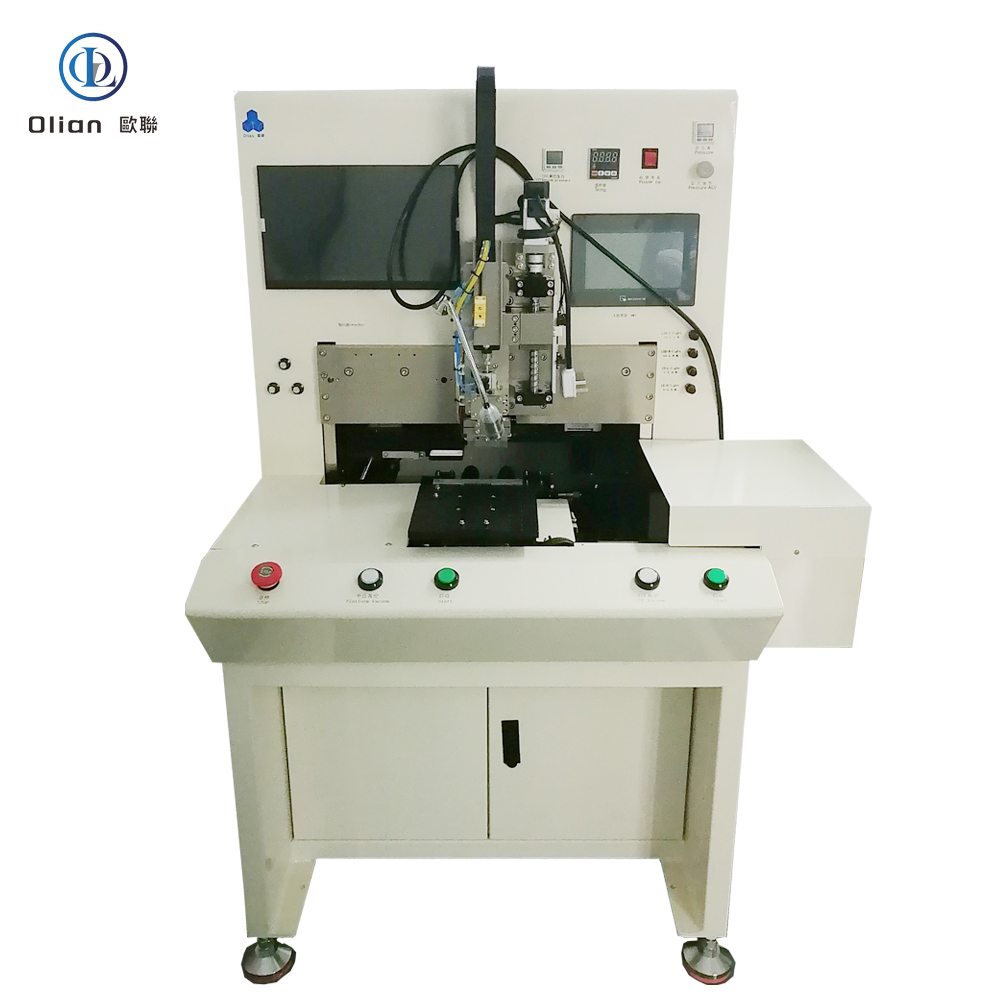
1-7 Inch Semi Automatic Bonding Machines
In the dynamic field of display manufacturing, the production of small to medium-sized Liquid Crystal Displays (LCDs) for applications such as tablets, notebooks, and automotive displays requires a specialized and semi-automated bonding solution. Our 1-7 Inch Semi Automatic Bonding Machines Production Line Solution is designed to meet the demands of producing LCDs ranging from 1” to 7”, offering a comprehensive and integrated approach to ensure high efficiency, precision, and adaptability.
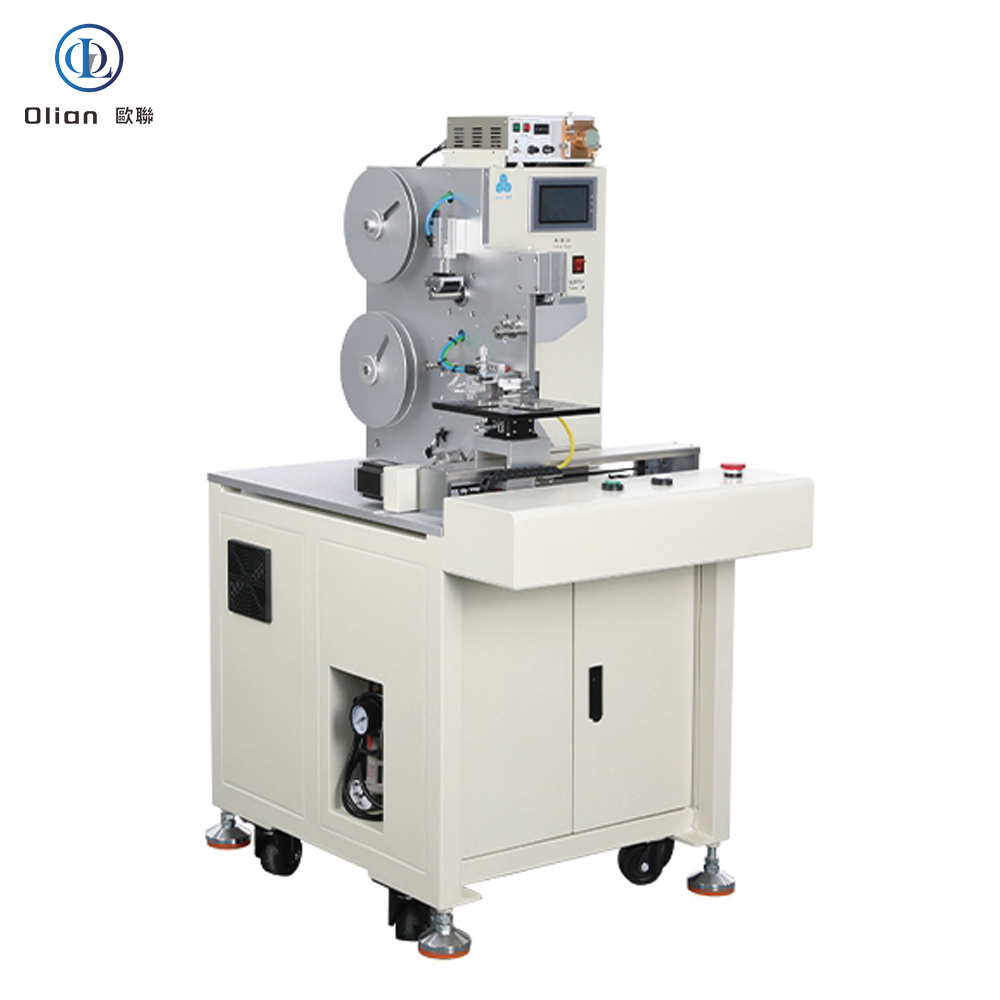
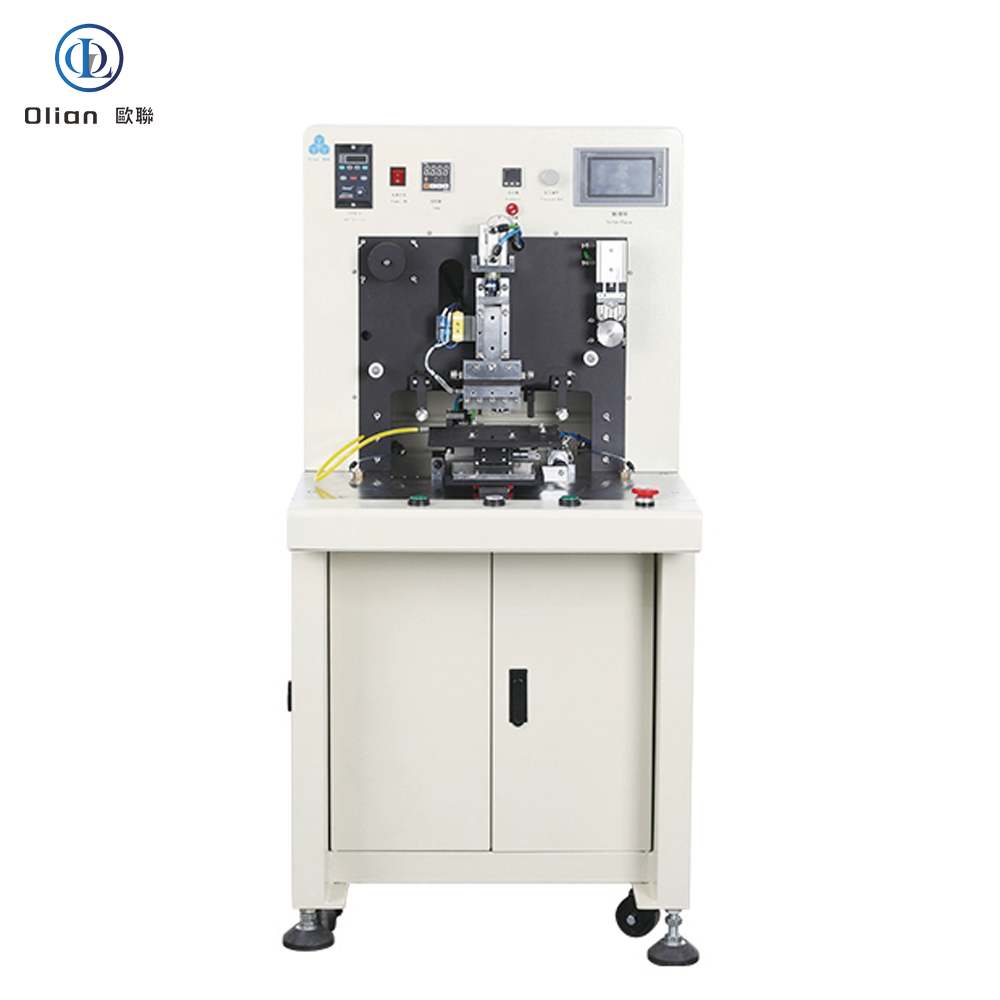













Our 1-7 Inch Semi Automatic Bonding Machines Production Line Solution is ideal for a wide range of display products, including:
Our 1-7 Inch Semi Automatic Bonding Machines Production Line Solution is designed to meet the future demands of the display industry, offering a versatile, high-precision, and efficient production process. By integrating multiple advanced technologies and ensuring high-quality standards, our solution is ideal for manufacturers looking to produce a wide range of advanced display modules. Choose our solution to stay ahead in the competitive market and deliver top-quality products.

7-17 Inch Semi Automatic Bonding Machines Production Line Solution
In the competitive landscape of display manufacturing, the production of mid-size Liquid Crystal Modules (LCMs) for applications such as tablets, notebooks, and automotive displays requires a specialized and semi-automated bonding solution. Our 7-17 Inch Semi Automatic Bonding Machines Production Line Solution is designed to meet the demands of producing LCMs ranging from 7” to 17.3”, offering a comprehensive and integrated approach to ensure high efficiency, precision, and adaptability.
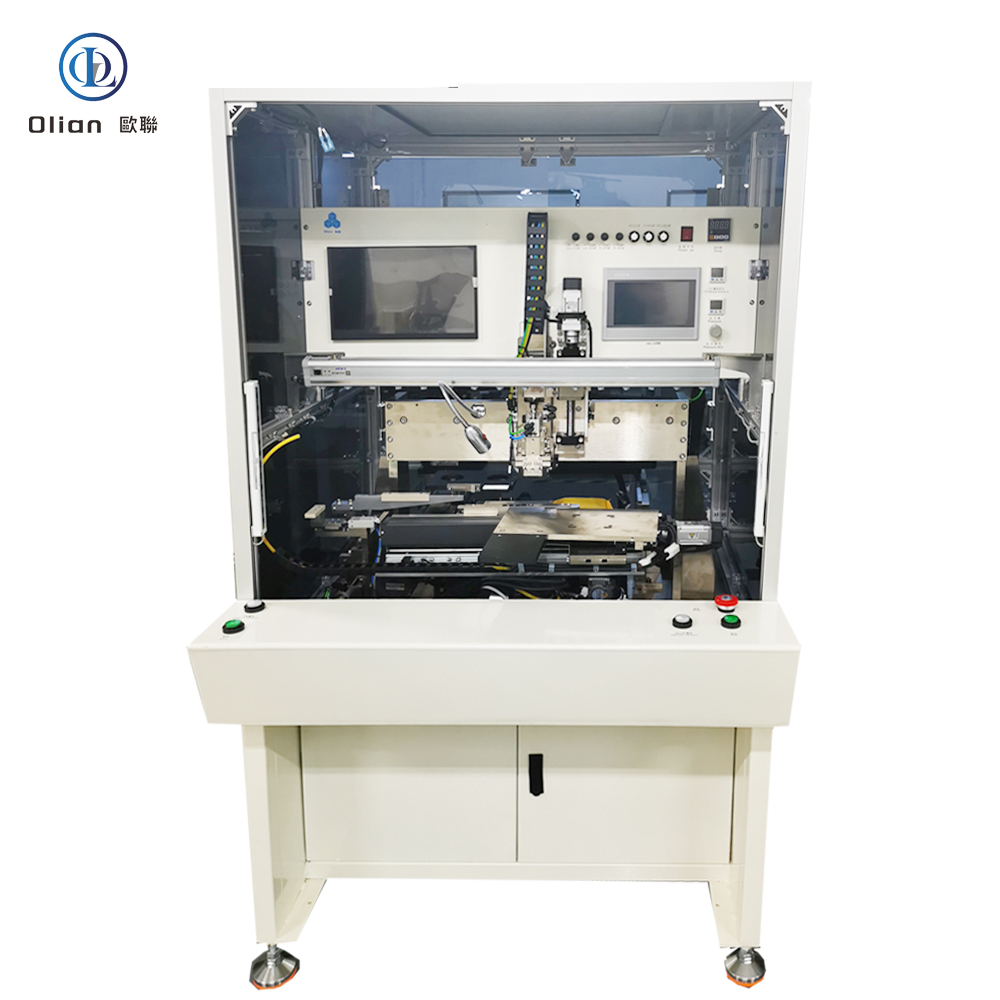
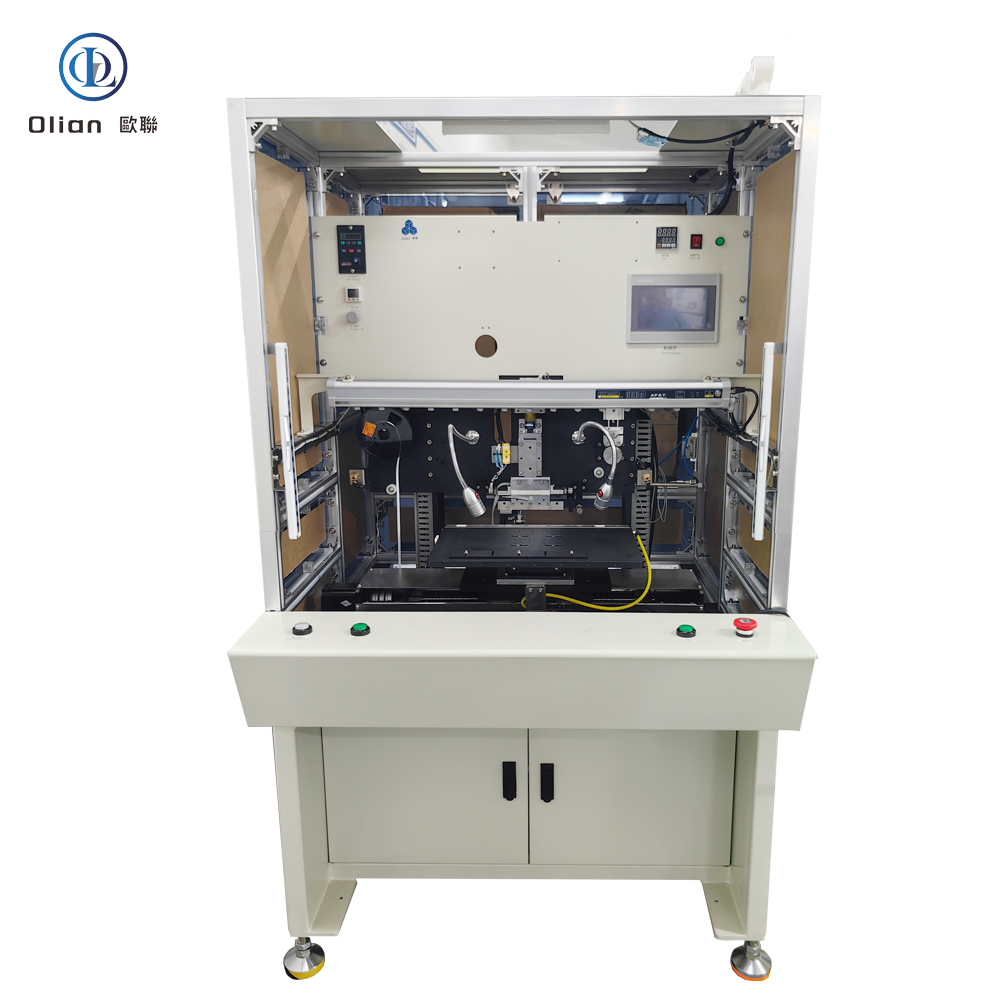
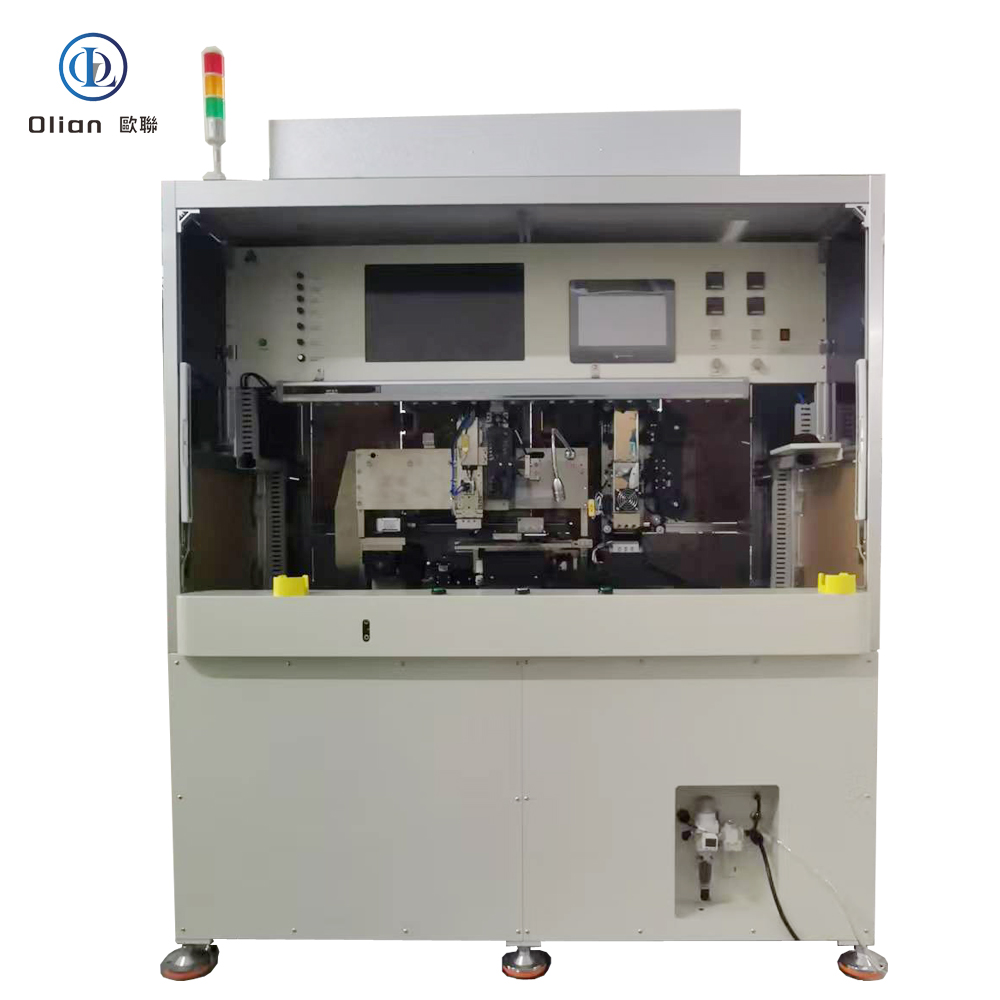
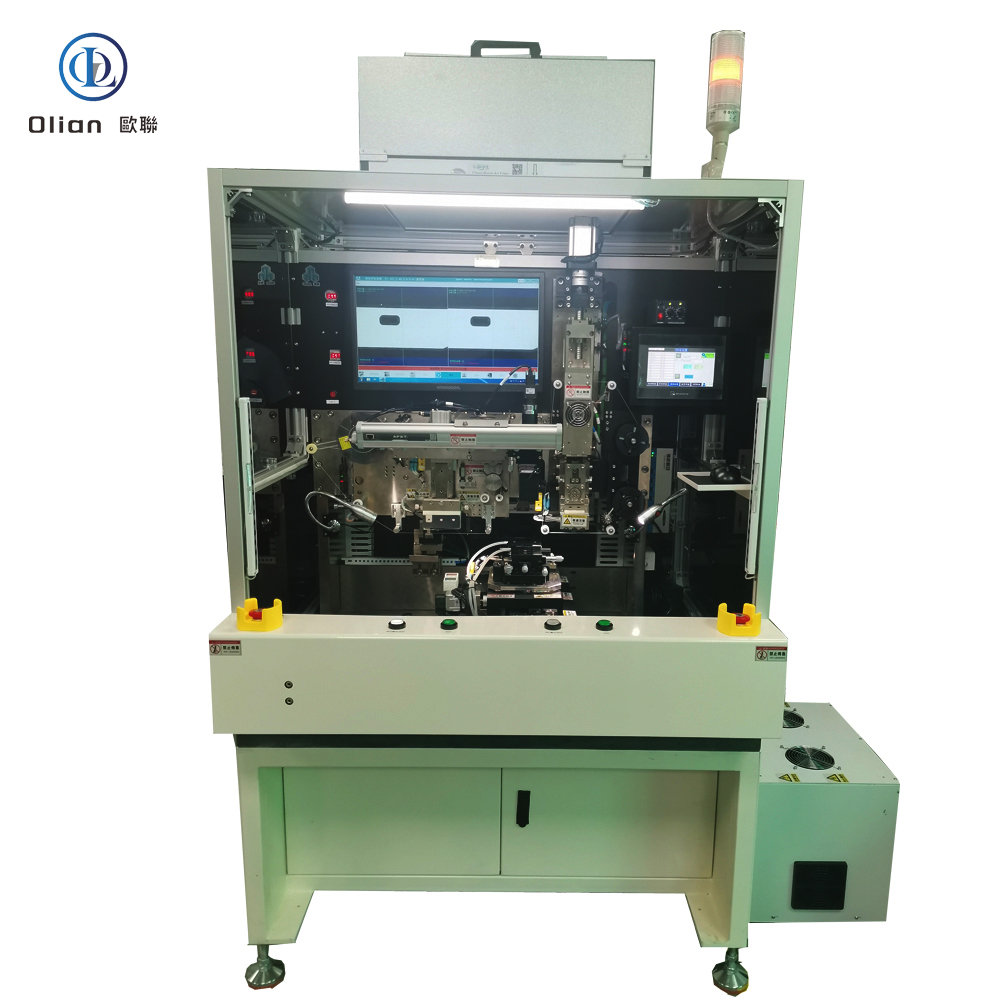


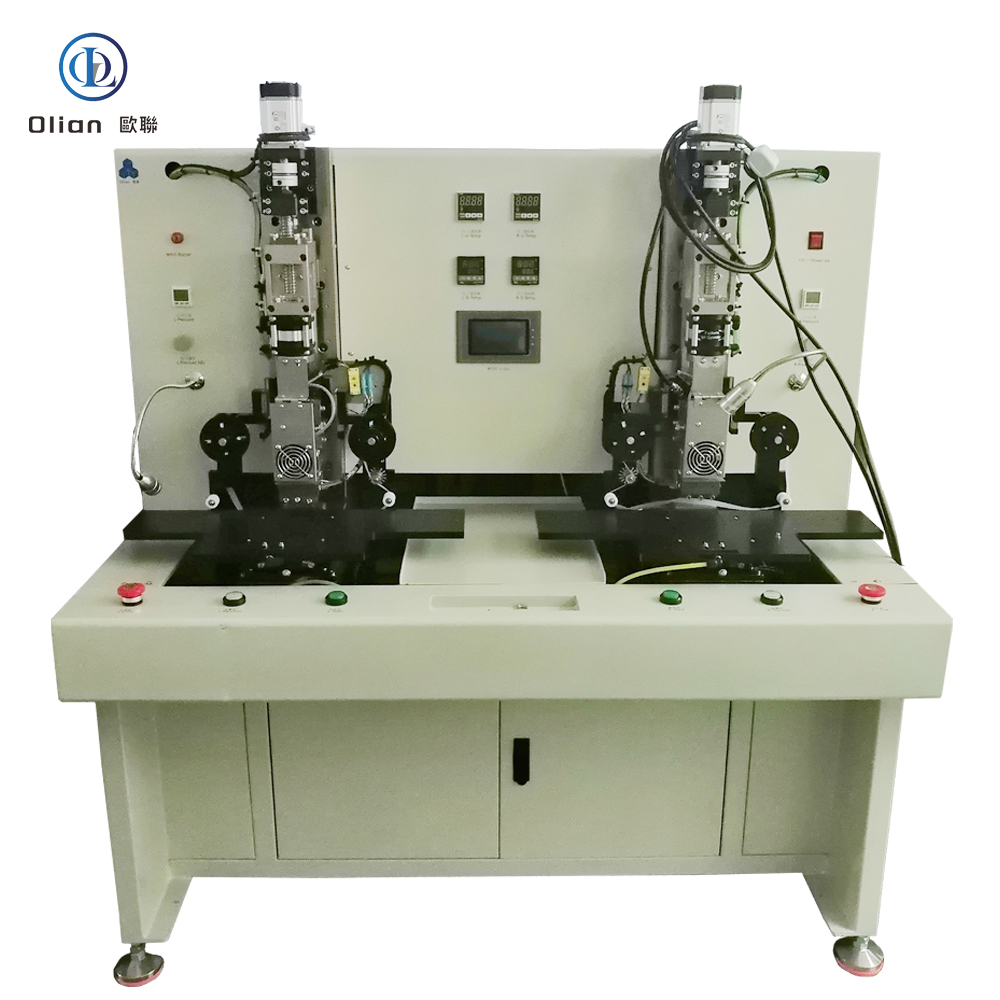
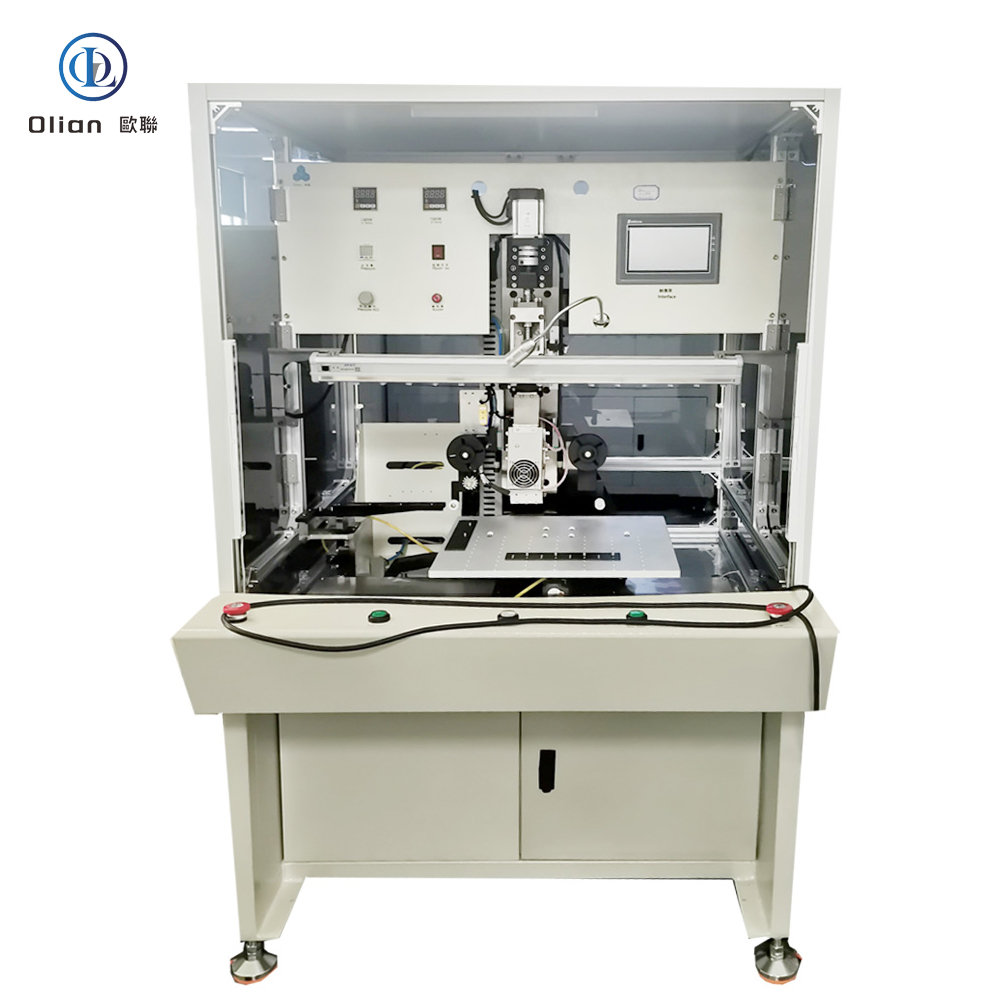
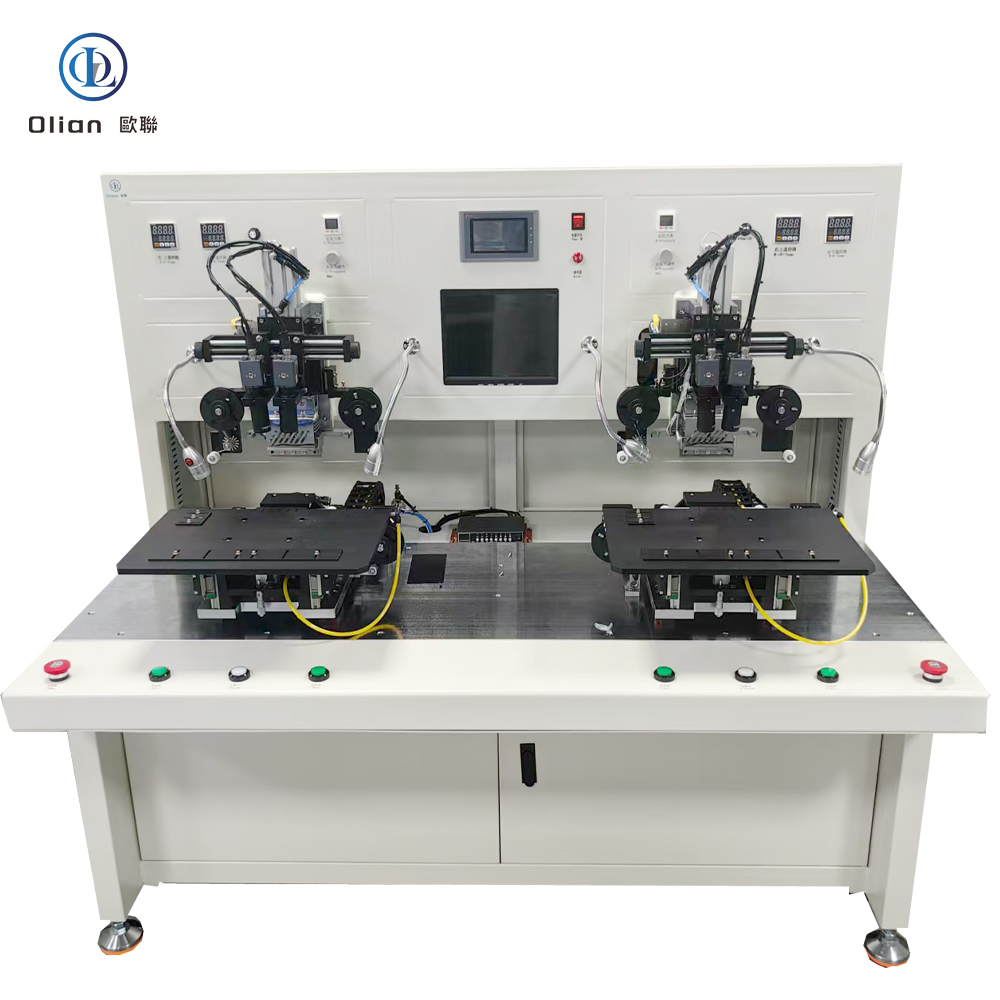

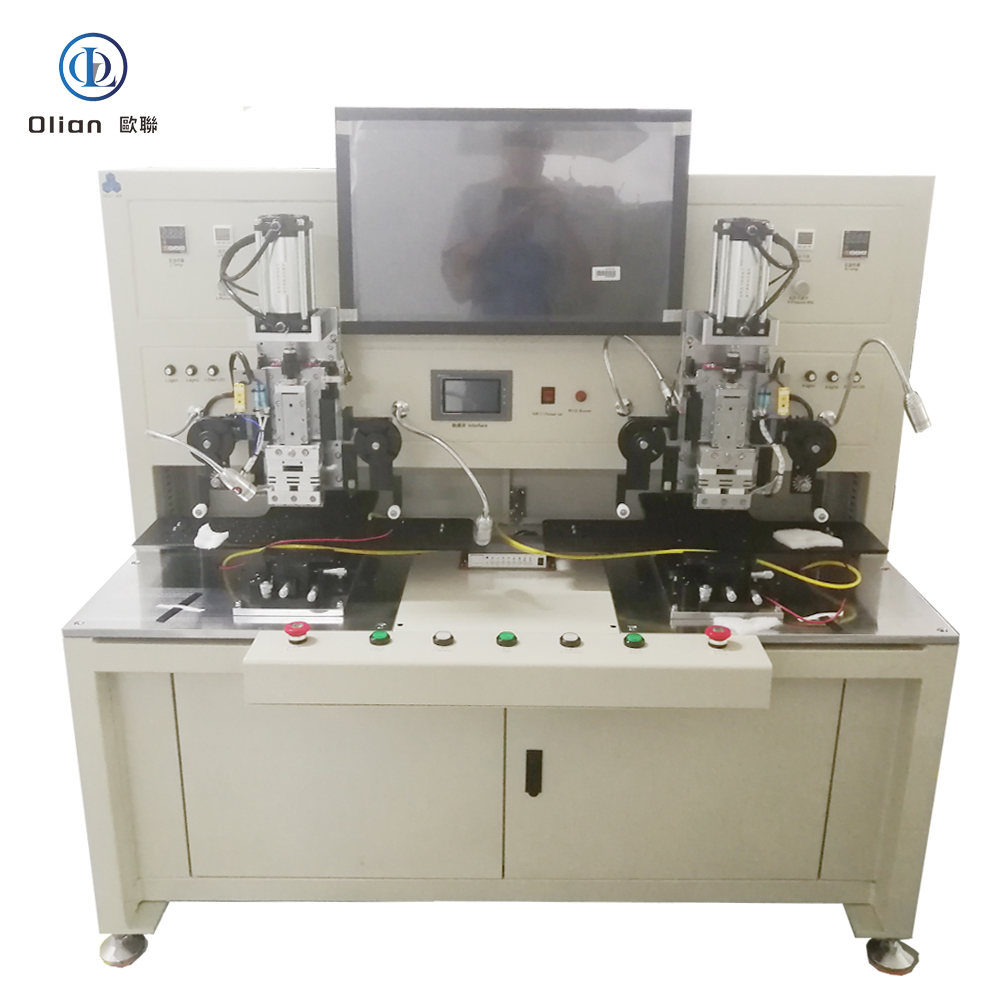

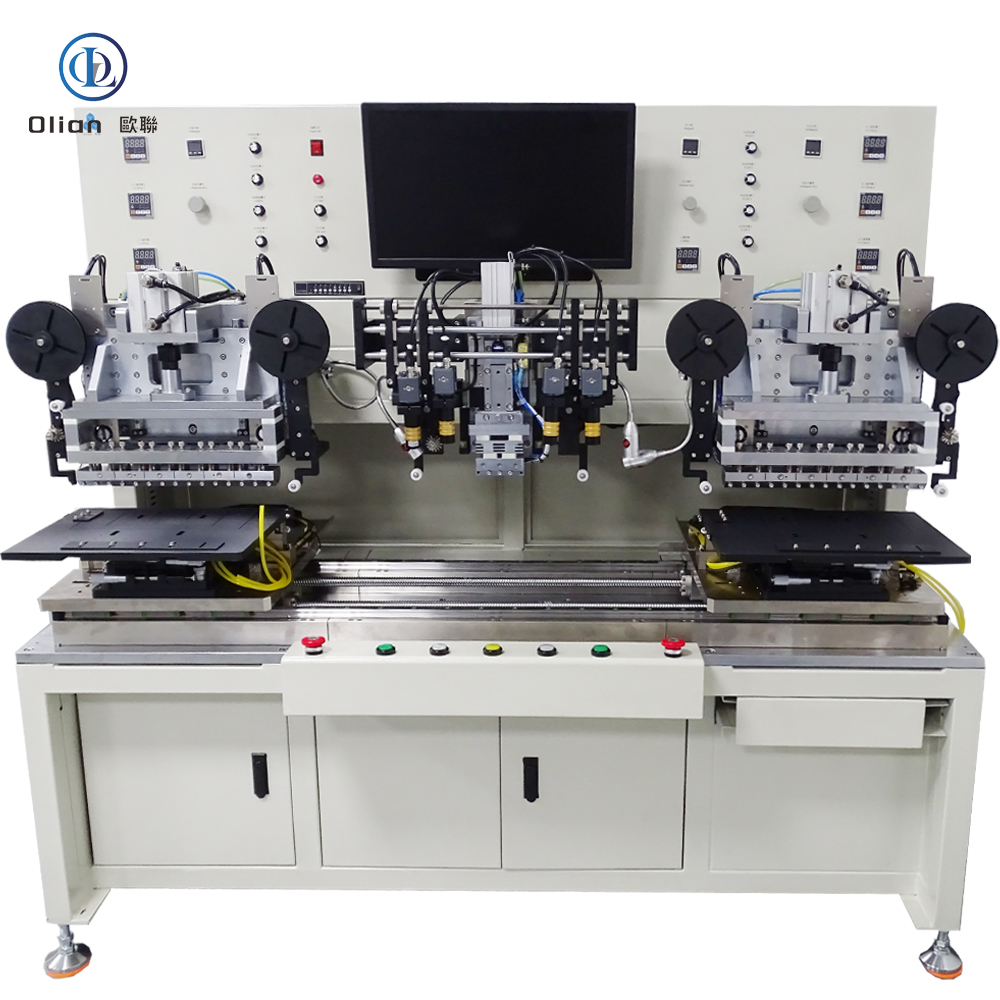
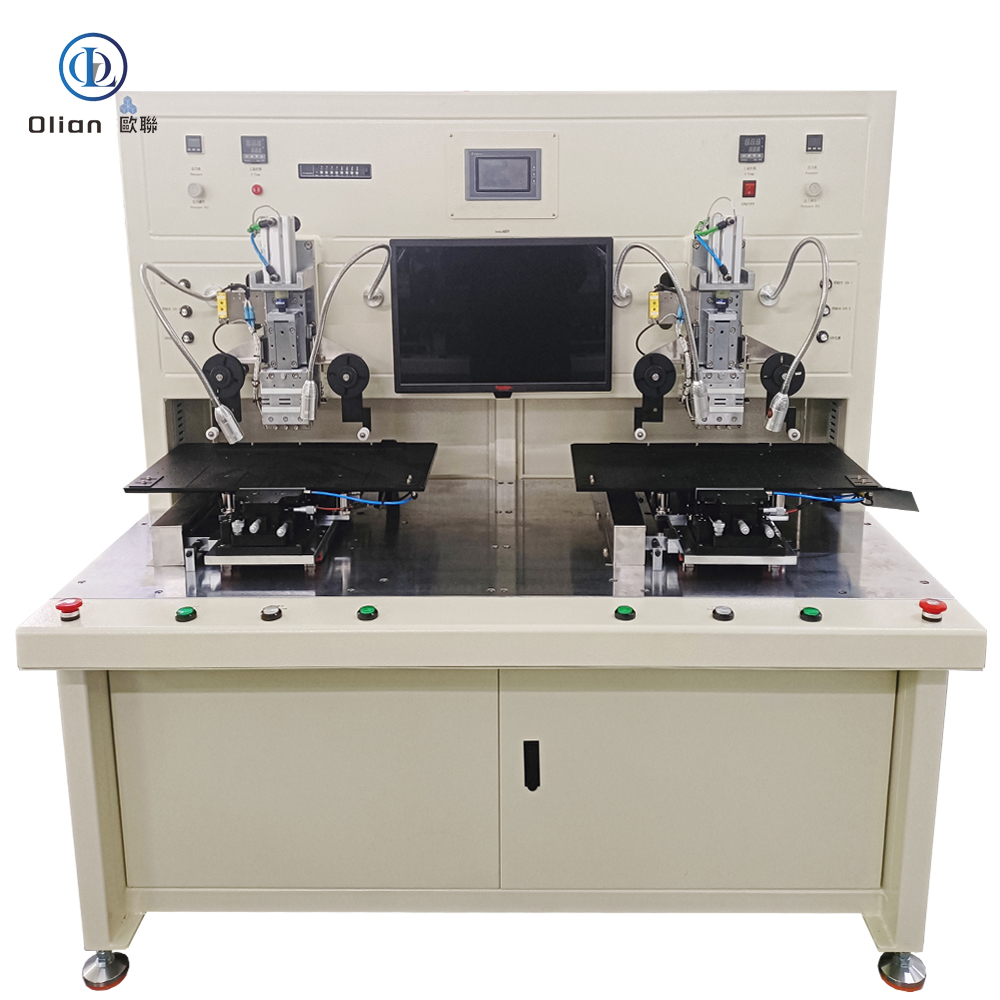
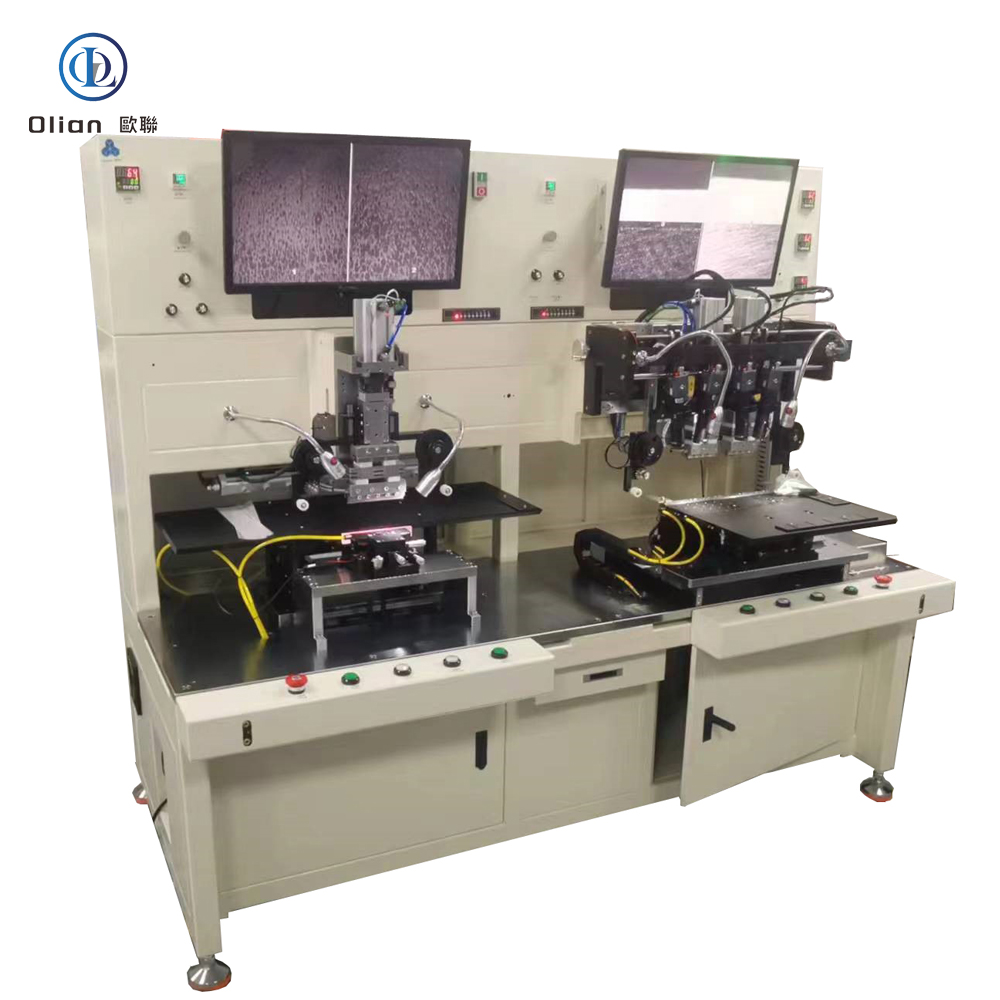


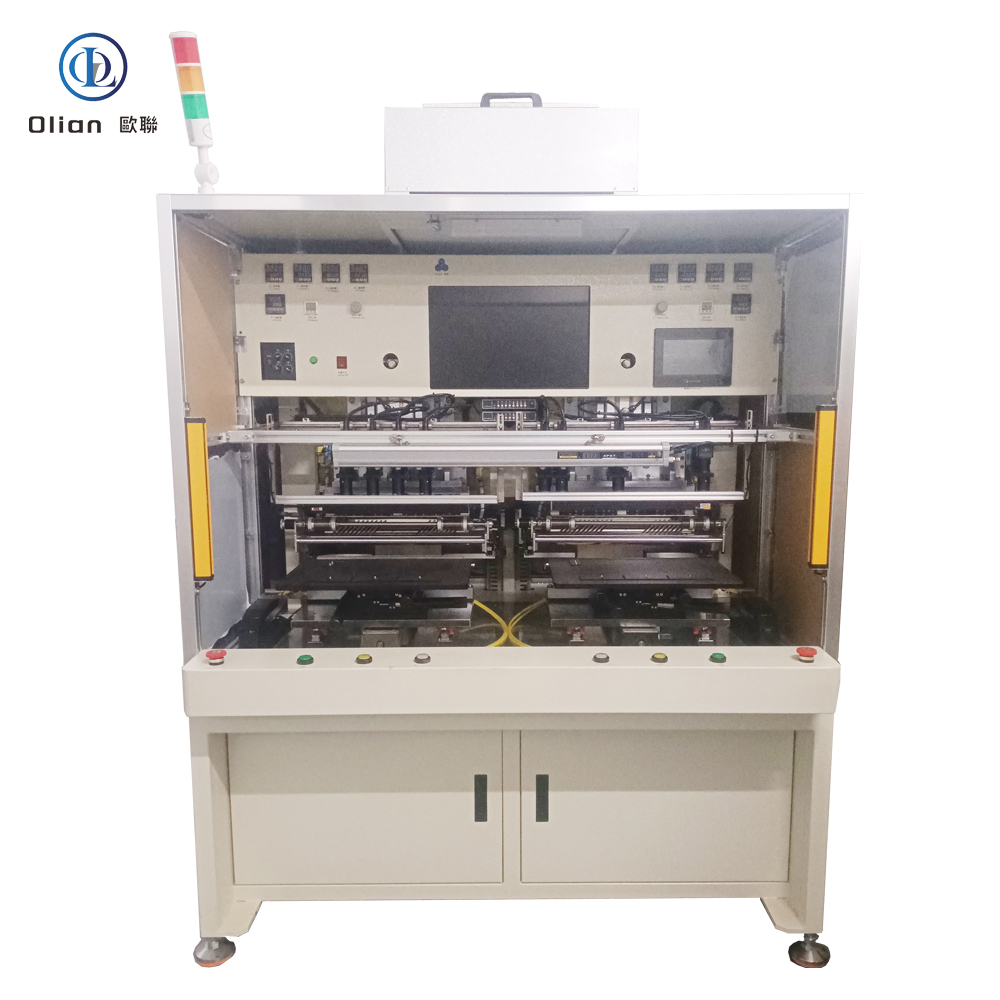

Our 7-17 Inch Semi Automatic Bonding Machines Production Line Solution is ideal for a wide range of display products, including:
Our 7-17 Inch Semi Automatic Bonding Machines Production Line Solution is designed to meet the future demands of the display industry, offering a versatile, high-precision, and efficient production process. By integrating multiple advanced technologies and ensuring high-quality standards, our solution is ideal for manufacturers looking to produce a wide range of advanced display modules. Choose our solution to stay ahead in the competitive market and deliver top-quality products.
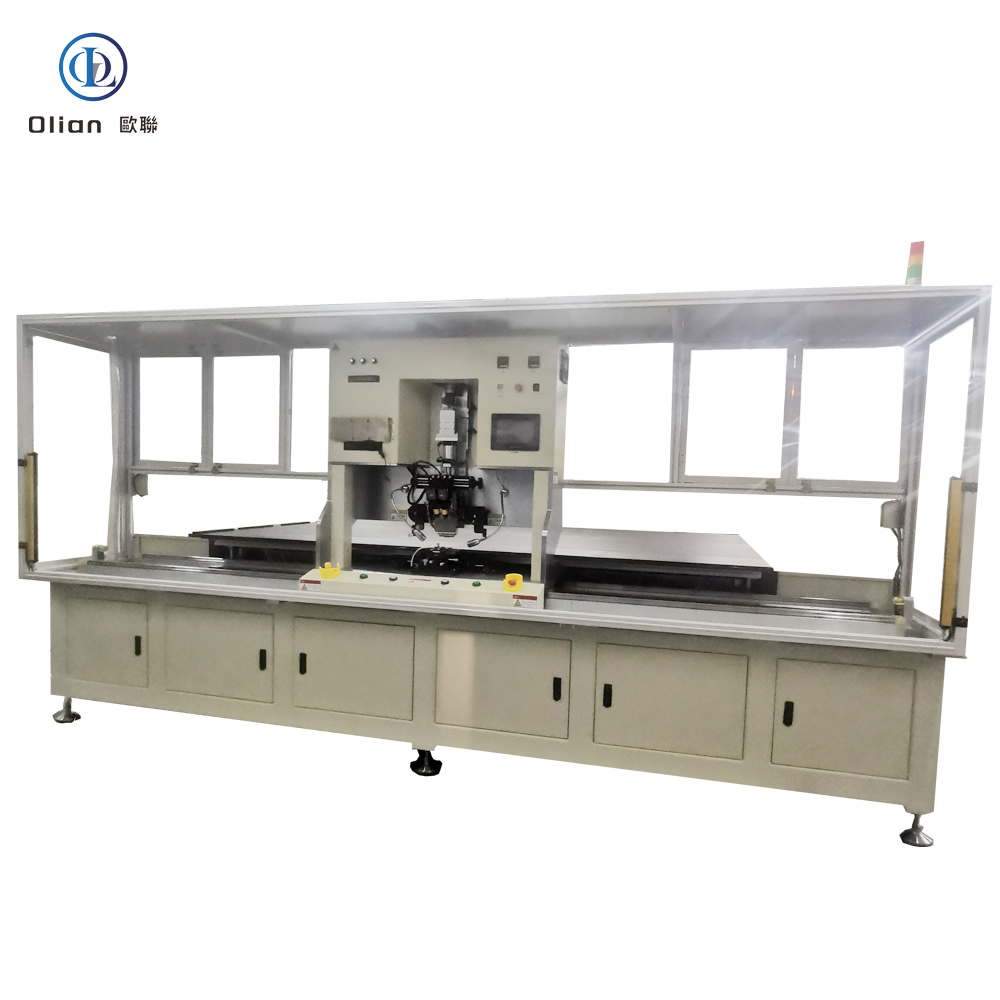
17-120 Inch Semi Automatic Bonding Machines Production Line Solution for TV/Touch Panels/Customized Products
In the rapidly evolving display manufacturing industry, the production of large-sized displays for applications such as TVs, touch panels, and customized products requires a specialized and semi-automated bonding solution. Our 17-120 Inch Semi Automatic Bonding Machines Production Line Solution is designed to meet the demands of producing large-sized Liquid Crystal Modules (LCMs) ranging from 17” to 120”, offering a comprehensive and integrated approach to ensure high efficiency, precision, and adaptability.

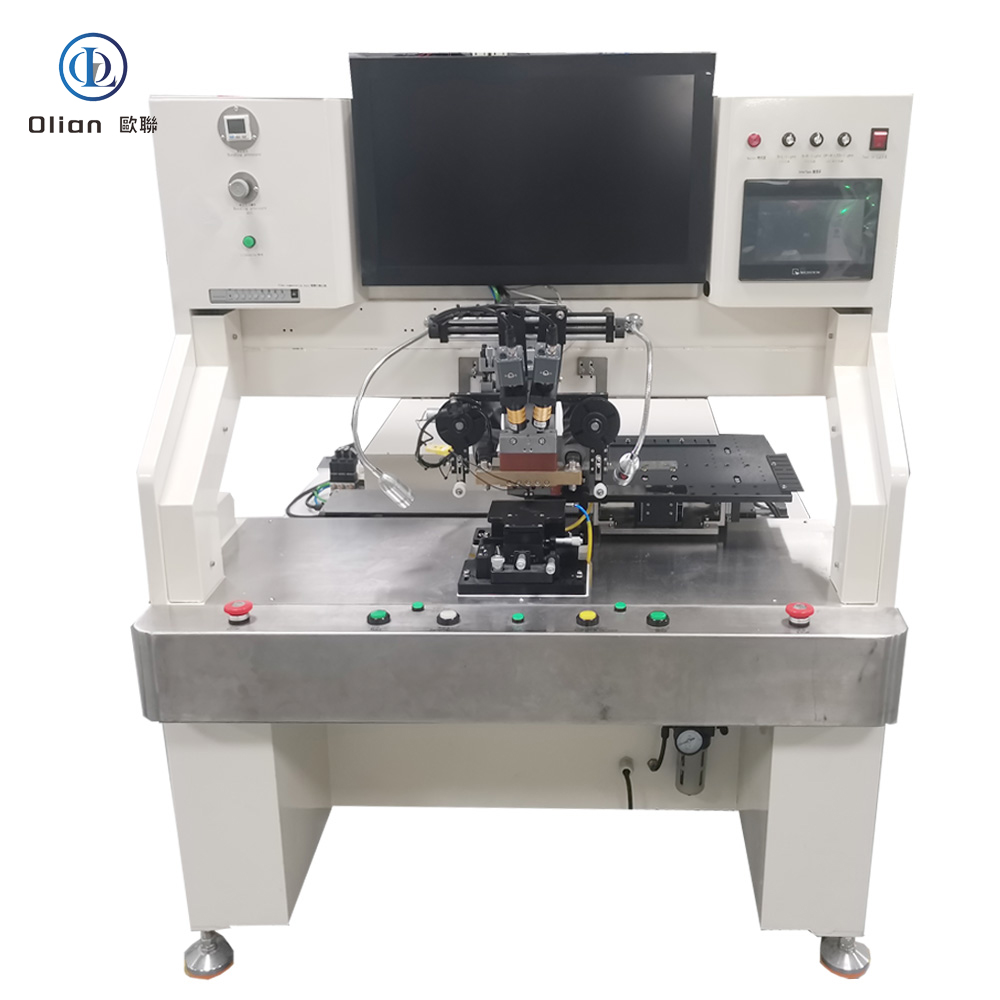

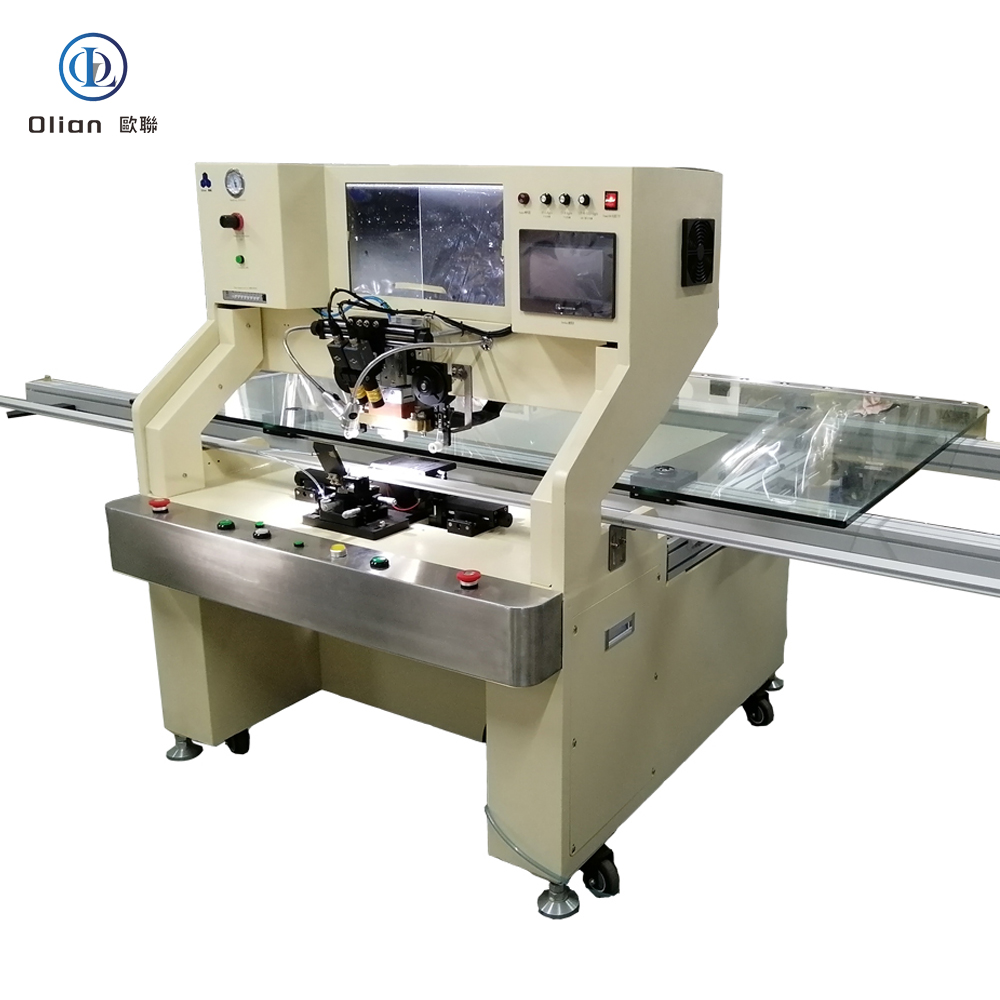
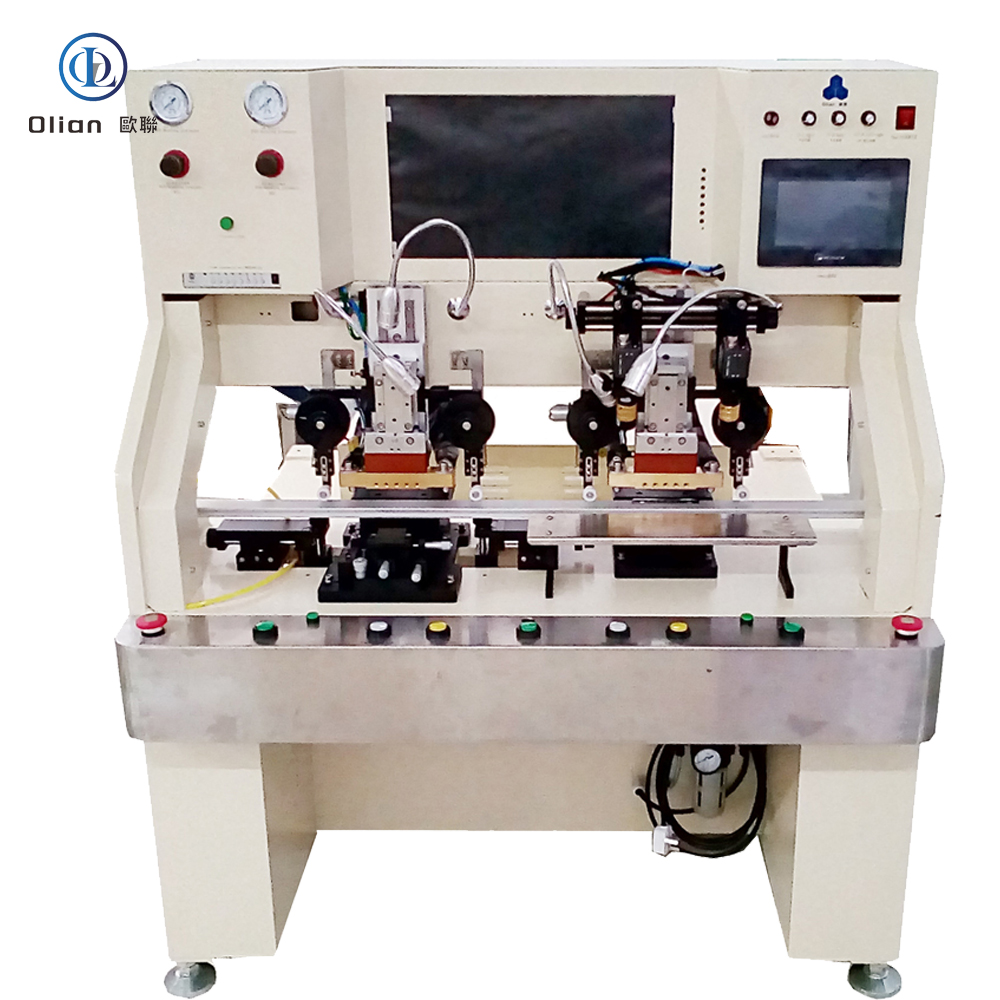

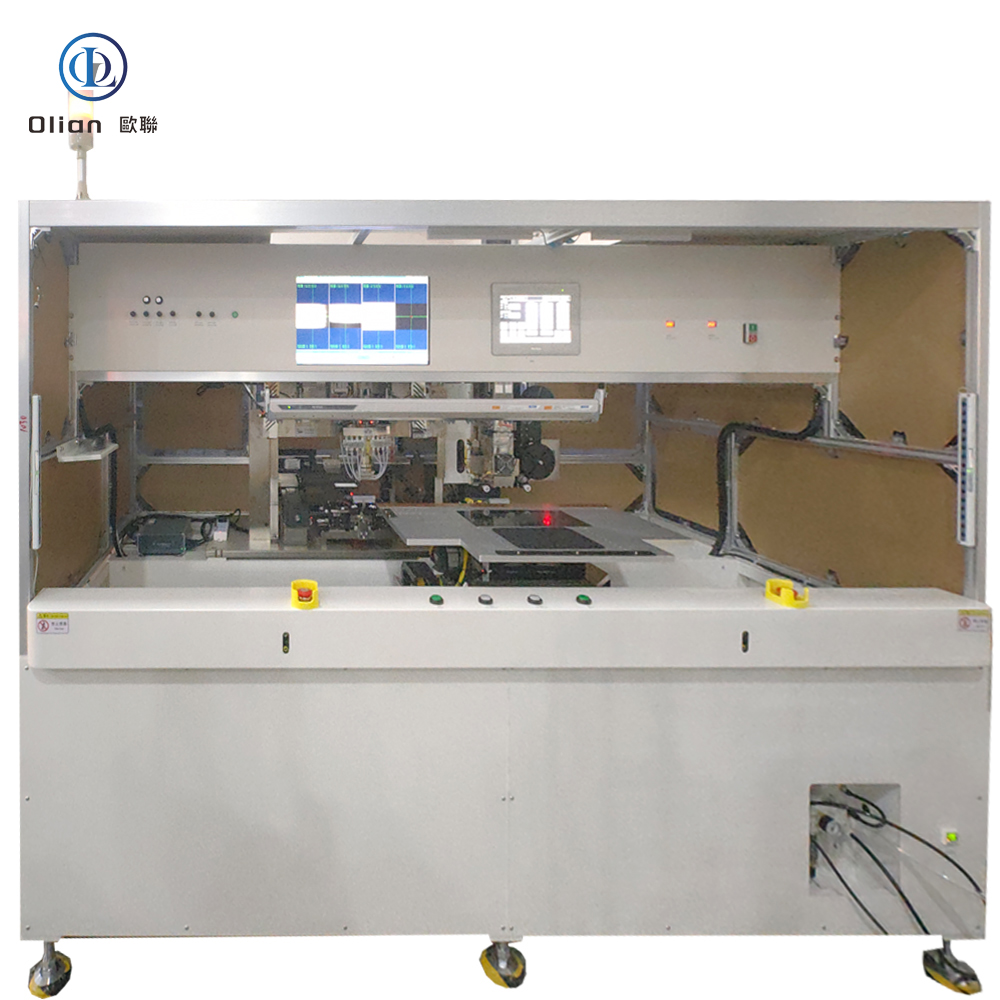


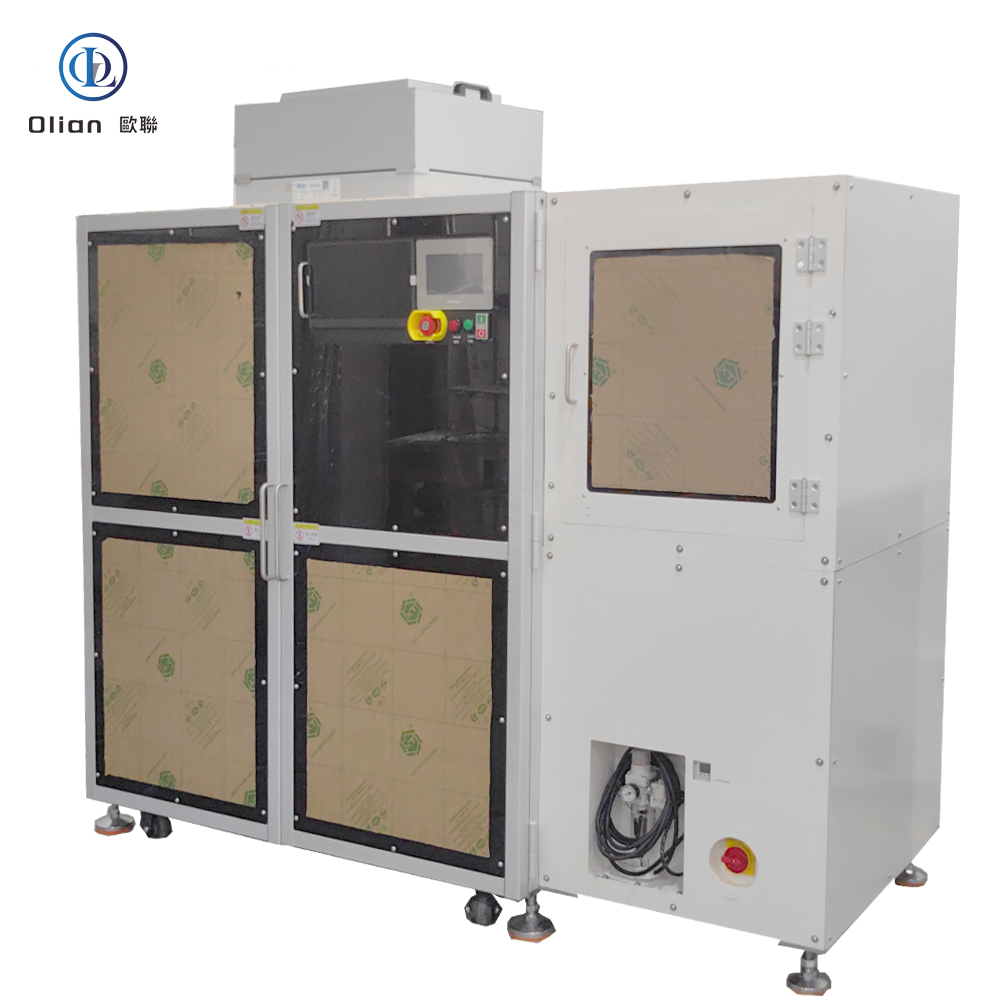
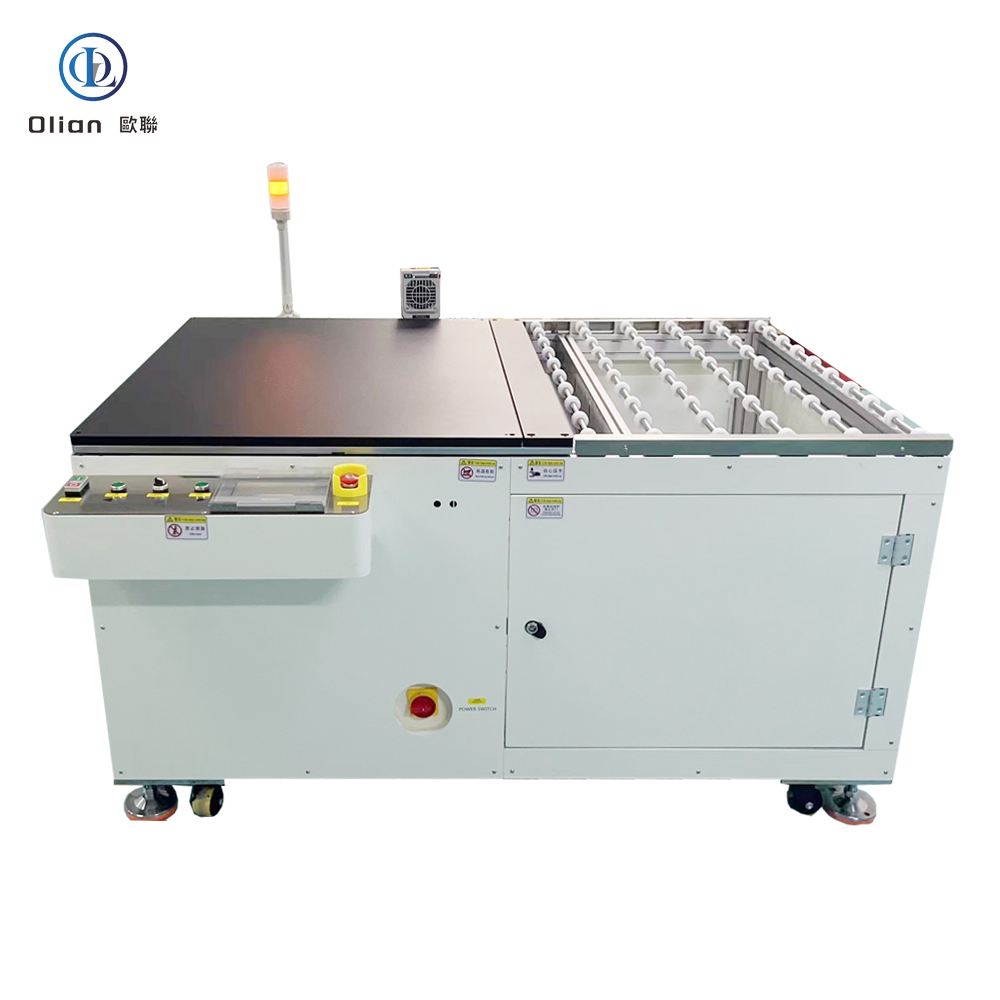
Our 17-120 Inch Semi Automatic Bonding Machines Production Line Solution is ideal for a wide range of display products, including:
The display manufacturing industry is on a remarkable journey of innovation and growth. Technologies like OLED, QLED, and MicroLED are pushing the boundaries of what screens can do, offering better resolution, color accuracy, and energy efficiency. However, challenges such as high costs, durability issues, and supply chain disruptions still need to be addressed. As research and collaboration continue, we can expect even more exciting advancements in the future.
Our 17-120 Inch Semi Automatic Bonding Machines Production Line Solution is designed to meet the future demands of the display industry, offering a versatile, high-precision, and efficient production process. By integrating multiple advanced technologies and ensuring high-quality standards, our solution is ideal for manufacturers looking to produce a wide range of advanced display modules. Choose our solution to stay ahead in the competitive market and deliver top-quality products.
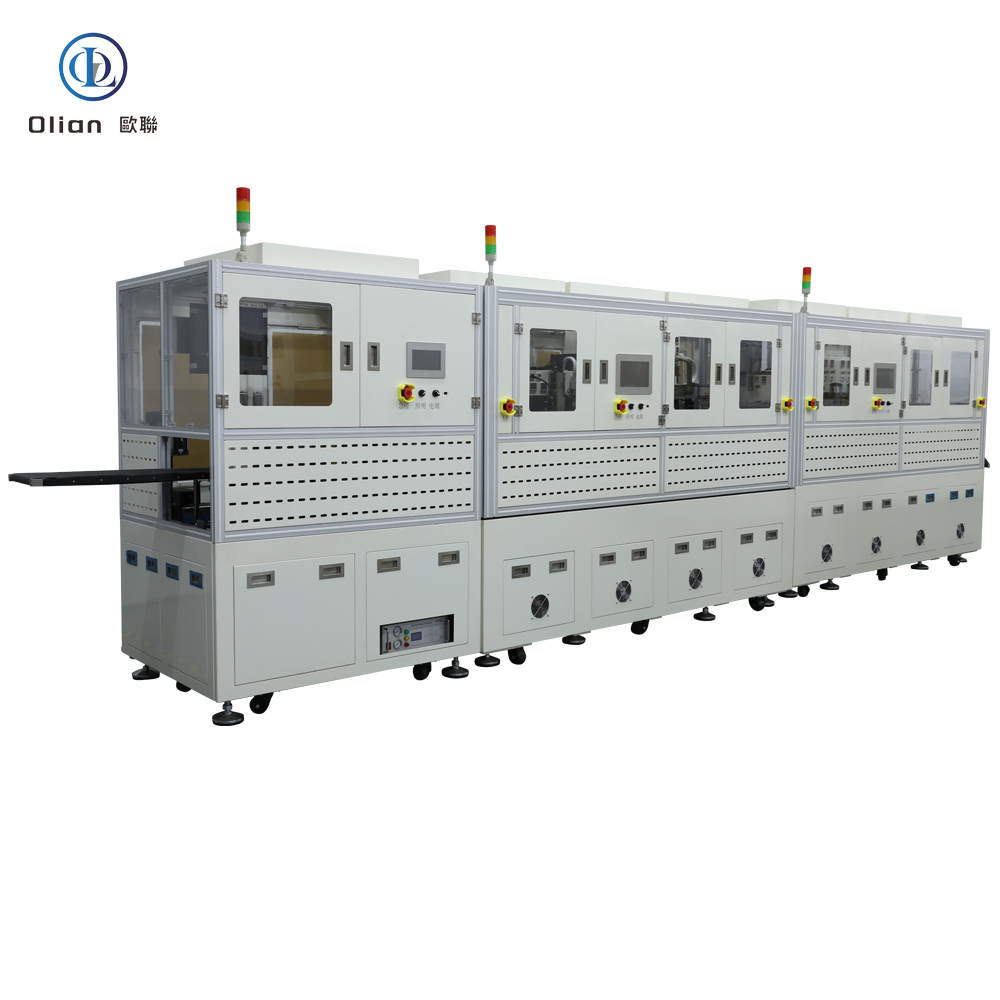
A TFOF bonder—short for Touch-Flex-On-Film bonder—is the precision heart that welds a touch-sensor flex tail directly onto a flexible polyimide film (PET or PI) using anisotropic conductive film (ACF) and controlled heat plus pressure. Every foldable OLED, curved automotive cluster, or transparent medical patch you touch has passed through such a bench. This guide explains physics, hardware, software, specs, applications, trends, and maintenance—so Google instantly ranks you for “TFOF bonder”, “TFOF bonding machine”, “manual TFOF bonder”, “ACF TFOF bonding”, and every high-value permutation.

Cycle time: < 3 s (bond only), 6–8 s (full loop).
TFOF bonder, TFOF bonding machine, manual TFOF bonder, ACF TFOF bonding, high-quality TFOF bonder manufacturer, Shenzhen Olian TFOF bonder, high-quality TFOF bonding machine supplier, high-quality COG TFOF bonder manufacturer, high-quality COF TFOF bonder supplier, high-quality FOG TFOF bonder supplier, high-quality pulse heat TFOF bonder, high-quality constant temperature TFOF bonder, high-quality AI vision TFOF bonder, IoT TFOF bonder, high-quality 8-K TV TFOF line manufacturer, high-quality foldable phone TFOF line supplier, high-quality automotive display TFOF line manufacturer, high-quality medical display TFOF line supplier.
A TFOF bonder is no longer a niche reel-fed press—it is the global, AI-driven, blockchain-audited gateway that turns flexible polyimide into the transparent touch layers, foldable phones, and curved automotive clusters that define modern electronics. By mastering sub-micron alignment, single-degree thermal control, and real-time force feedback, today’s TFOF lines deliver 99.9 % yield and full Industry 4.0 traceability—future-proofing your process and your Google search ranking for the next decade.
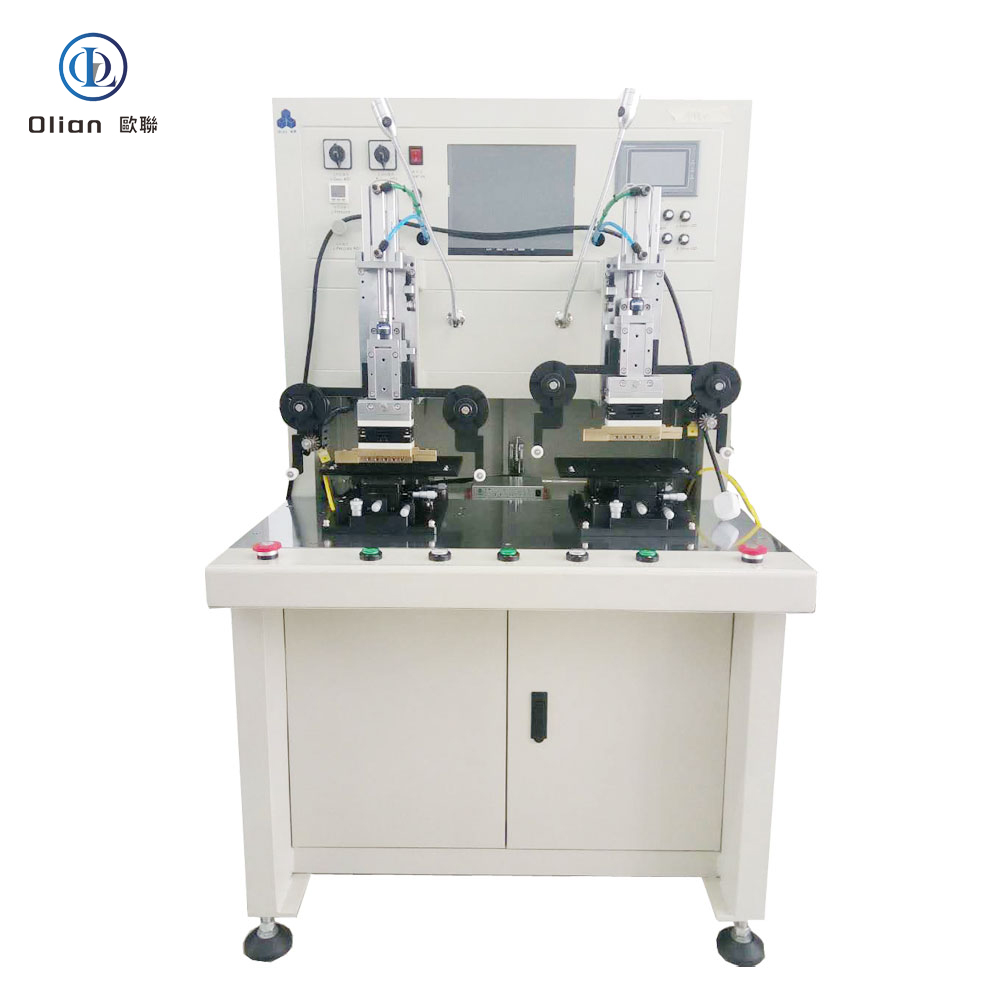
When global display giants search for high-quality ACF hot-press machines, reliable manufacturers, or trusted suppliers, one name consistently surfaces at the top of every shortlist: Shenzhen Olian Automatic Equipment Co., Ltd.
From 1-inch wearable OLEDs to 100-inch 8-K TV source drivers, Olian’s fully automatic ACF hot-press bonding lines deliver 99.9 % yield at 1,000 UPH, micron-accurate alignment, and blockchain-audited traceability. This guide explains physics, hardware, software, specs, applications, trends, and maintenance—so Google instantly ranks you for “ACF hot-press machine manufacturer”, “Shenzhen Olian supplier”, “COG/COF/FOG hot-press supplier”, and every high-value permutation.
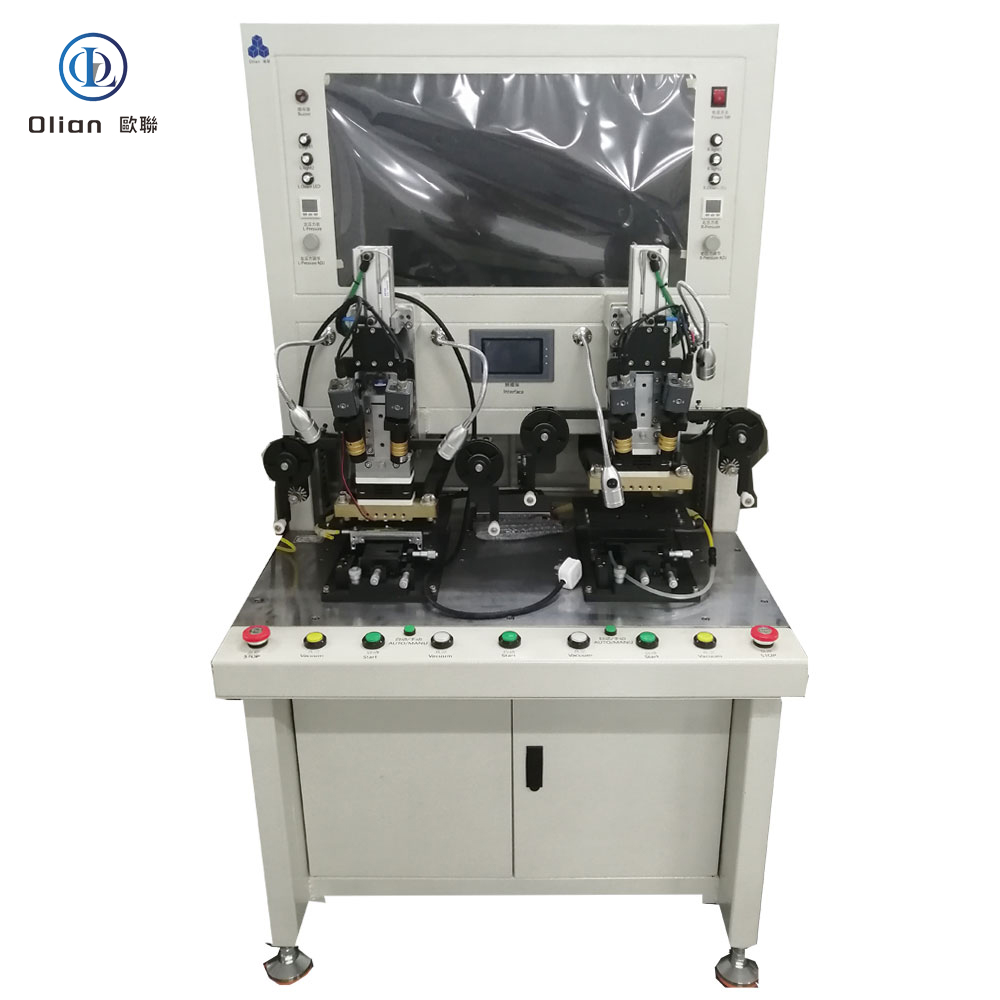

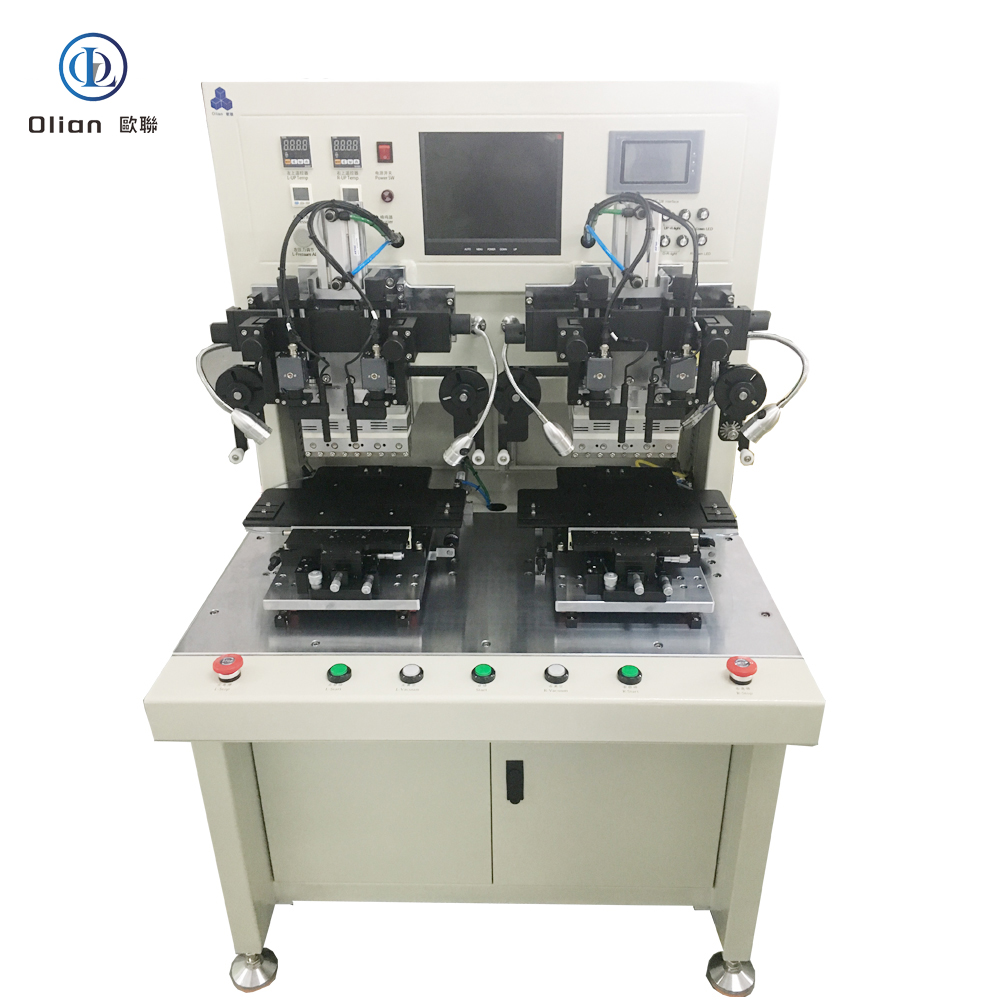
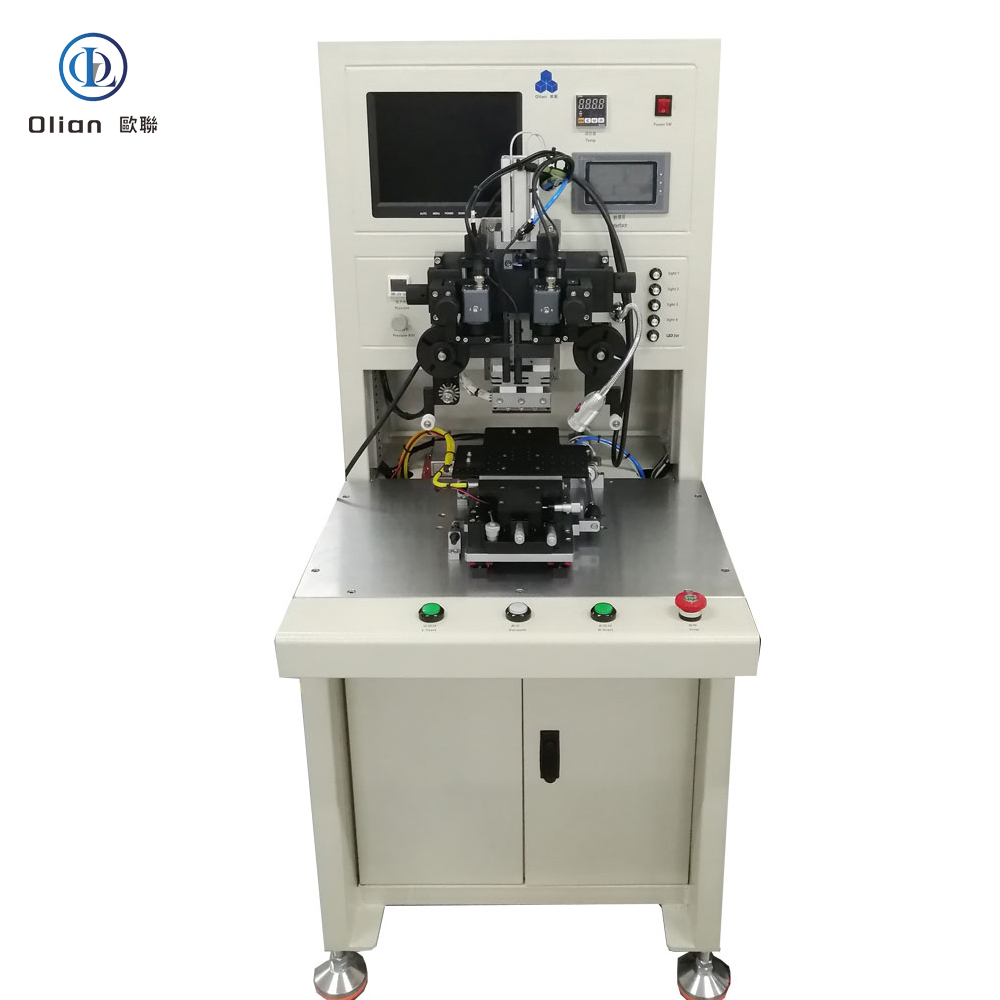
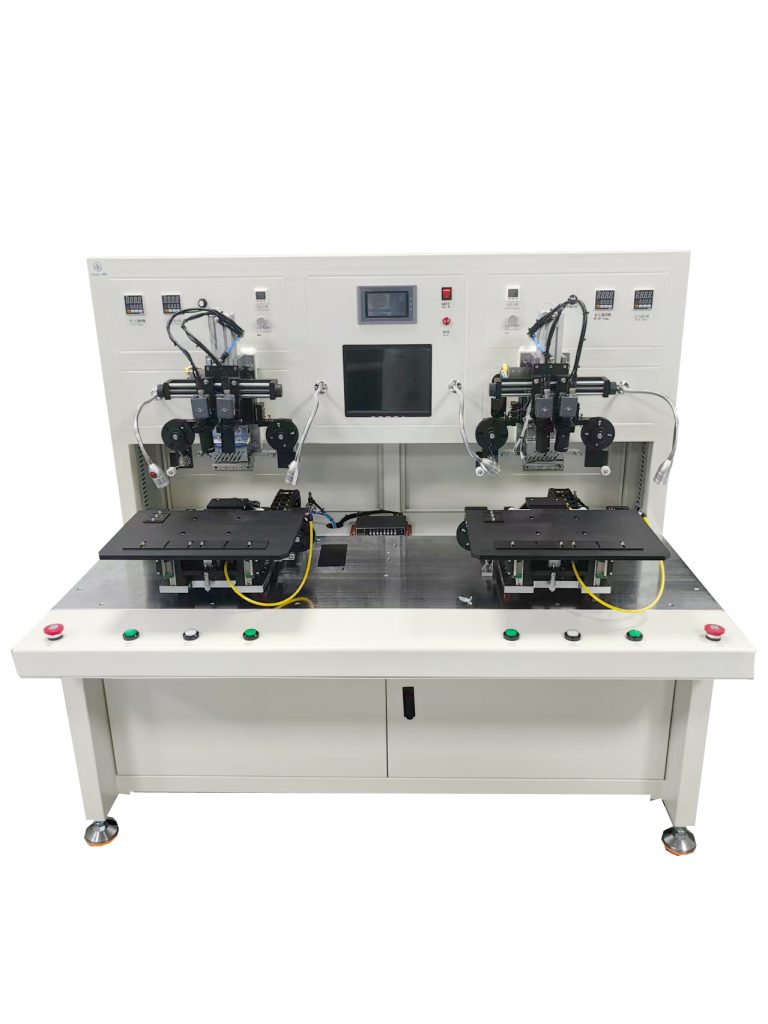


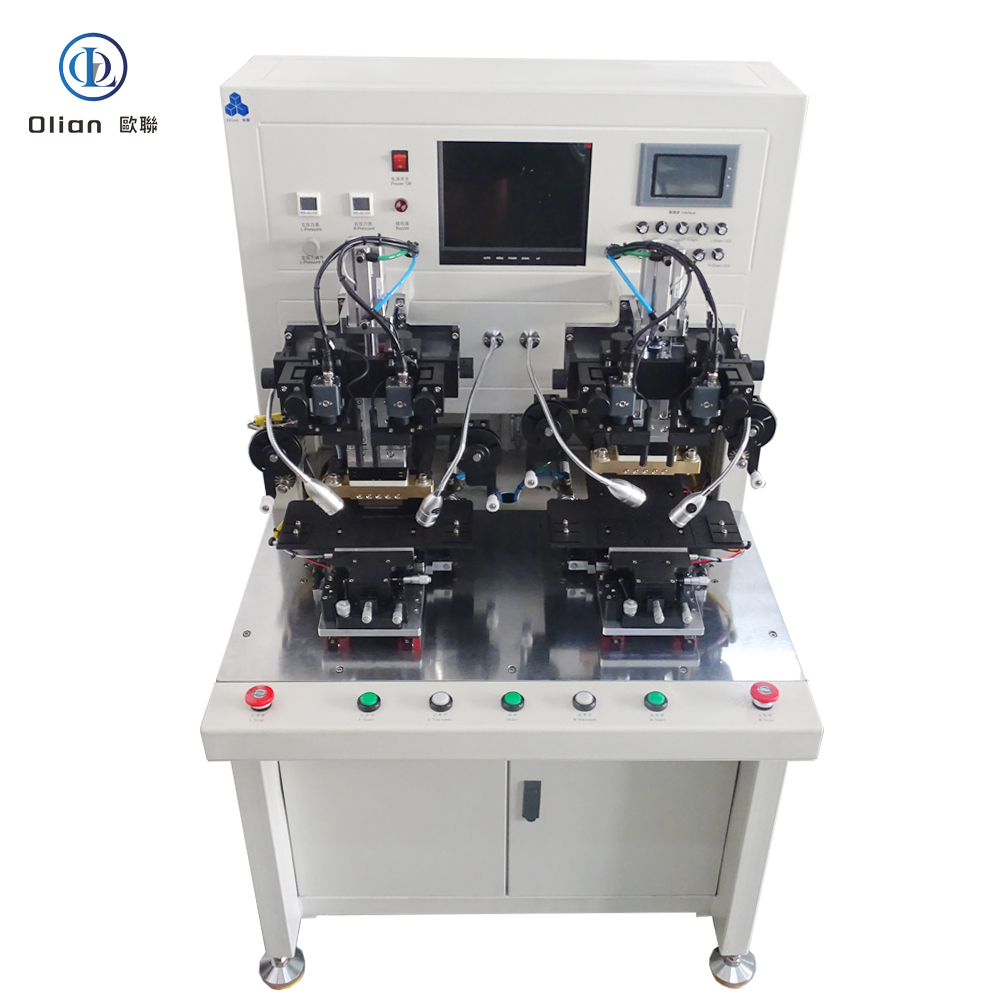
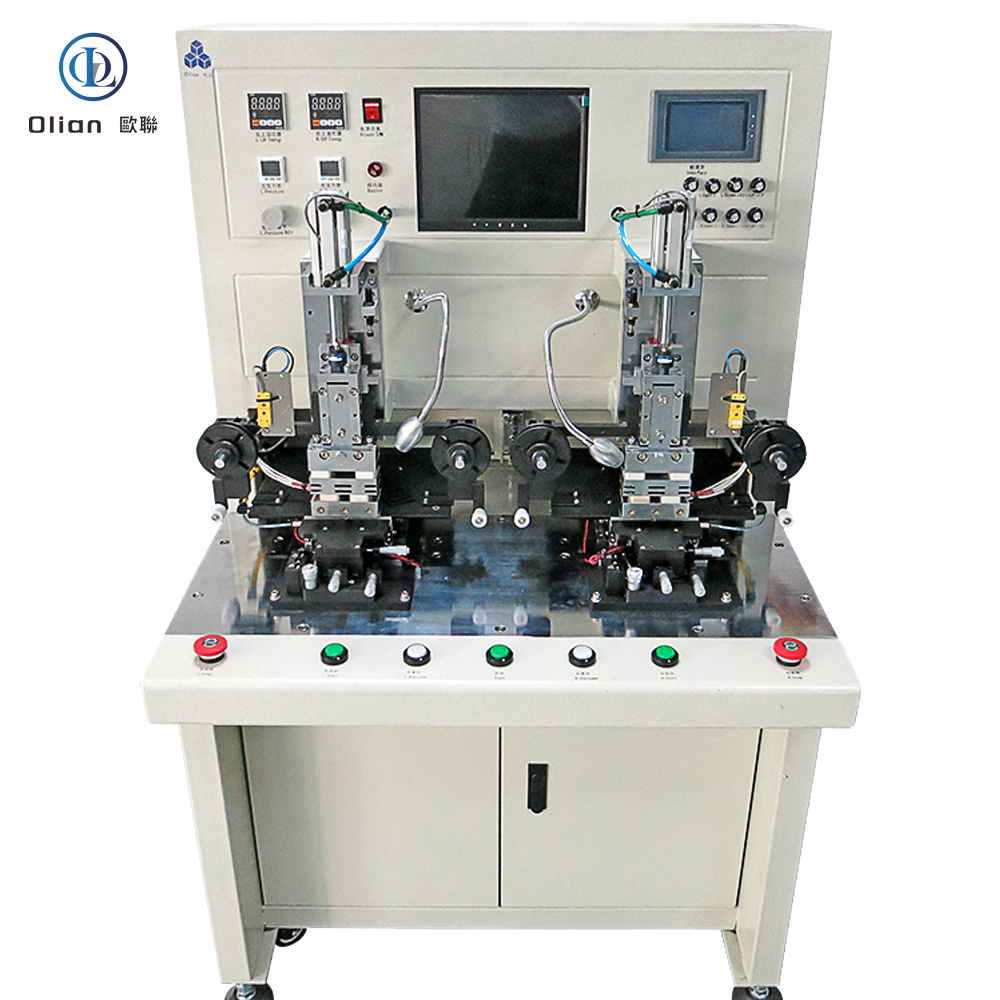
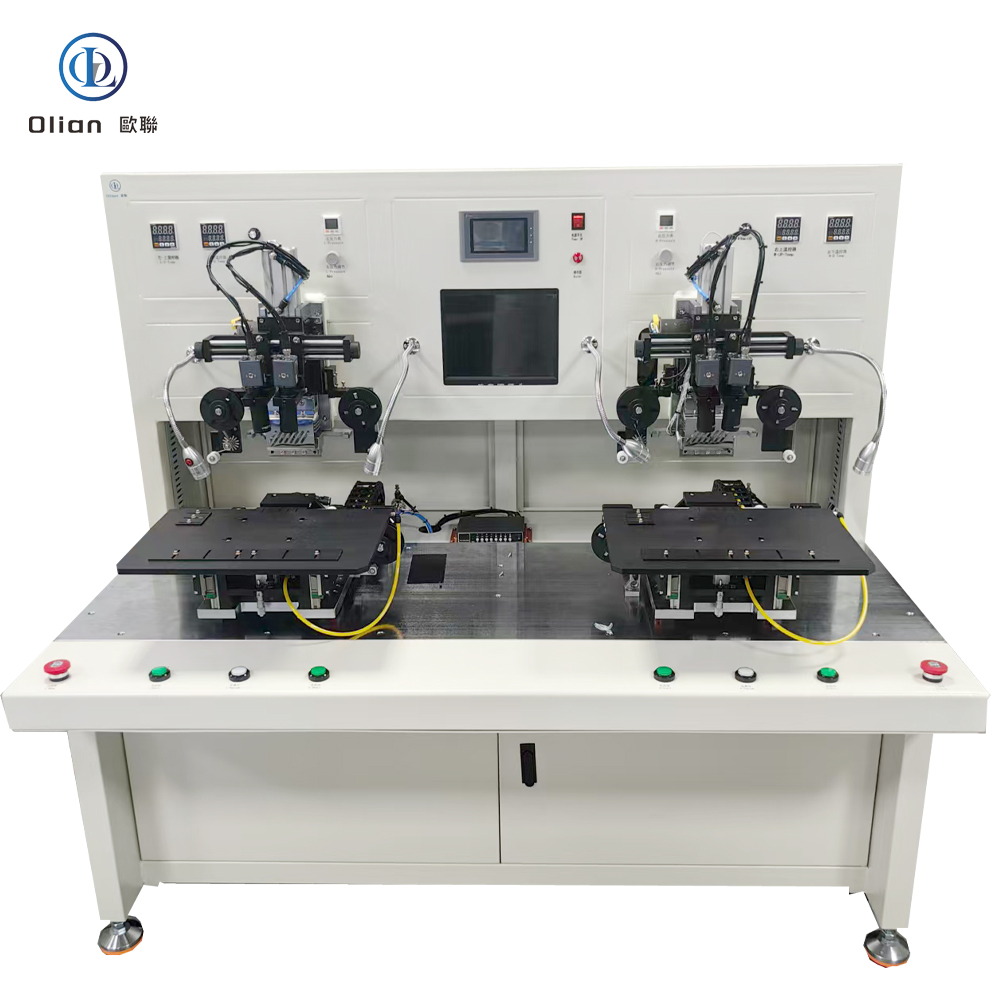

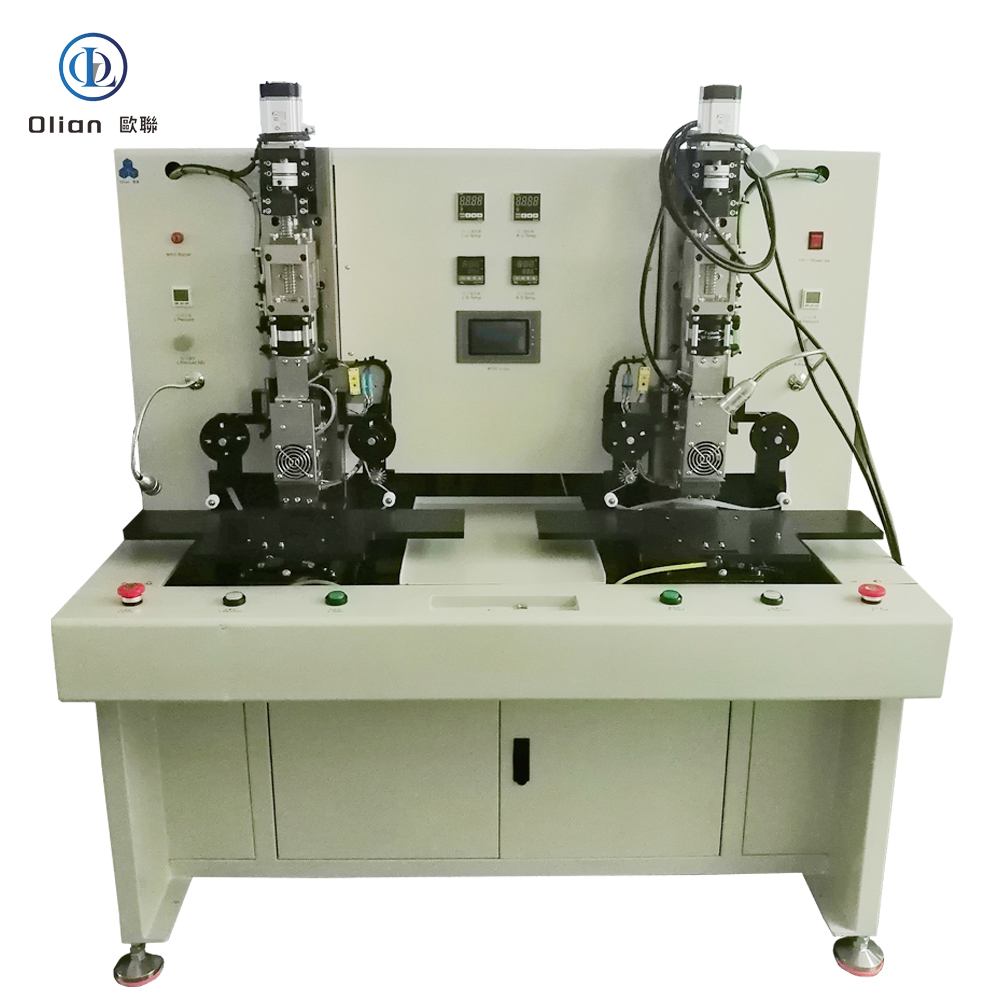

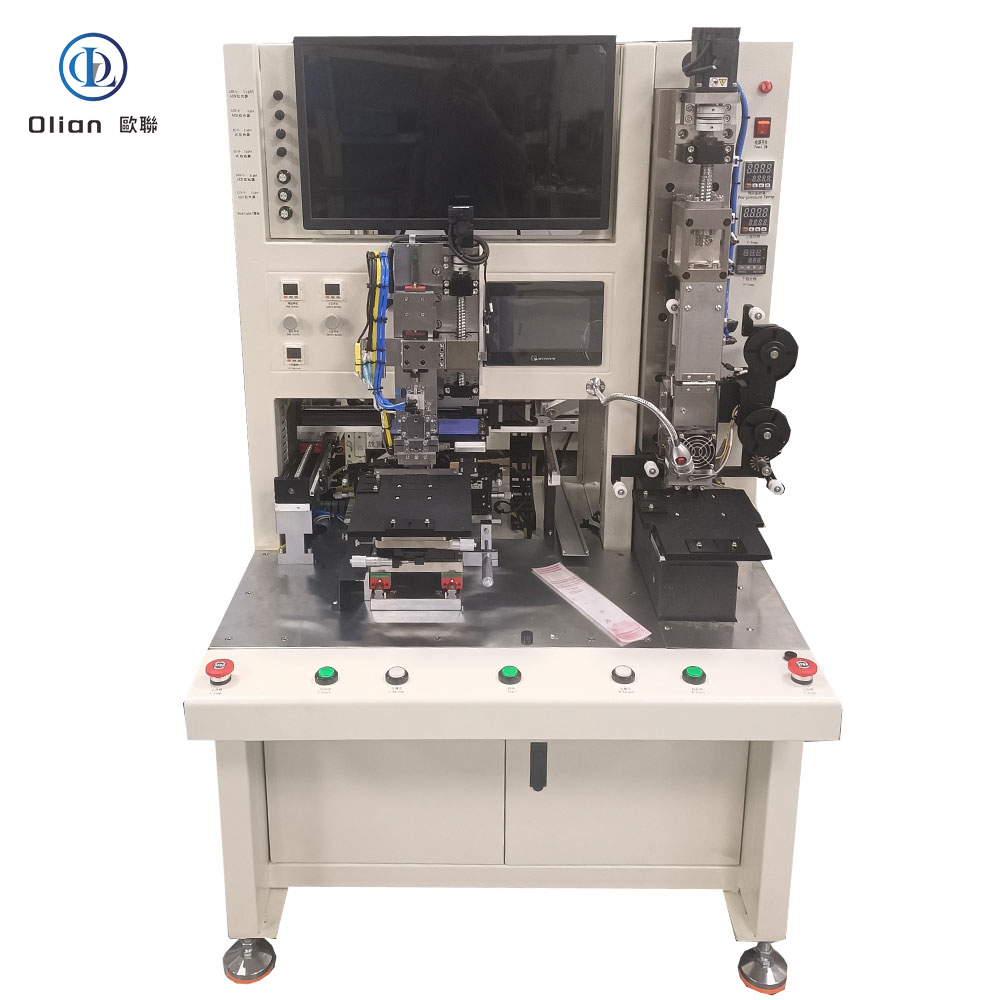
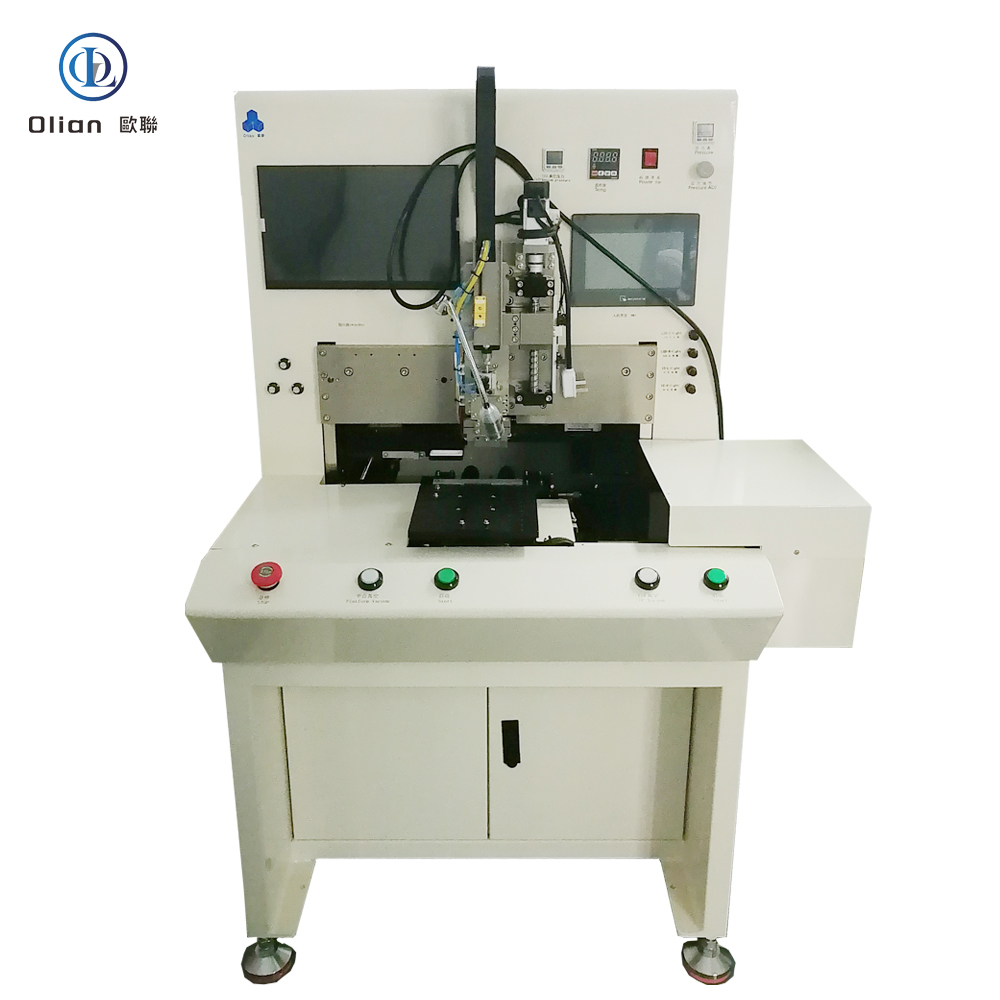

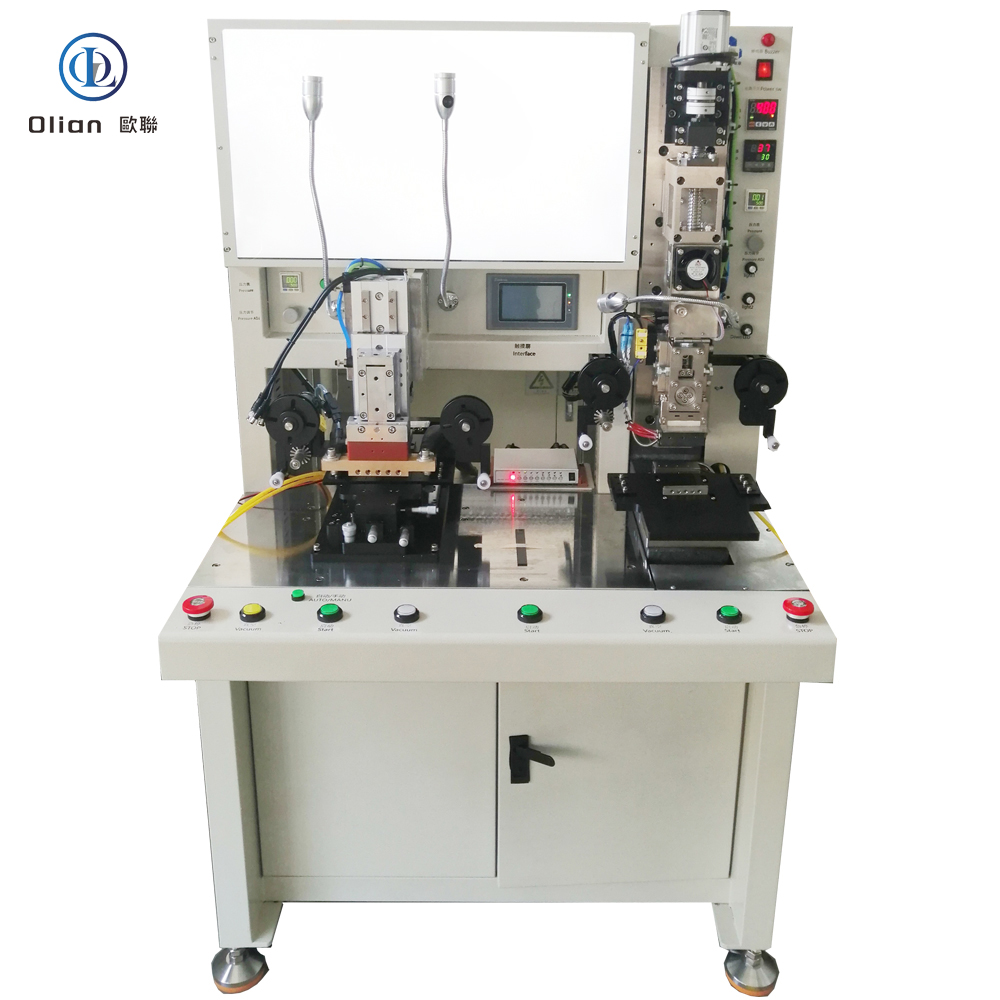

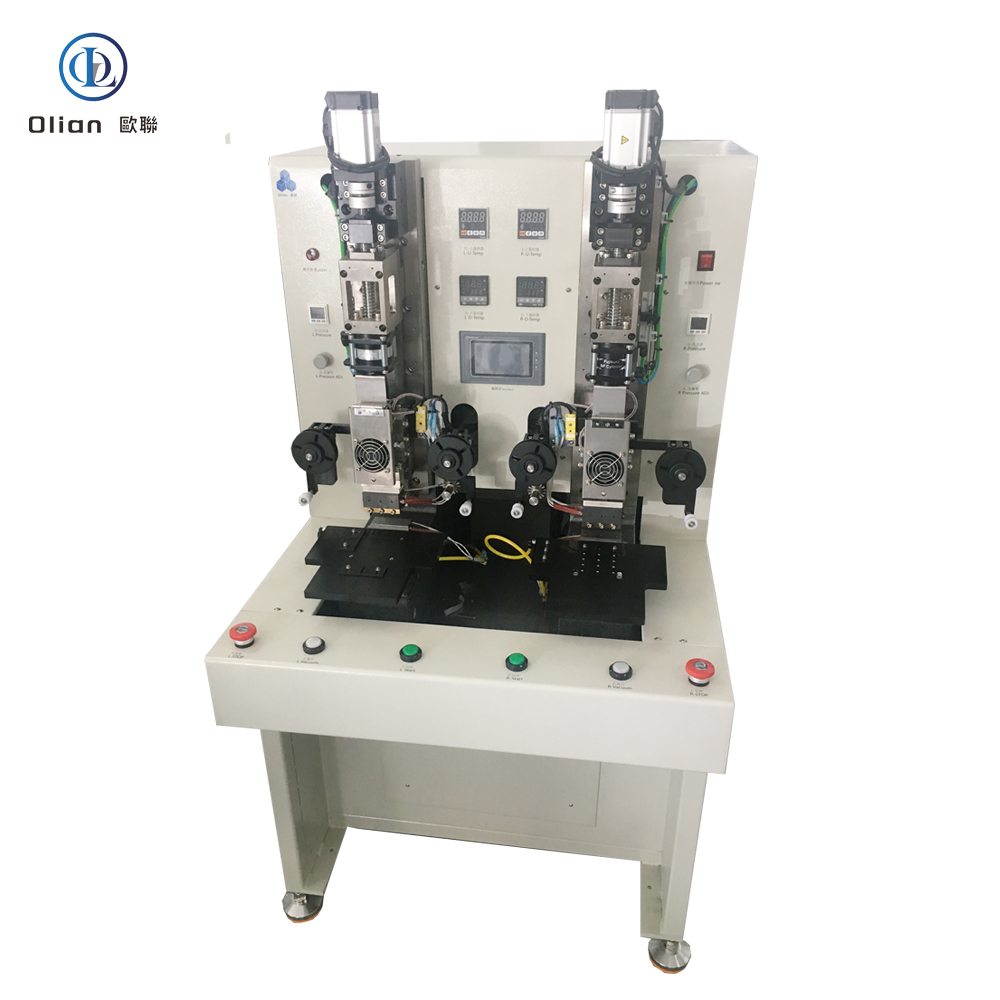
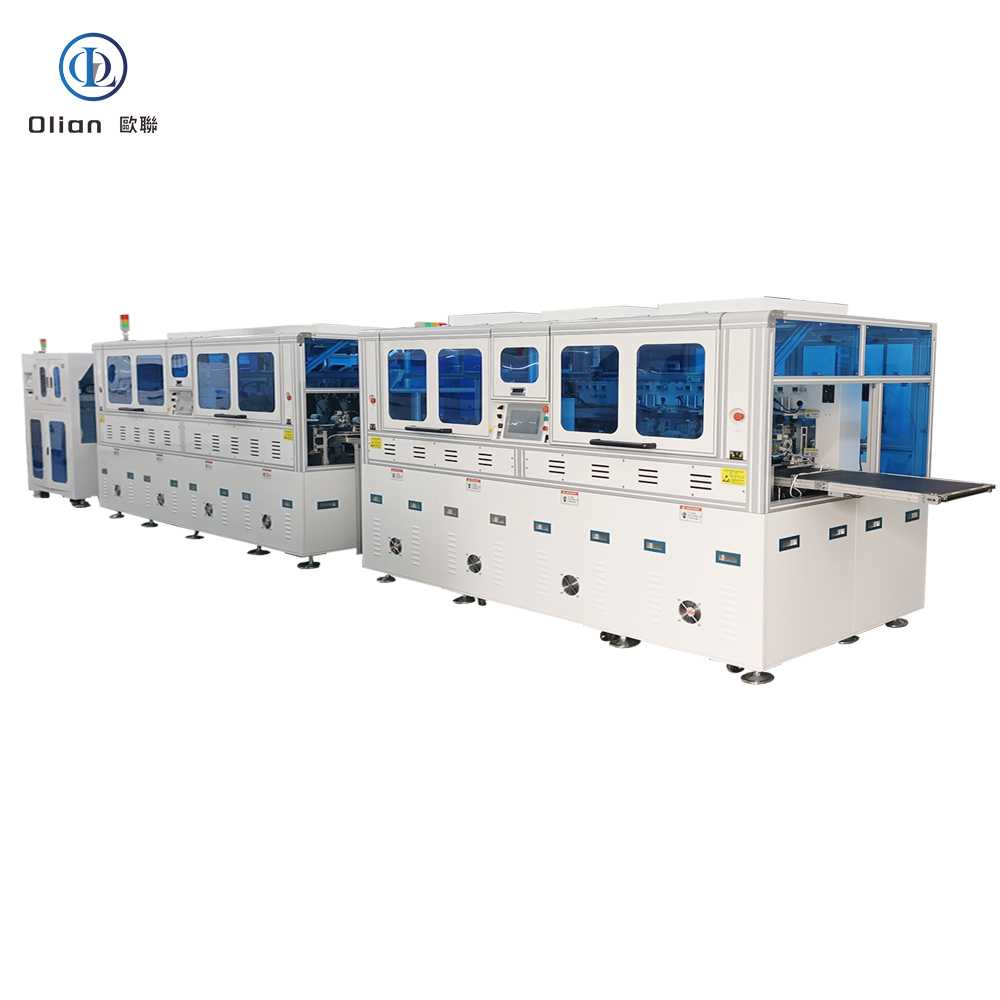

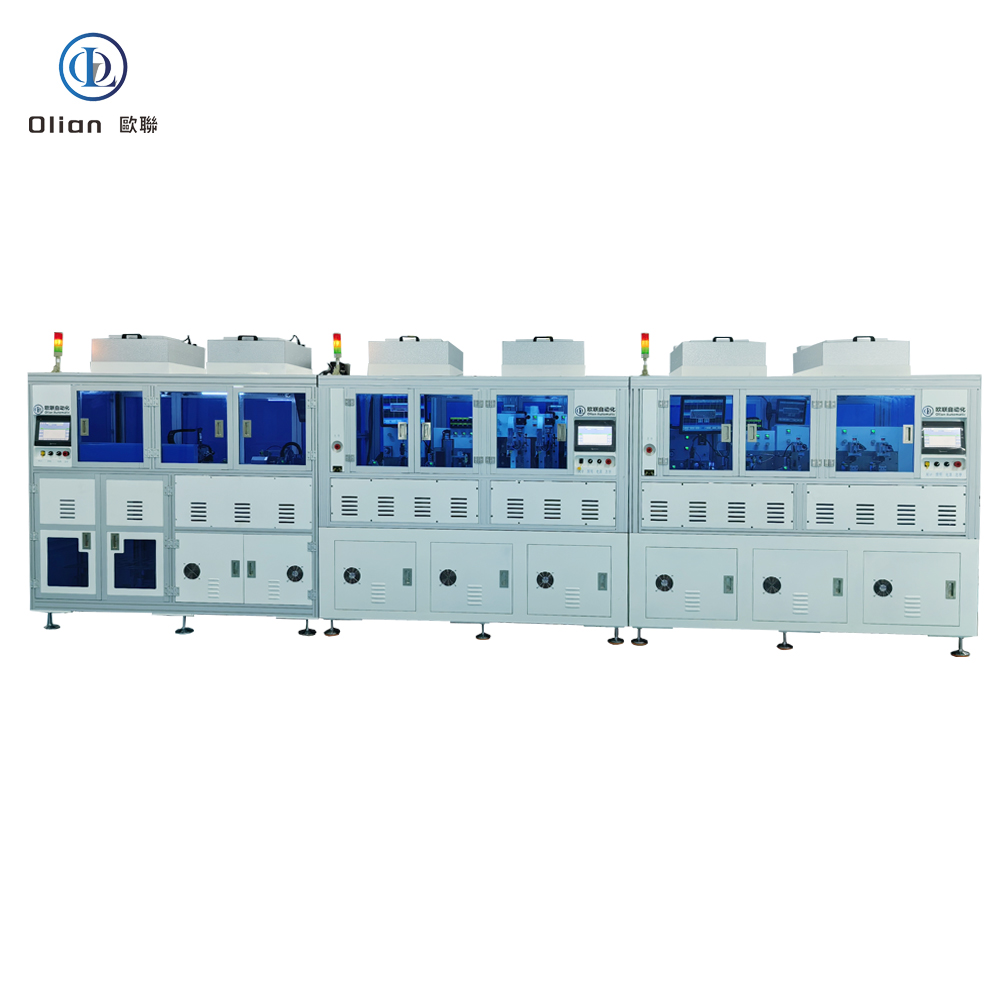
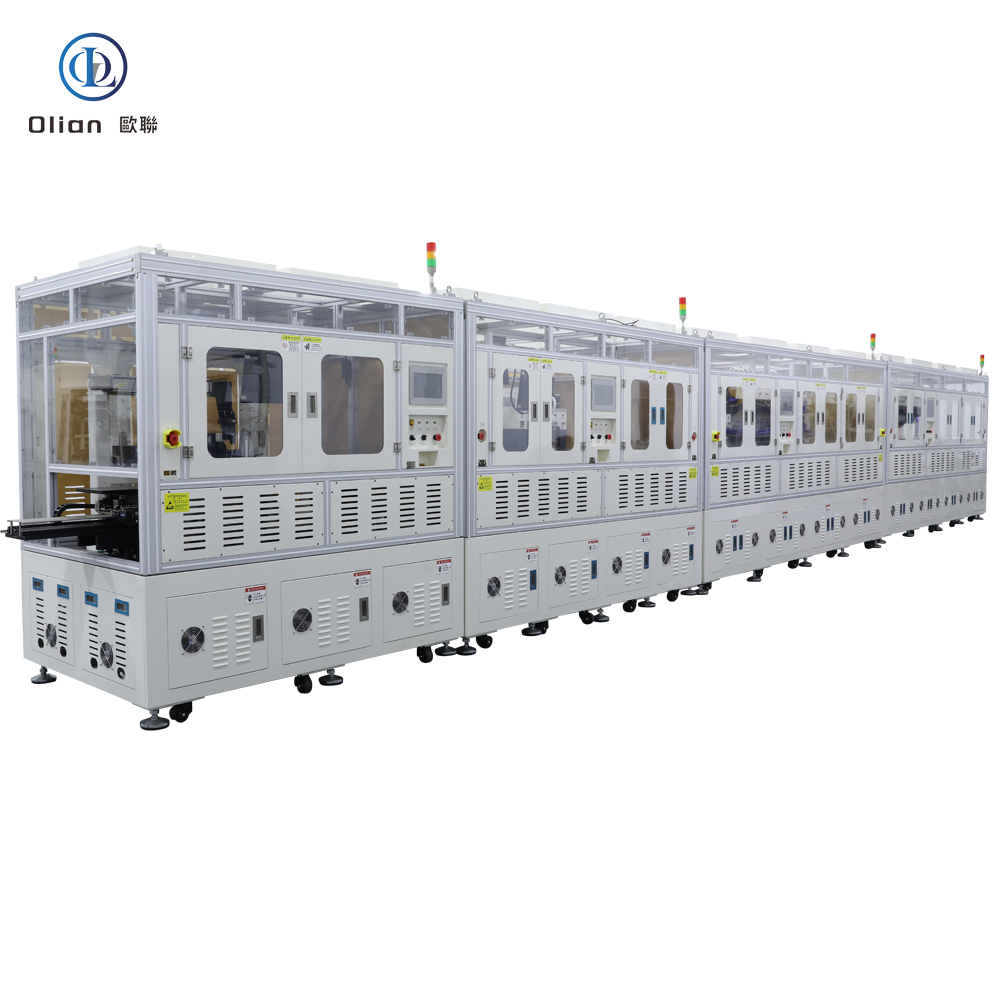

Cycle time: < 3 s (bond only), 6–8 s (full loop).
ACF hot-press machine, ACF hot press machine, high-quality ACF hot-press machine manufacturer, Shenzhen Olian ACF hot-press machine, high-quality ACF hot-press machine supplier, high-quality COG hot-press machine manufacturer, high-quality COF hot-press machine supplier, high-quality FOG hot-press machine supplier, high-quality pulse heat ACF hot-press machine, high-quality constant temperature ACF hot-press machine, high-quality AI vision ACF hot-press machine, high-quality IoT ACF hot-press machine, high-quality blockchain hash ACF hot-press machine, high-quality 1,000 UPH ACF hot-press machine, high-quality 99.9 % yield ACF hot-press machine, high-quality 8-K TV ACF hot-press line manufacturer, high-quality foldable phone ACF hot-press line supplier
A high-quality ACF hot-press machine from Shenzhen Olian Automatic Equipment Co., Ltd. is no longer a regional factory—it is the global, AI-driven, blockchain-audited gateway that turns instantaneous resistance heat into the foldable phones, 8-K TVs, and transparent medical patches that define modern electronics. By mastering sub-micron alignment, single-degree thermal control, and real-time force feedback, today’s Olian lines deliver 99.9 % yield and full Industry 4.0 traceability—future-proofing your process and your Google search ranking for the next decade.